CJEU VAT Ruling: Transfer Pricing & Documentation Rules
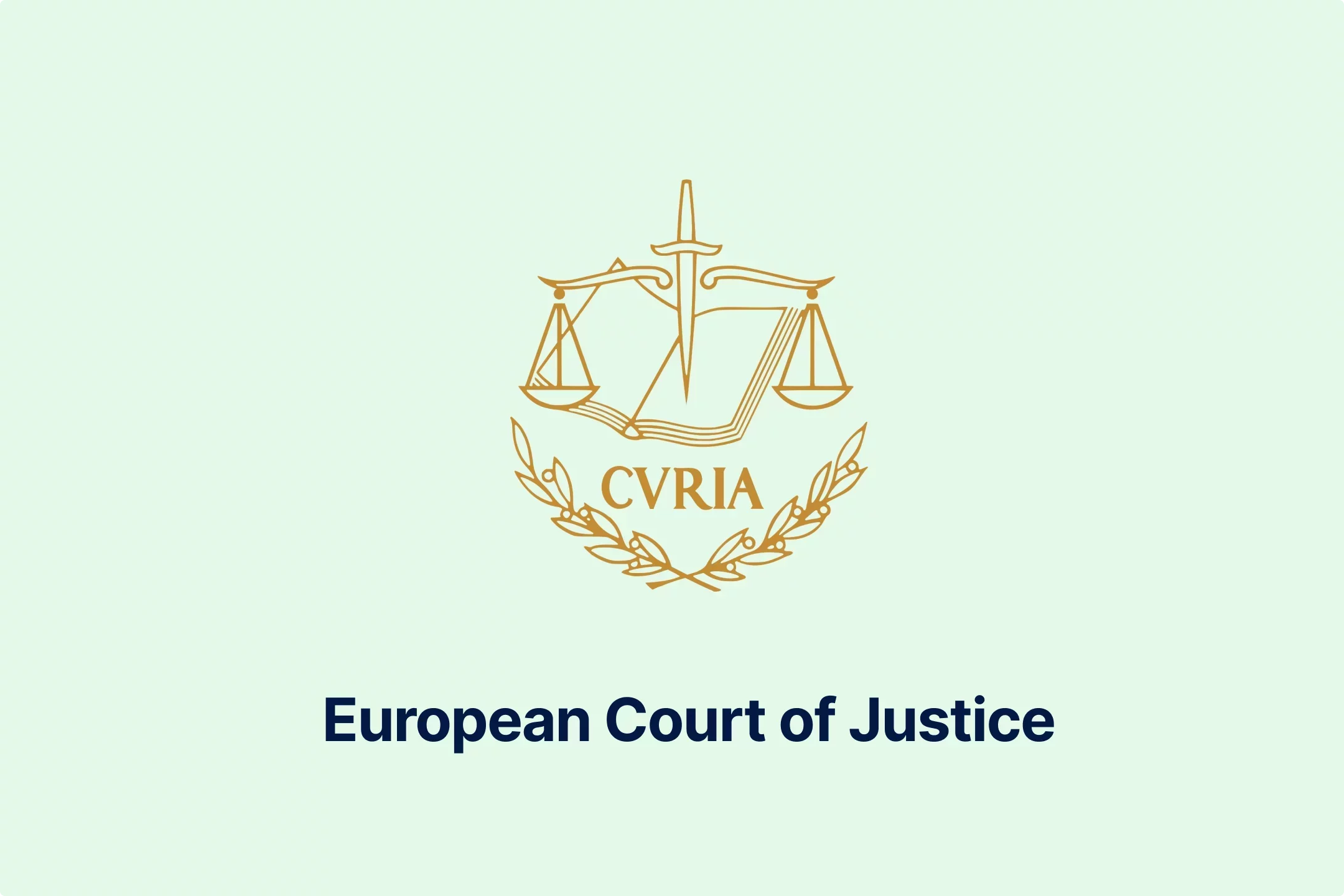
Summary
The Court of Justice of the European Union (CJEU), in Case C-726/23, Arcomet Towercranes SRL, clarified the VAT treatment of intra-group remuneration linked to transfer pricing adjustments and the documentation requirements for input VAT deduction. The Court held that remuneration based on profit margin adjustments constitutes taxable consideration for a supply of services where there is a clear contractual relationship and identifiable services provided by the parent company. Furthermore, while the invoice is essential, tax authorities are not precluded from requiring additional, necessary, and proportionate supporting evidence beyond the invoice to verify that the acquired services were genuinely supplied and used for the taxpayer’s taxed activities.
Key Takeaways
• VAT Applies to TP Adjustments Linked to Services: Intra-group remuneration determined using transfer pricing methods, such as the Transactional Net Margin Method (TNMM), constitutes consideration for a supply of services falling within the scope of VAT, provided the payments relate to actual, contractually detailed services that confer an economic advantage.
• Documentation Must Prove Substantive Conditions: Tax authorities may require supplementary documentation (like service reports or detailed records) in addition to the invoice if the invoice is vague or insufficient, in order to confirm that the substantive conditions for input VAT deduction — namely, the actual supply and use of the services for taxed transactions — are met.
• Limits on Authority Scrutiny: Tax authorities cannot refuse the right to deduct VAT by questioning the economic profitability, necessity, or appropriateness of the services acquired; any demand for documentation must comply with the principle of proportionality and be strictly limited to verifying the reality of the supply and its connection to taxable output.
On 4 September 2025, the Court of Justice of the European Union (CJEU) delivered an important judgment in Case C-726/23, Arcomet Towercranes SRL v. Romanian Tax Authorities. The ruling clarifies how VAT law applies to intra-group settlements based on transfer pricing adjustments and sheds light on the extent to which tax authorities may demand supporting documentation for the exercise of input VAT deductions. This decision demonstrates once more how the VAT Directive must be interpreted with an eye on commercial and economic reality rather than on purely formalistic accounting practices.
Facts & Circumstances
The Arcomet Group is active internationally in the crane rental sector. Its Romanian subsidiary, Arcomet Towercranes SRL, purchased or rented cranes which it then sold or leased to local customers. The Belgian parent company, Arcomet Service NV, was not a passive holding entity but played an active role in shaping the group’s commercial activities. It took responsibility for negotiating contracts with suppliers, arranging financing, coordinating engineering and safety standards, and managing significant commercial risks on behalf of its subsidiaries.
To formalise this relationship, the companies signed a contract on 24 January 2012. Under the agreement, Arcomet Belgium undertook to provide centralised services and to assume the group’s key risks, while Arcomet Romania focused on day-to-day operations in its domestic market. The remuneration was determined using the Transactional Net Margin Method (TNMM) from the OECD Transfer Pricing Guidelines. The idea was that Arcomet Romania’s operating profit margin should remain within a corridor of –0.71% to 2.74%. If profits exceeded the ceiling, the excess was transferred to Belgium; if they fell below the floor, Belgium would compensate Romania.
Between 2011 and 2013, Arcomet Romania’s margins were consistently above the upper limit. This led to settlement invoices issued by Arcomet Belgium. Two were treated as intra-Community acquisitions subject to reverse charge, while a third was considered by the Romanian subsidiary to fall outside the scope of VAT. Following a tax inspection, however, the Romanian authorities rejected this treatment. They argued that Arcomet Romania had failed to demonstrate that the invoiced services were actually rendered, and they therefore disallowed the deduction of input VAT. An additional assessment, including penalties and interest, was imposed.
Arcomet Romania challenged the decision, but the first-instance court upheld the position of the tax authority. On appeal, the Court of Appeal in Bucharest referred questions to the CJEU, asking whether such intra-group profit adjustments qualify as consideration for VAT purposes and whether tax authorities can demand supporting evidence beyond invoices to allow deduction.
Legal Framework
The dispute must be understood against the background of both EU VAT law and Romanian domestic legislation. At the European level, the VAT Directive 2006/112/EC establishes the general principles that govern the taxation of services. Article 2(1)(c) provides that “the supply of services for consideration within the territory of a Member State by a taxable person acting as such” is subject to VAT. This provision captures a broad range of activities, provided that two conditions are met: there must be a legal relationship between the provider and the recipient, and there must be a direct link between the service rendered and the consideration paid.
Further guidance is found in Article 9(1), which defines “economic activity” expansively to include any activity of producers, traders or service providers carried out with the aim of generating income on a continuing basis. This includes not only obvious trading activities but also the exploitation of tangible or intangible property. It is this broad definition that has consistently been interpreted by the Court of Justice to ensure that the scope of VAT remains comprehensive.
On the input side, the right to deduct VAT is regulated by Articles 168 and 178 of the Directive. Article 168 entitles taxable persons to deduct VAT on services they acquire, but only to the extent that such services are used for their own taxable transactions. Article 178 adds formal conditions, notably the requirement that the taxable person must hold an invoice drawn up in compliance with the Directive’s invoicing rules. The interplay between these substantive and formal conditions has been central in the CJEU’s case law: deduction is a fundamental principle of VAT neutrality, but it is only granted where both conditions are met.
Romanian law transposes these provisions into the Tax Code and adds its own specificities. One of the key requirements under national law is that transactions between related parties must comply with the arm’s length principle. This principle, also embedded in transfer pricing rules, requires that intra-group dealings be priced as if they had been carried out between independent parties. Romanian tax law also gives the authorities the power to disregard or reclassify transactions that have no economic substance, thereby preventing companies from relying on artificial arrangements to obtain tax benefits. Importantly, Romanian practice permits the tax authorities to demand supporting evidence beyond the invoice, such as service reports or internal documentation, where there are doubts about whether services were genuinely performed or connected to taxable activity.
This legal background sets the stage for the key issues in the Arcomet case: whether intra-group profit adjustments linked to transfer pricing could be characterised as supplies of services for VAT purposes, and whether national authorities could lawfully require documentation beyond invoices before allowing a deduction.
The Court’s Analysis & Judgment
In addressing the questions referred by the Romanian court, the CJEU began by recalling the fundamental criteria for identifying a taxable supply of services under the VAT Directive. According to established case law, a service is taxable only if there is a legal relationship between the provider and the recipient that involves reciprocal obligations, and if there is a direct link between the service rendered and the remuneration received. This means that the payment must constitute the actual consideration for a clearly identifiable service.
When applying these principles to the contract of 24 January 2012, the Court observed that Arcomet Belgium had assumed a series of substantive responsibilities, such as negotiating supplier contracts, managing financing, overseeing engineering and safety standards, and bearing commercial risks. These were not abstract obligations but real, identifiable activities capable of providing economic benefit to Arcomet Romania. In return, the Romanian subsidiary undertook to make payments determined by reference to its operating profit margin. The fact that these payments were linked to a transfer pricing methodology did not alter their VAT character. The decisive factor was that the remuneration was contractually agreed, based on clear criteria, and corresponded to specific services that conferred an advantage on the recipient. The Court emphasised that economic and commercial reality must prevail over accounting labels: even where the amount payable is calculated using transfer pricing rules, the existence of a supply of services for VAT purposes remains unaffected, provided that actual services are performed.
Turning to the second question, the Court examined the conditions for exercising the right to deduct input VAT. It distinguished between formal requirements, such as the obligation to hold a valid invoice, and substantive requirements, which require that the services have in fact been supplied by another taxable person and used for the taxable activities of the recipient. While invoices are indispensable as a formal condition, they must also contain sufficient detail to allow verification of the nature and extent of the services. In the present case, the invoices issued by Arcomet Belgium were vague, providing no meaningful description of the services, no indication of the scope of work performed, and no reference to the resources employed. In such circumstances, the Court held that tax authorities are entitled to request supplementary documentation in order to assess whether the substantive conditions for deduction are satisfied.
However, the Court was equally clear about the limits of the tax authorities’ powers. It underlined that taxpayers cannot be required to prove the necessity, appropriateness, or economic profitability of the services they acquire. The VAT system does not permit authorities to second-guess business decisions or evaluate whether a particular service was commercially justified. Deduction cannot be denied simply because the tax authority believes the service added little value. What may legitimately be required is evidence that the service was actually rendered and that it was linked to the recipient’s taxable output transactions. Any such requirement must also comply with the principle of proportionality, meaning that the burden placed on the taxpayer must not go beyond what is necessary to establish that the substantive conditions are met.
Against this background, the Court concluded that intra-group remuneration of the type at issue in the proceedings does indeed fall within the scope of VAT. The payments made by Arcomet Romania to Arcomet Belgium were not mere profit reallocations but constituted consideration for services provided under a contractual framework. At the same time, while the possession of an invoice is an essential prerequisite for deduction, it is not always sufficient where invoices lack detail. National tax authorities may require additional supporting evidence, but only insofar as such evidence is necessary and proportionate to confirm that the services were actually supplied and used for taxable purposes.
In its operative ruling, the Court therefore held that Article 2(1)(c) of the VAT Directive must be interpreted as meaning that intra-group remuneration based on profit margin adjustments constitutes consideration for services where contractual obligations and genuine services are present. It further ruled that Articles 168 and 178 do not prevent tax authorities from requesting documentation beyond invoices, provided that such requirements are limited to what is necessary to verify that the substantive conditions for deduction are fulfilled.
Implications for Practice & Conclusion
The judgment in Arcomet Towercranes carries important lessons for multinational groups. It confirms that profit adjustments under transfer pricing arrangements can be VAT-relevant when they correspond to genuine services, even if calculated according to OECD methods. Companies must therefore ensure that intra-group contracts are carefully drafted and supported by documentation that demonstrates the reality of the services performed. Vague or generic invoices will not withstand scrutiny; detailed records such as contracts, service descriptions, reports, or correspondence are essential to secure the right of deduction.
At the same time, the Court made clear that tax authorities cannot deny deduction simply because they consider services unnecessary or commercially unwise. What matters is that services are actually rendered and linked to taxable activities, not whether they are profitable. For businesses, this ruling underscores the need to align transfer pricing compliance with VAT compliance to avoid costly disputes.
Ultimately, the case reaffirms two guiding principles of the VAT system: economic reality and proportionality. Intra-group adjustments tied to real services fall within VAT’s scope, and while tax authorities may require supporting evidence beyond invoices, such demands must remain proportionate. The decision thus provides clarity for both taxpayers and administrations, reminding all parties that VAT law must be applied in substance rather than form.

Featured Insights

The African Tax Response to Fintech and Web3
🕝 January 5, 2026More News from Europe
Get real-time updates and developments from around the world, keeping you informed and prepared.
-e9lcpxl5nq.webp)



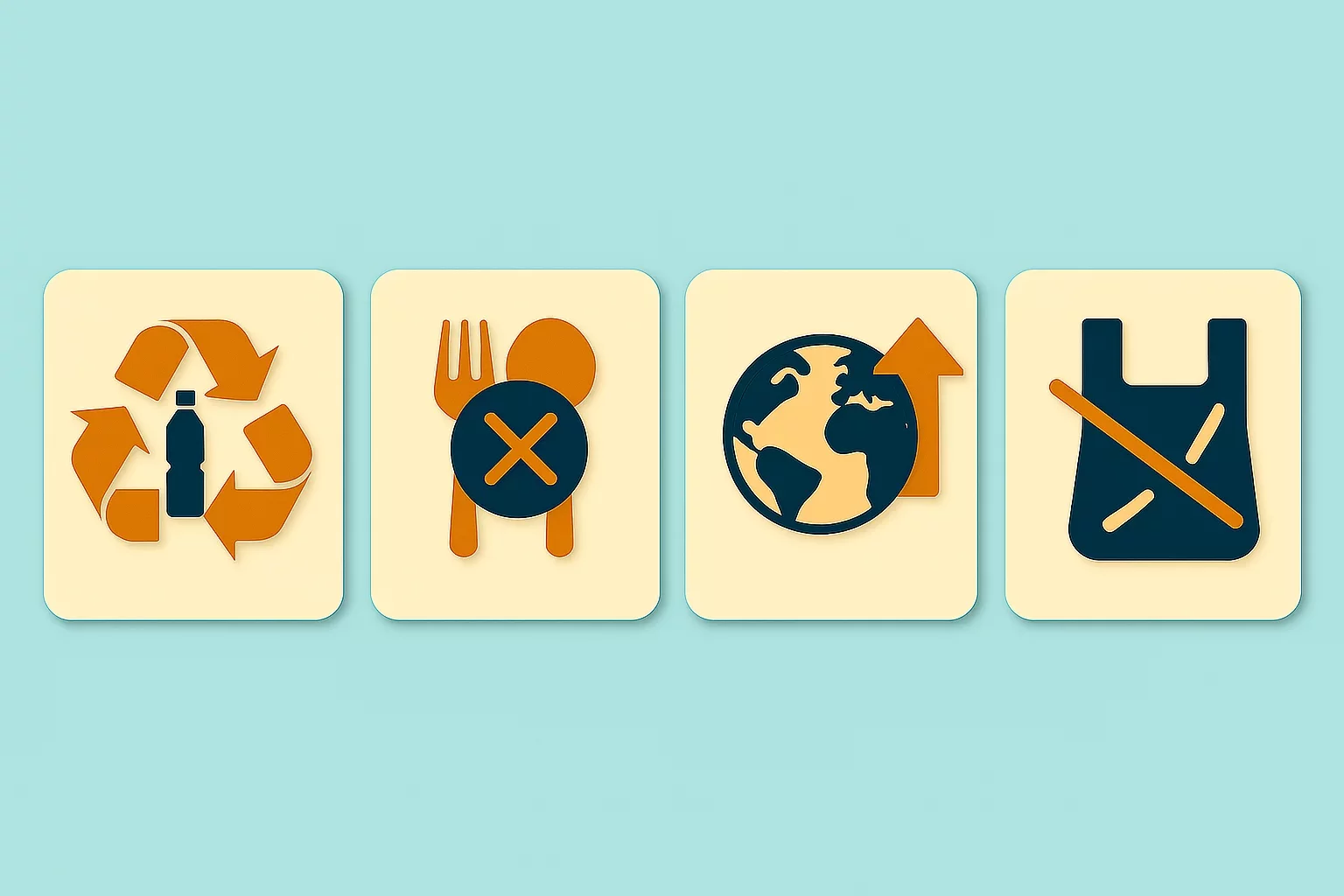
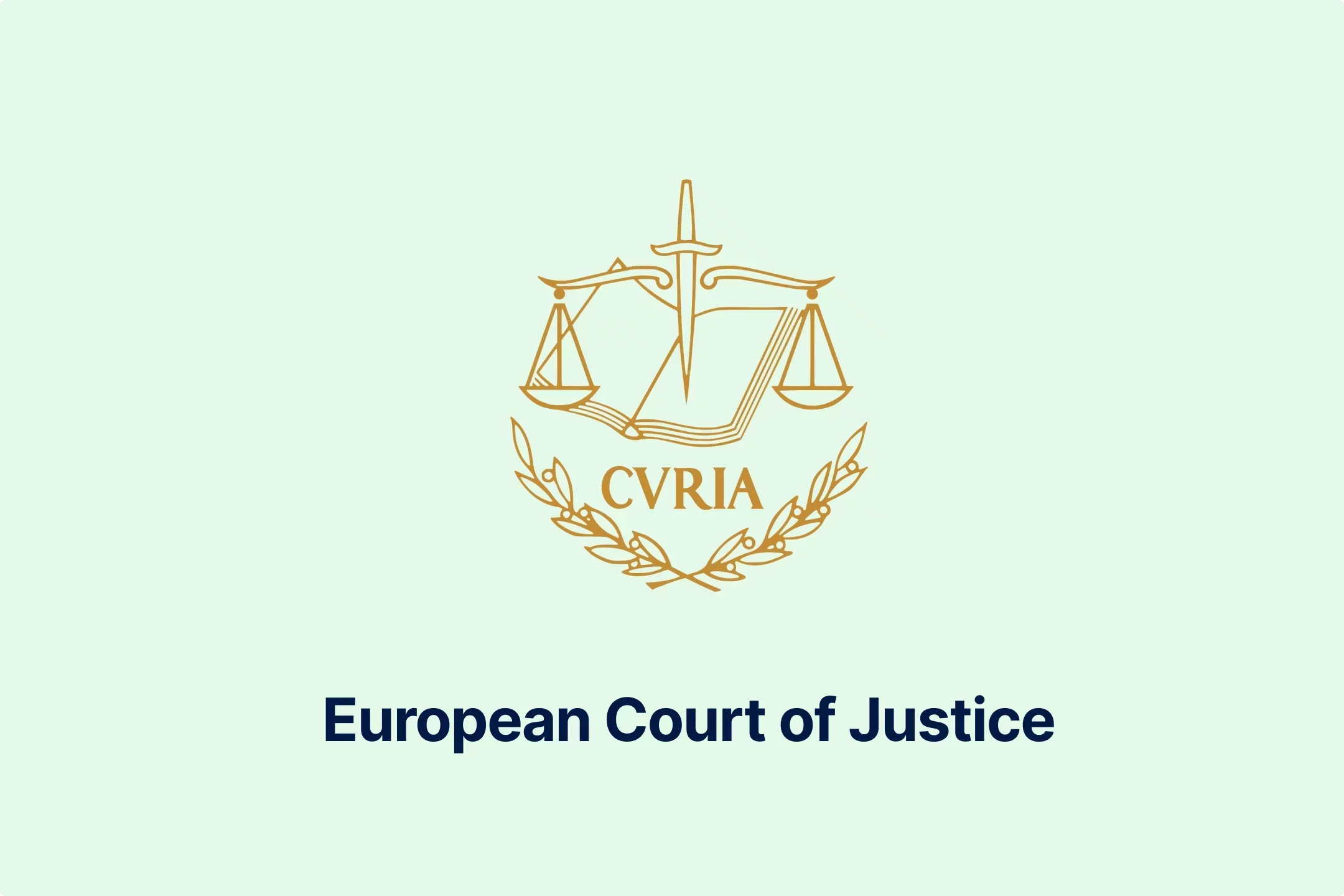
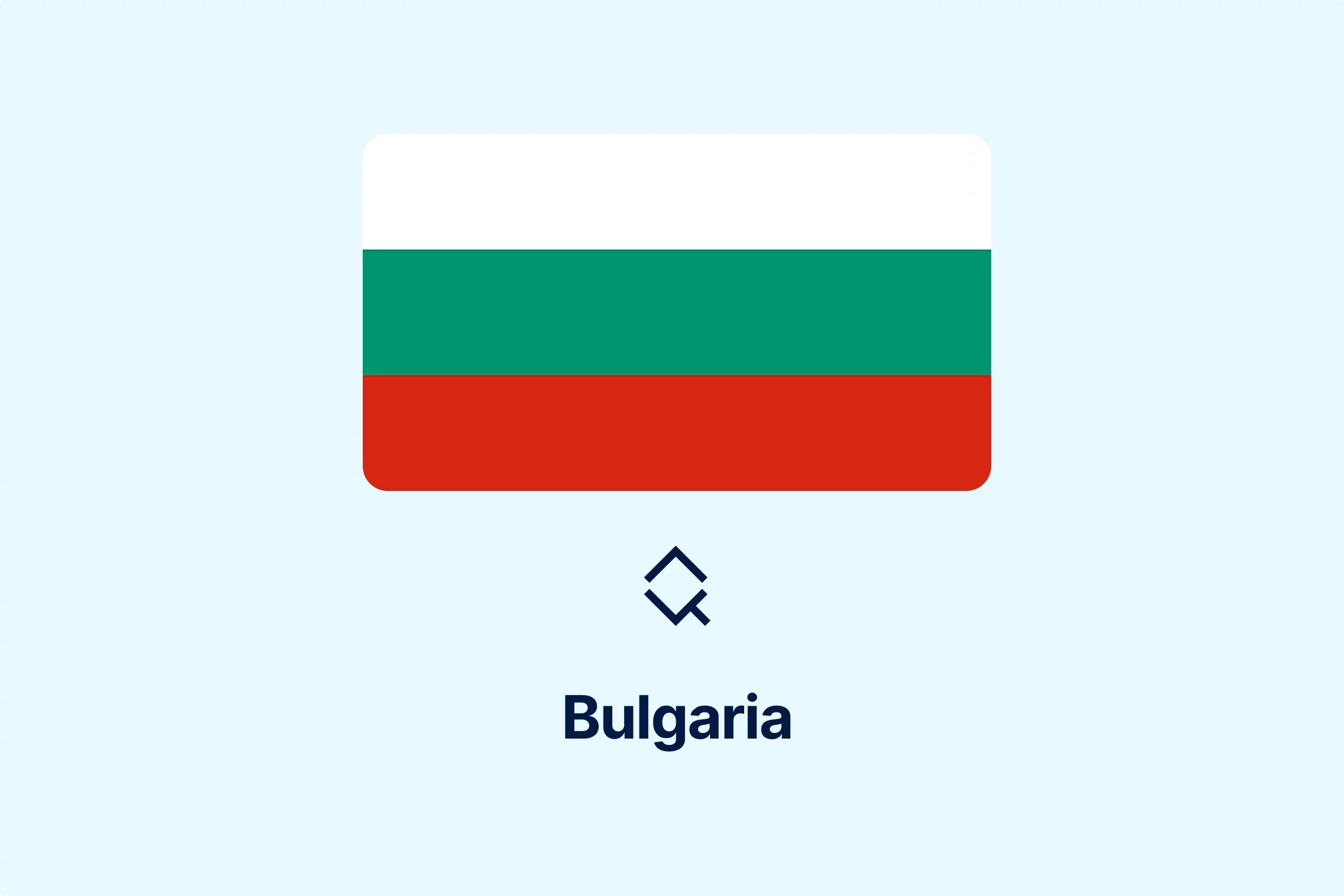
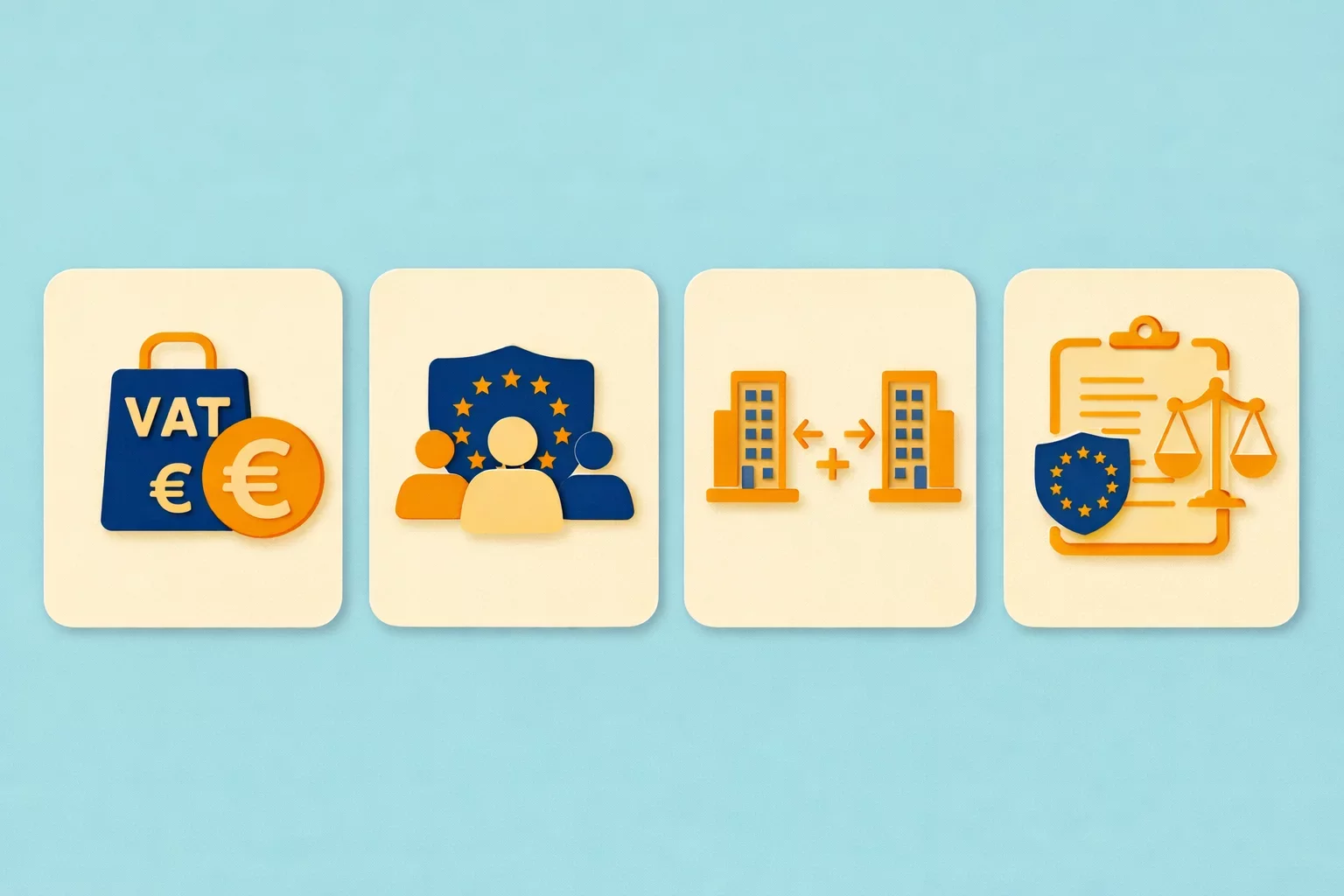
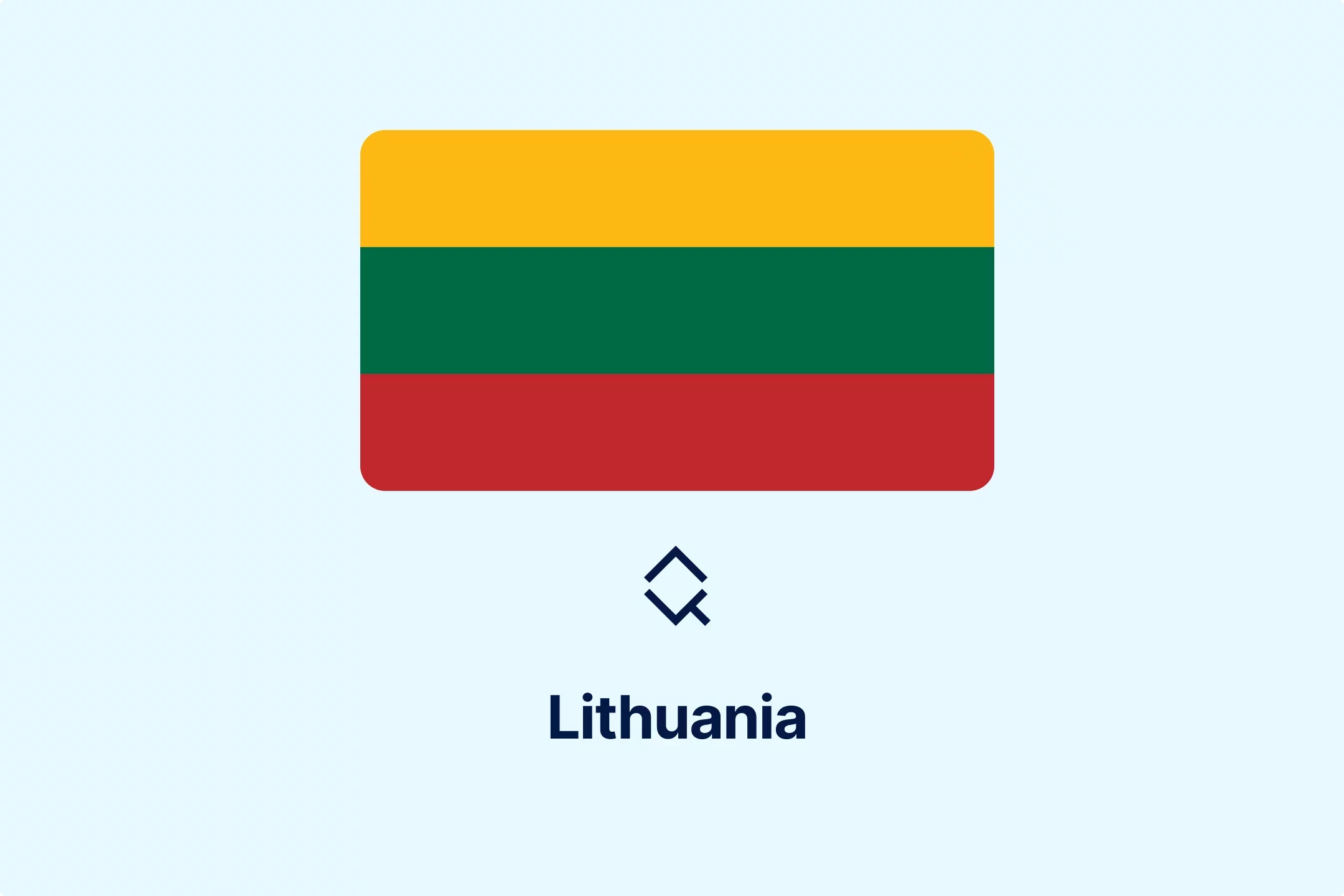
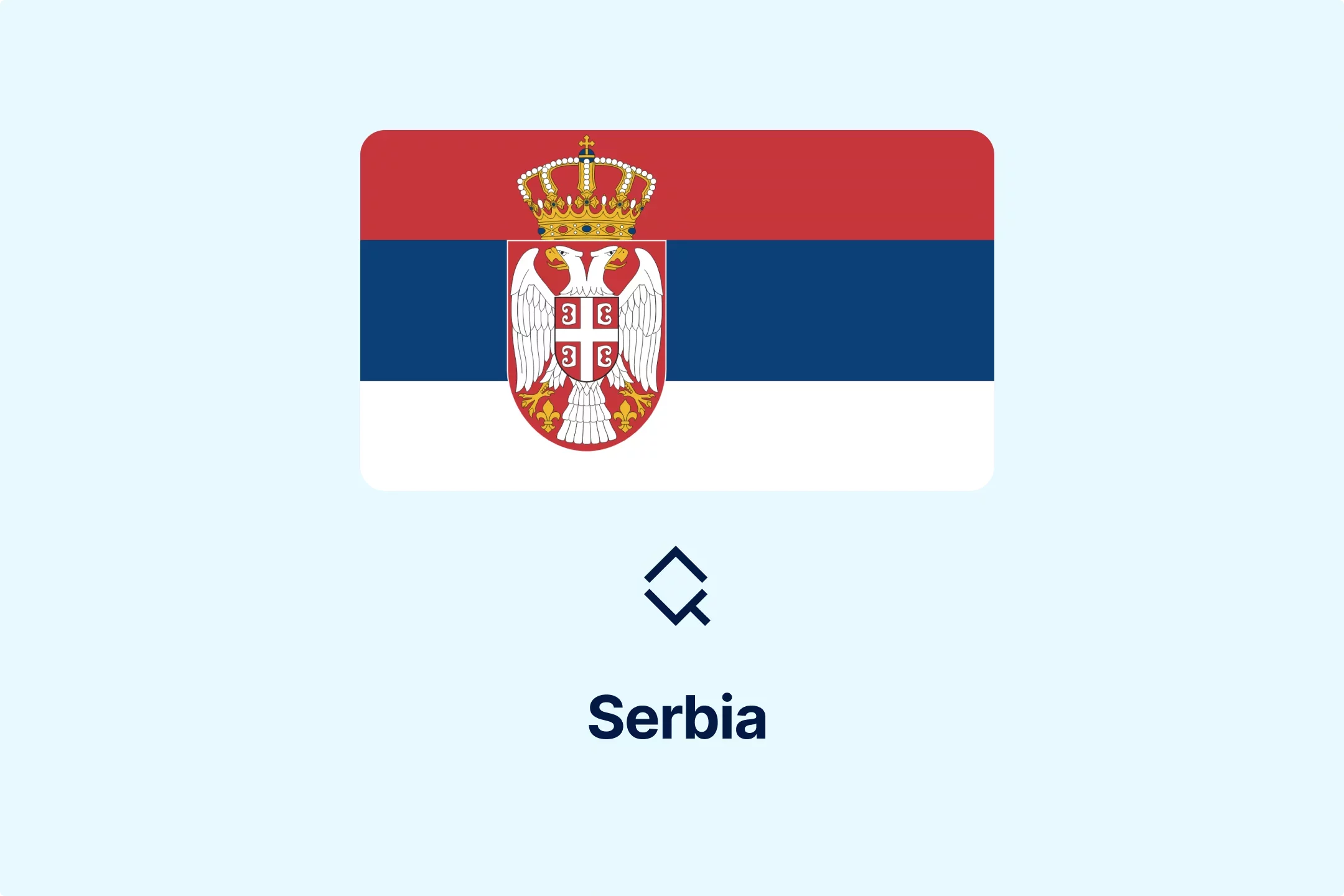
-webajrr4ny.webp)
-evibmwdwcn.webp)
-7acdre0hop.webp)
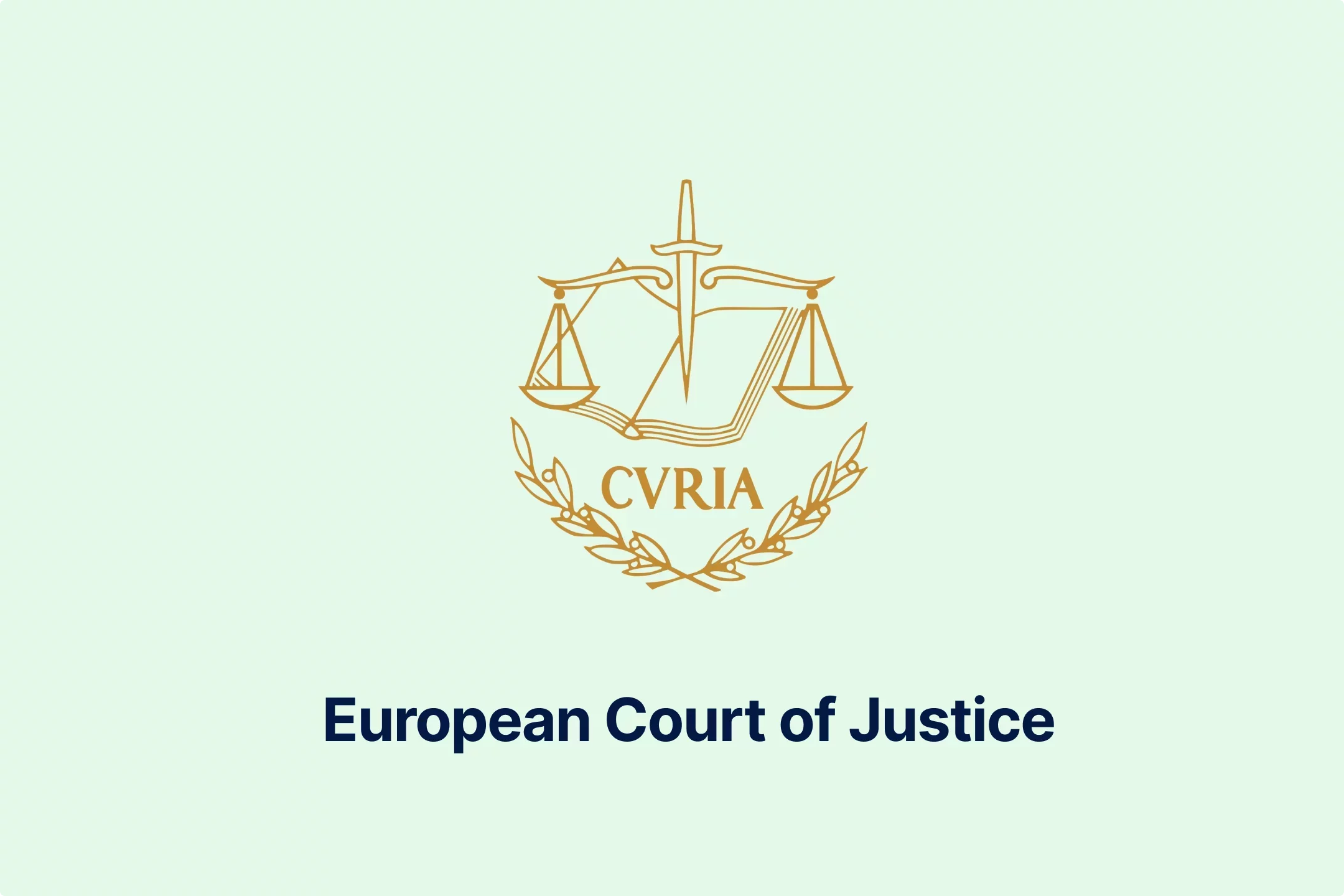
-lcgcyghaer.webp)
-ol6mdkdowg.webp)
-aqdwtmzhkd.webp)
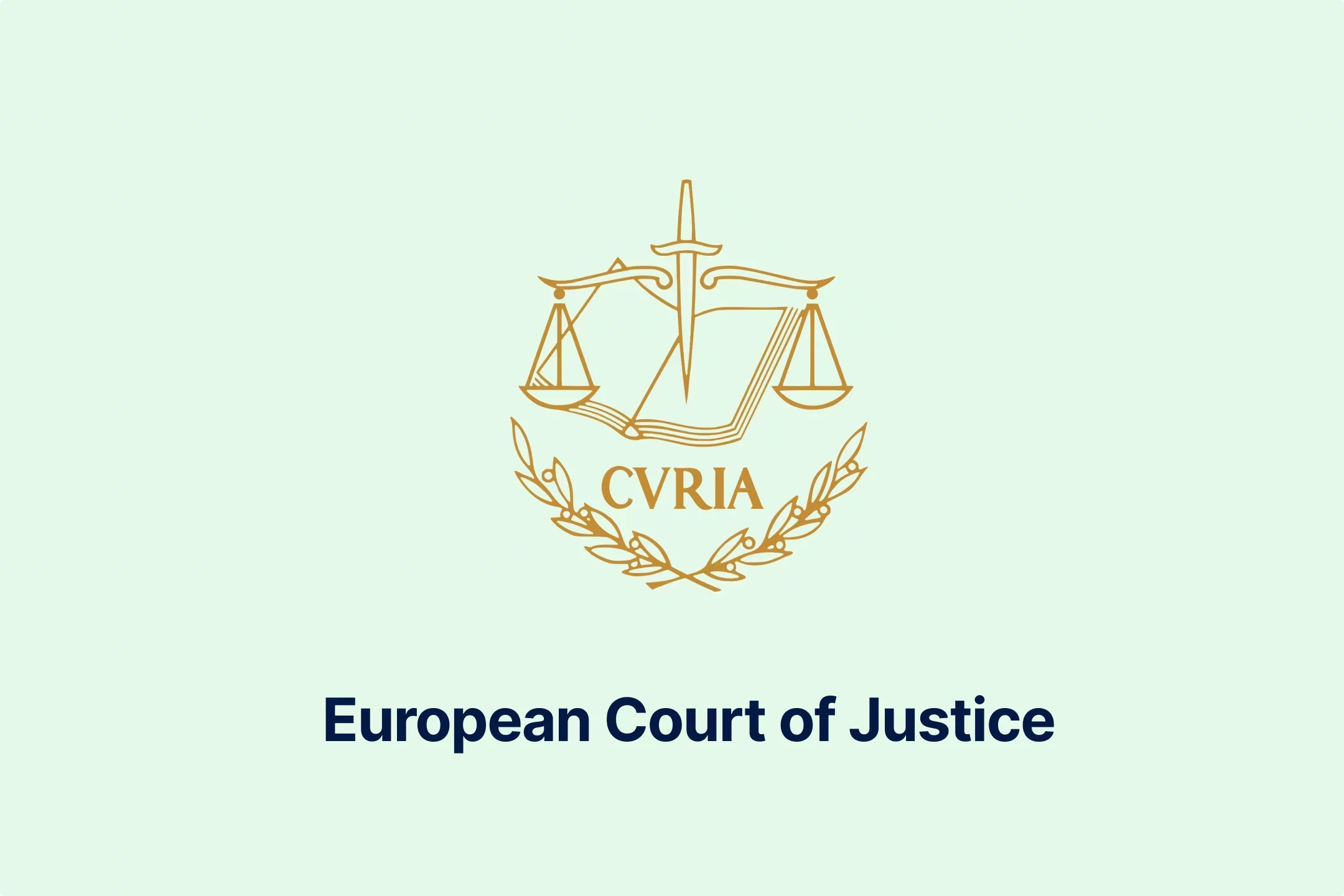
-njgdvdxe2u.webp)
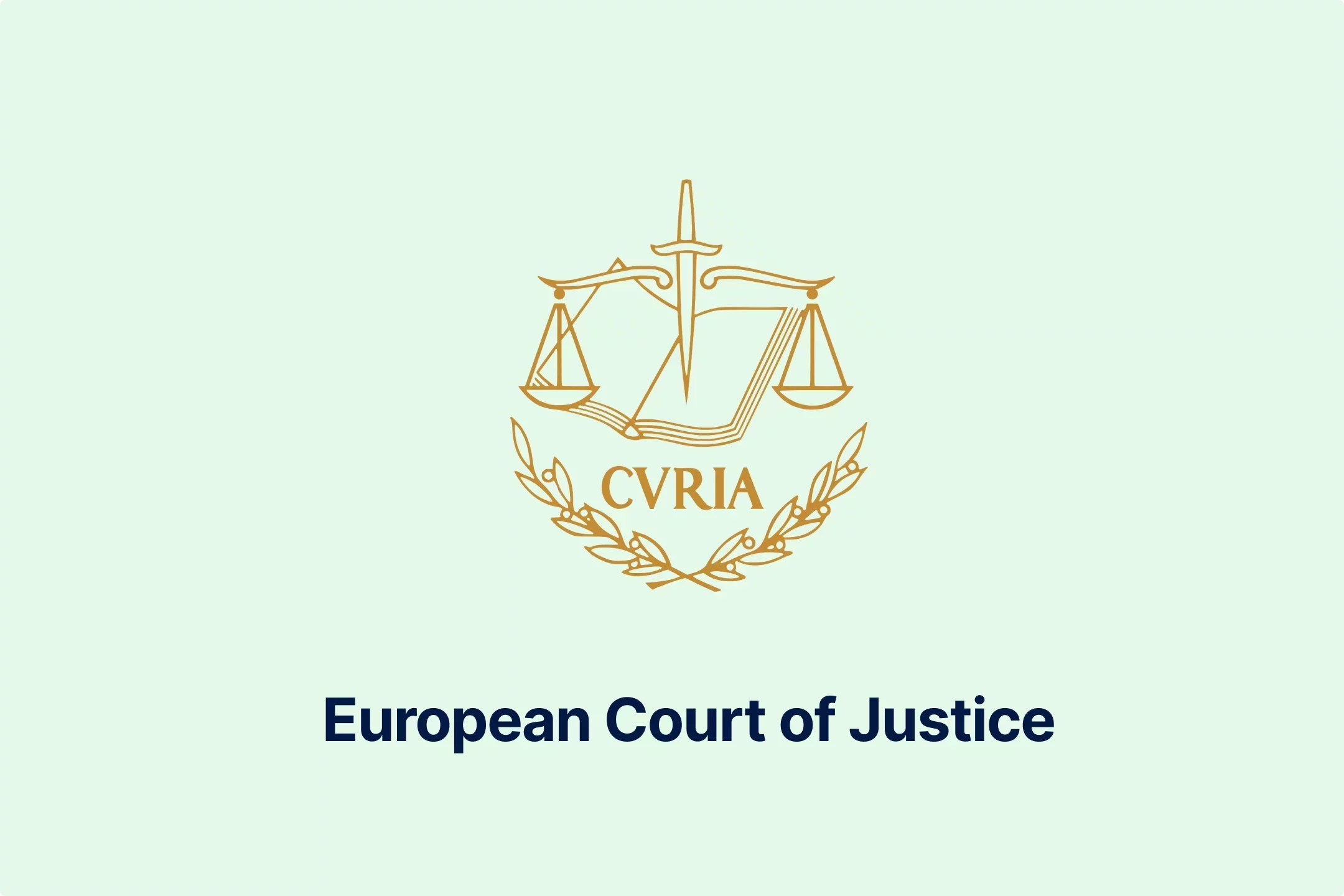
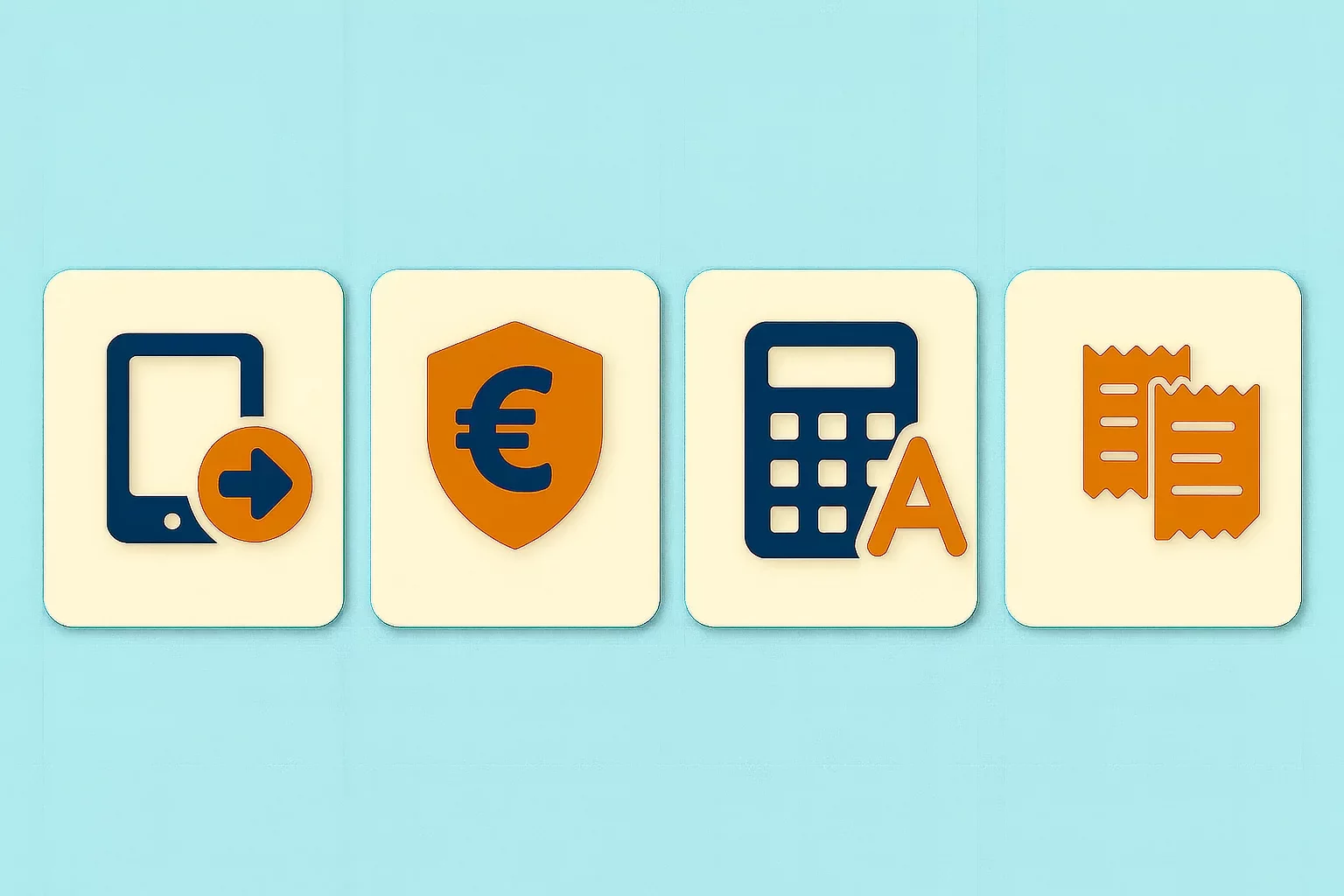

-i6rki3jbad.webp)
-hdwgtama05.webp)
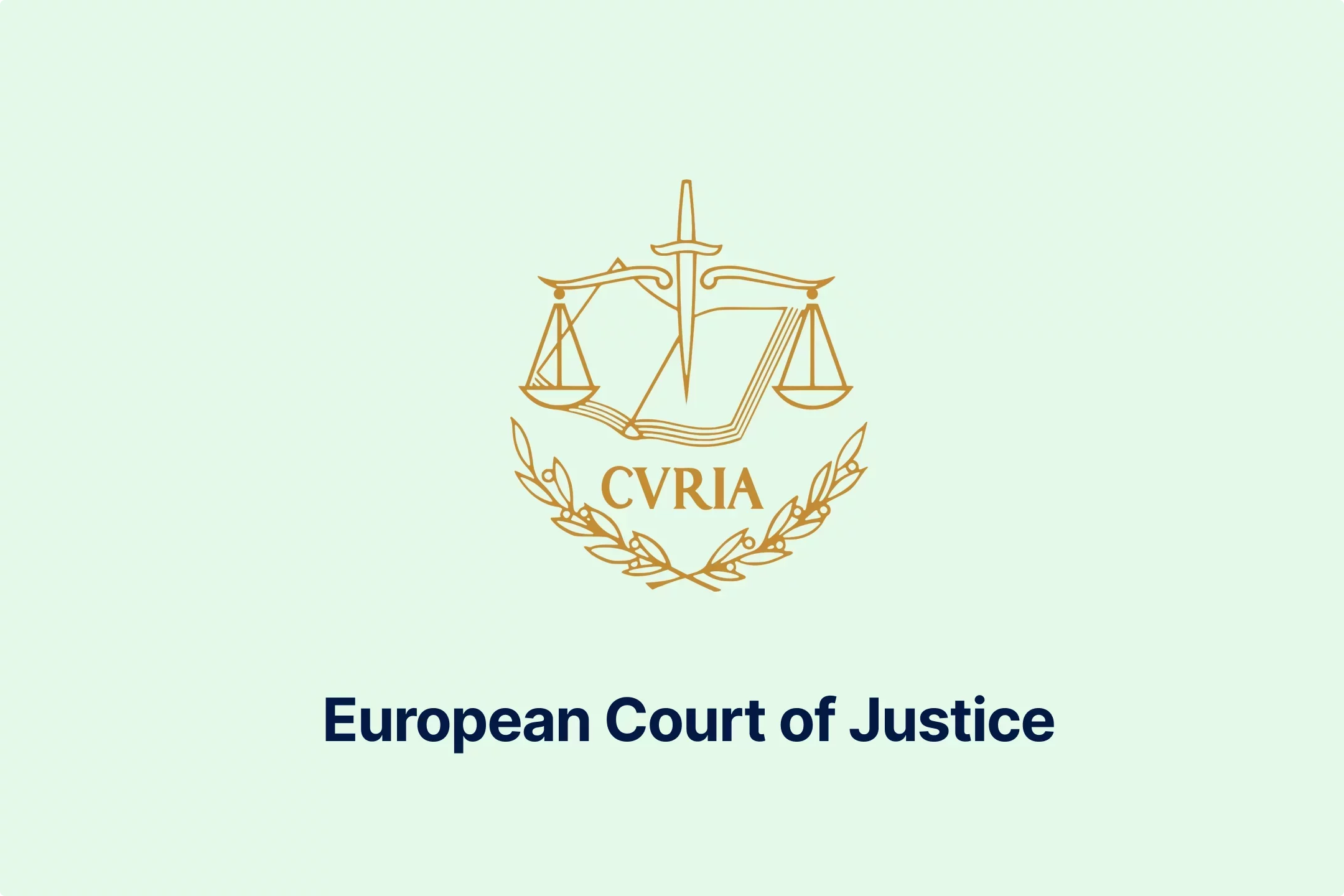
-atbhy5fyxv.webp)
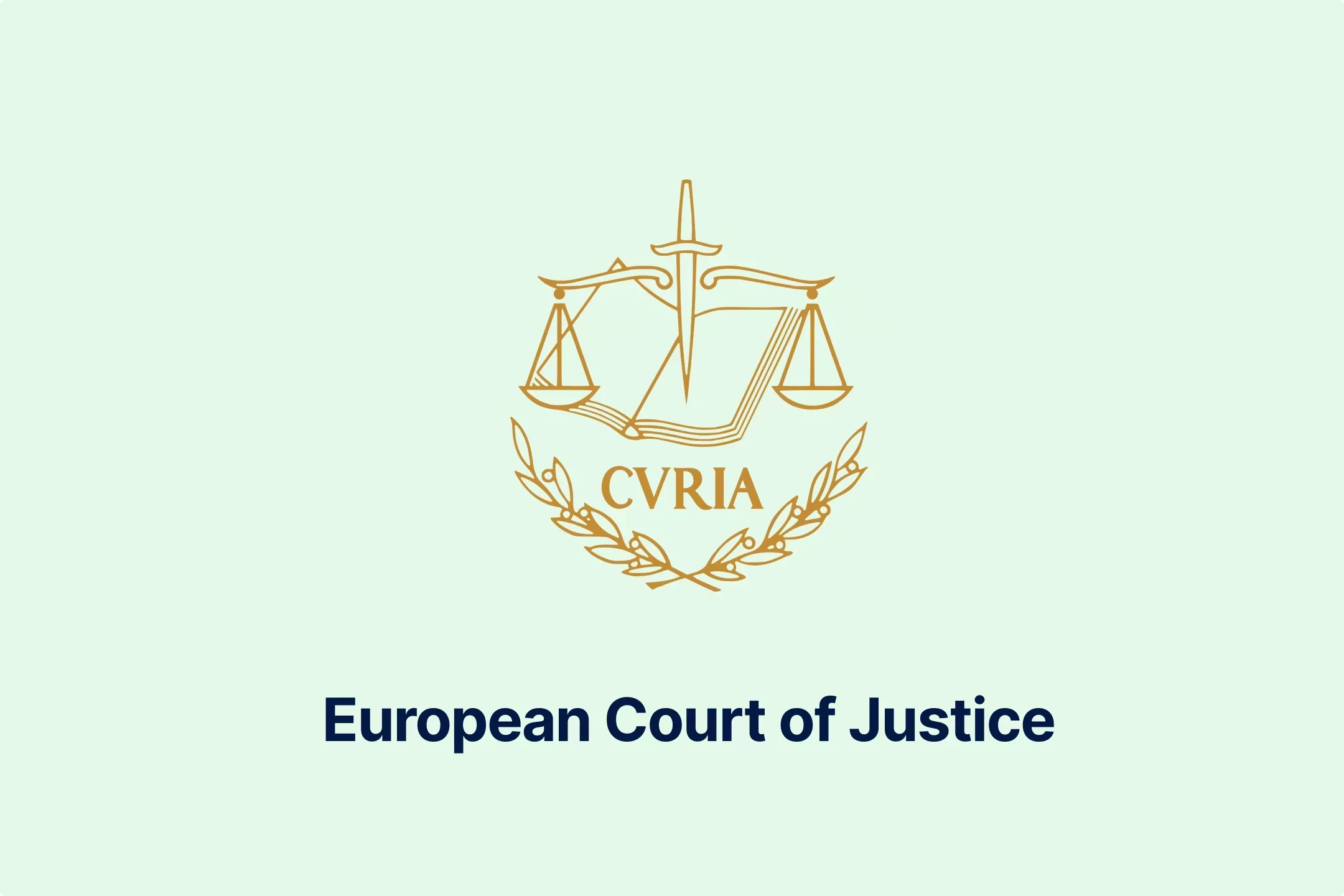
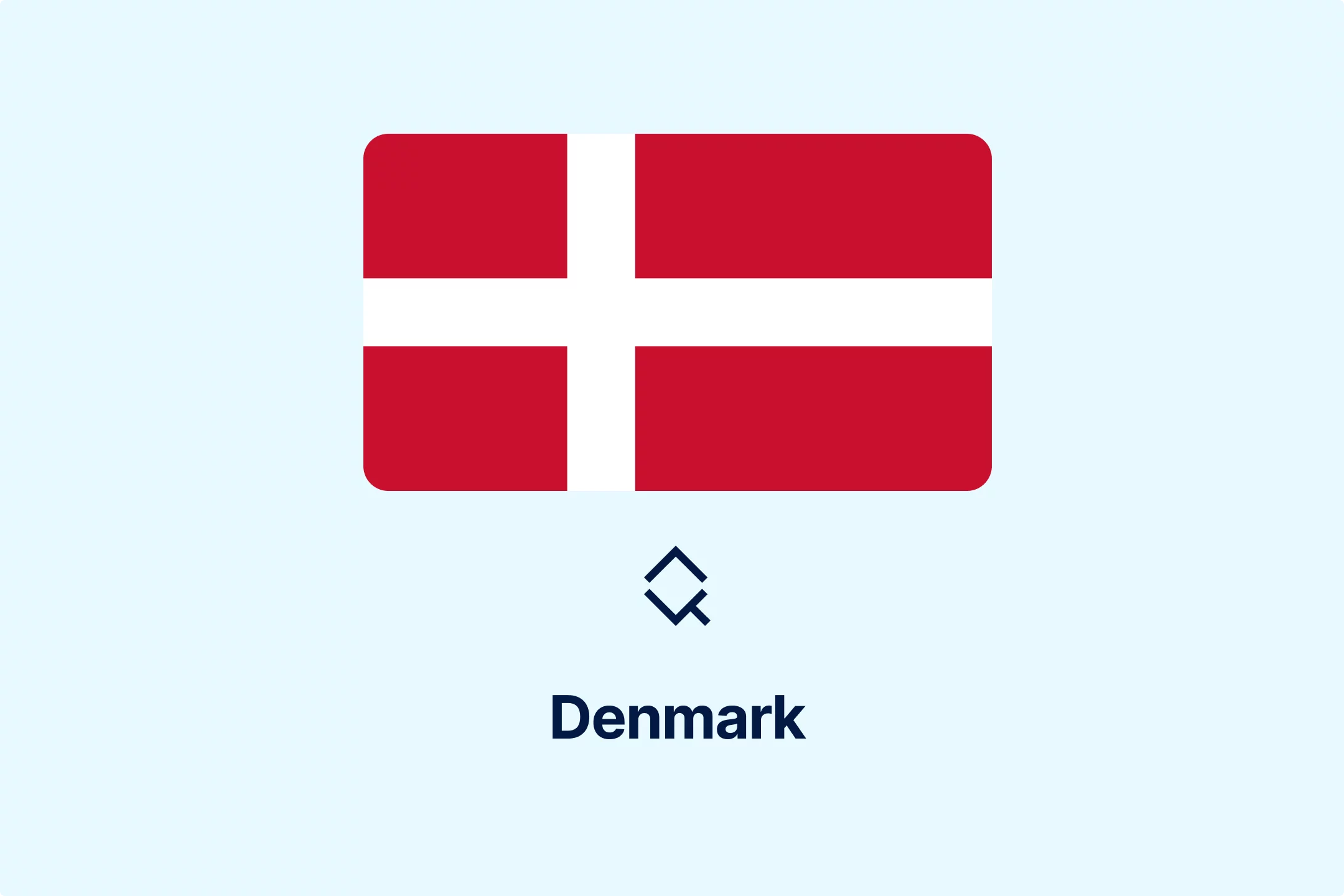

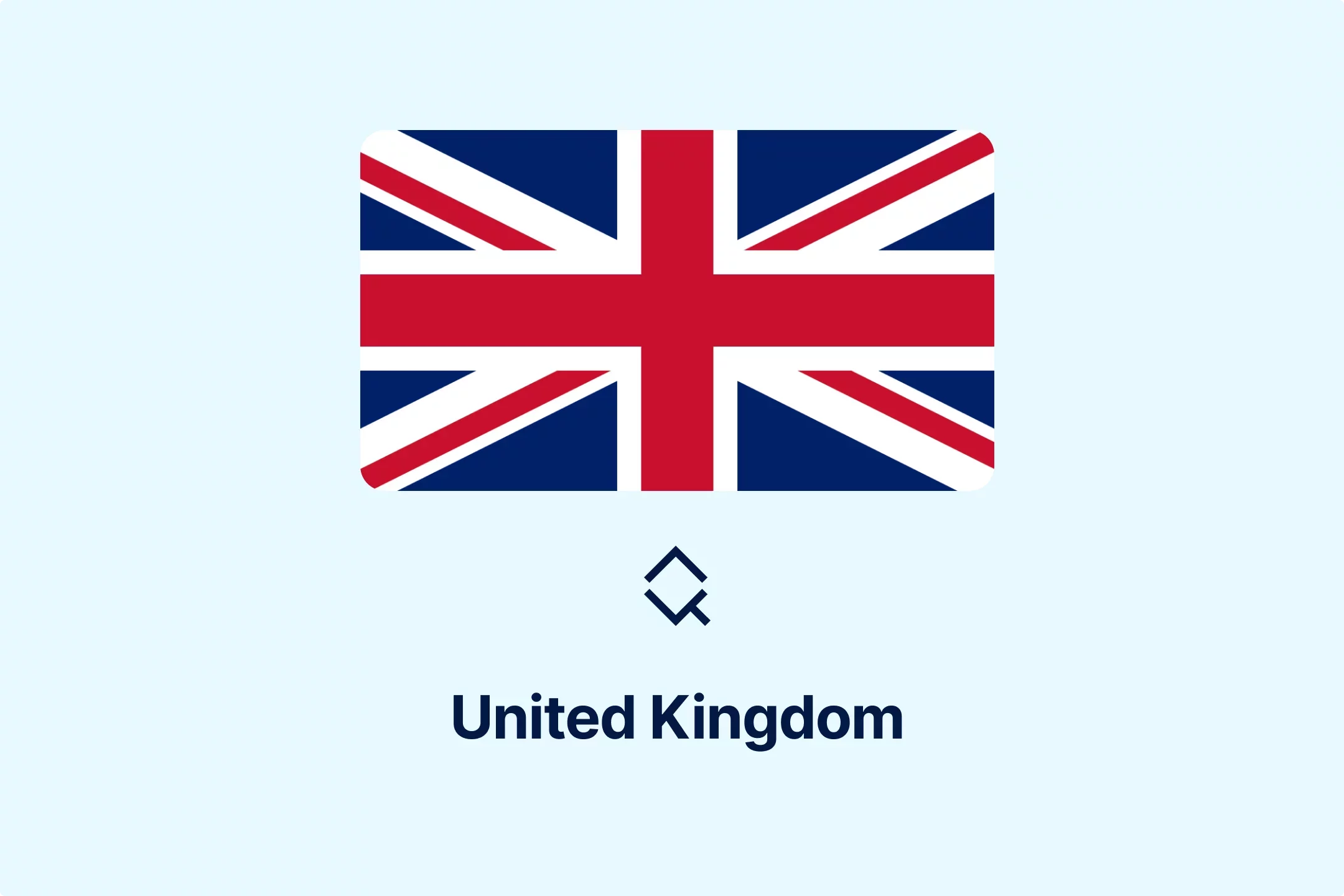
-zp2n6zixoa.webp)
-oa1ynbm4sn.webp)

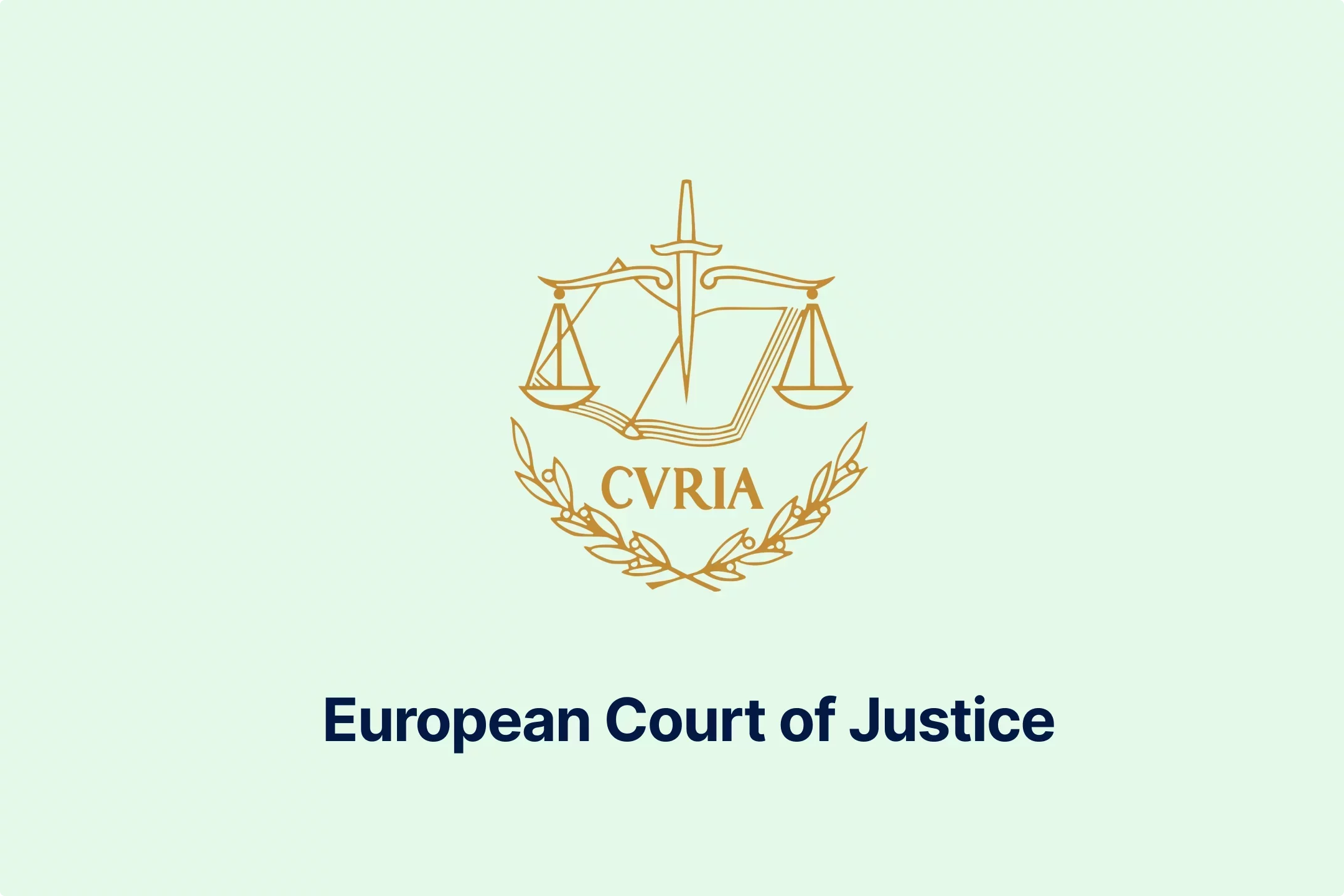
-lltkno6txy.webp)


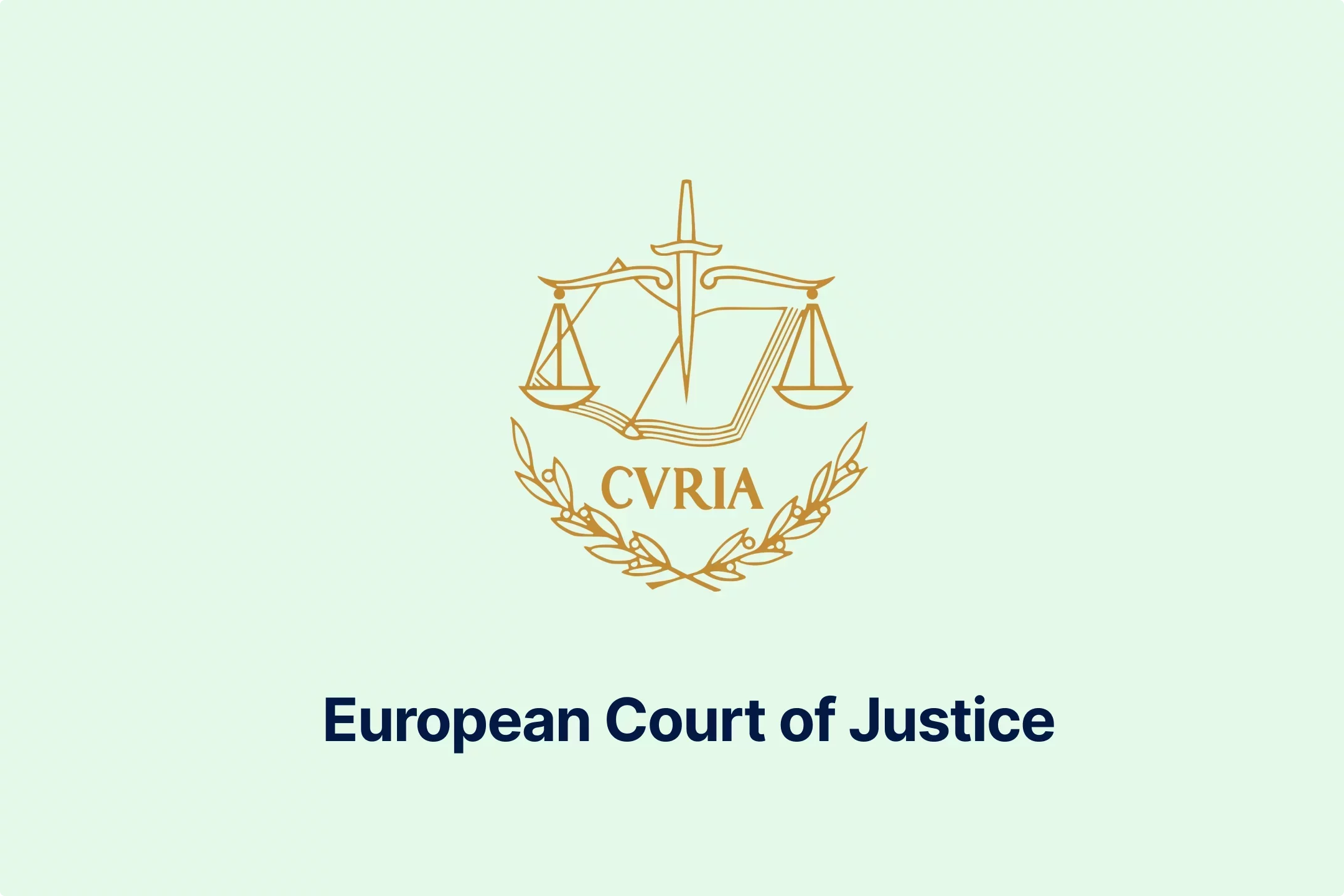
-do38odrqnq.webp)
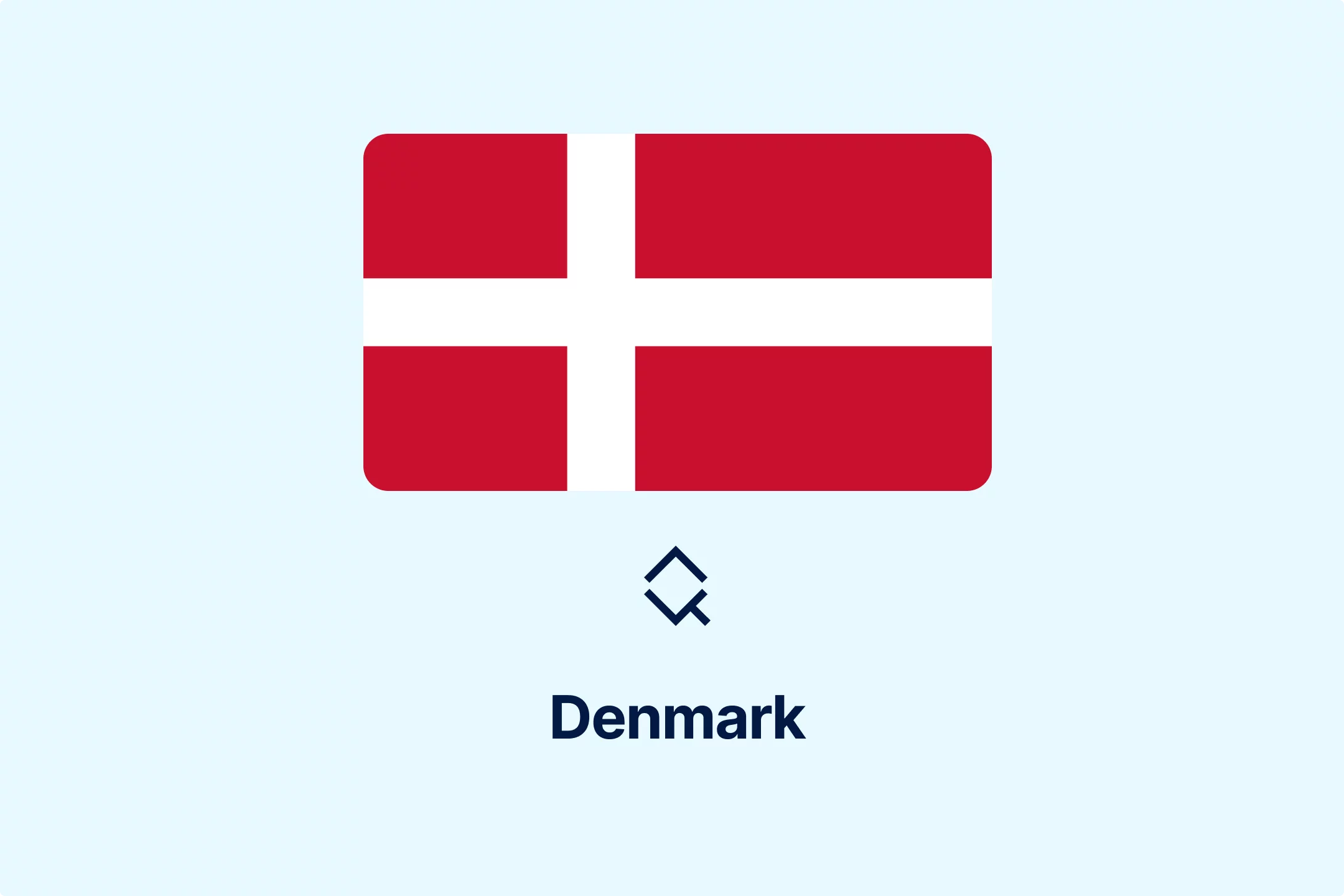
-t409oldqzt.webp)
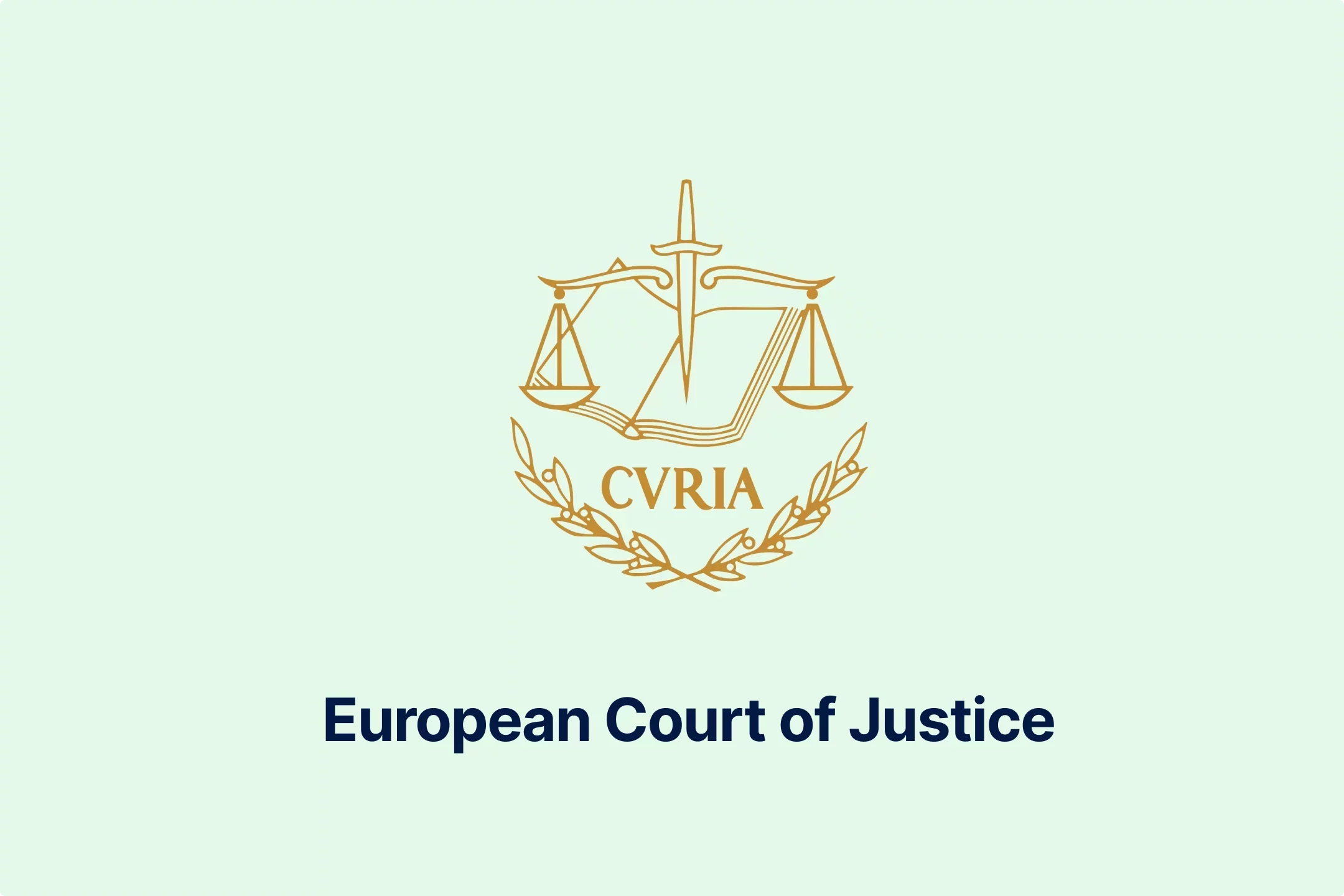
-hordopb6xh.webp)
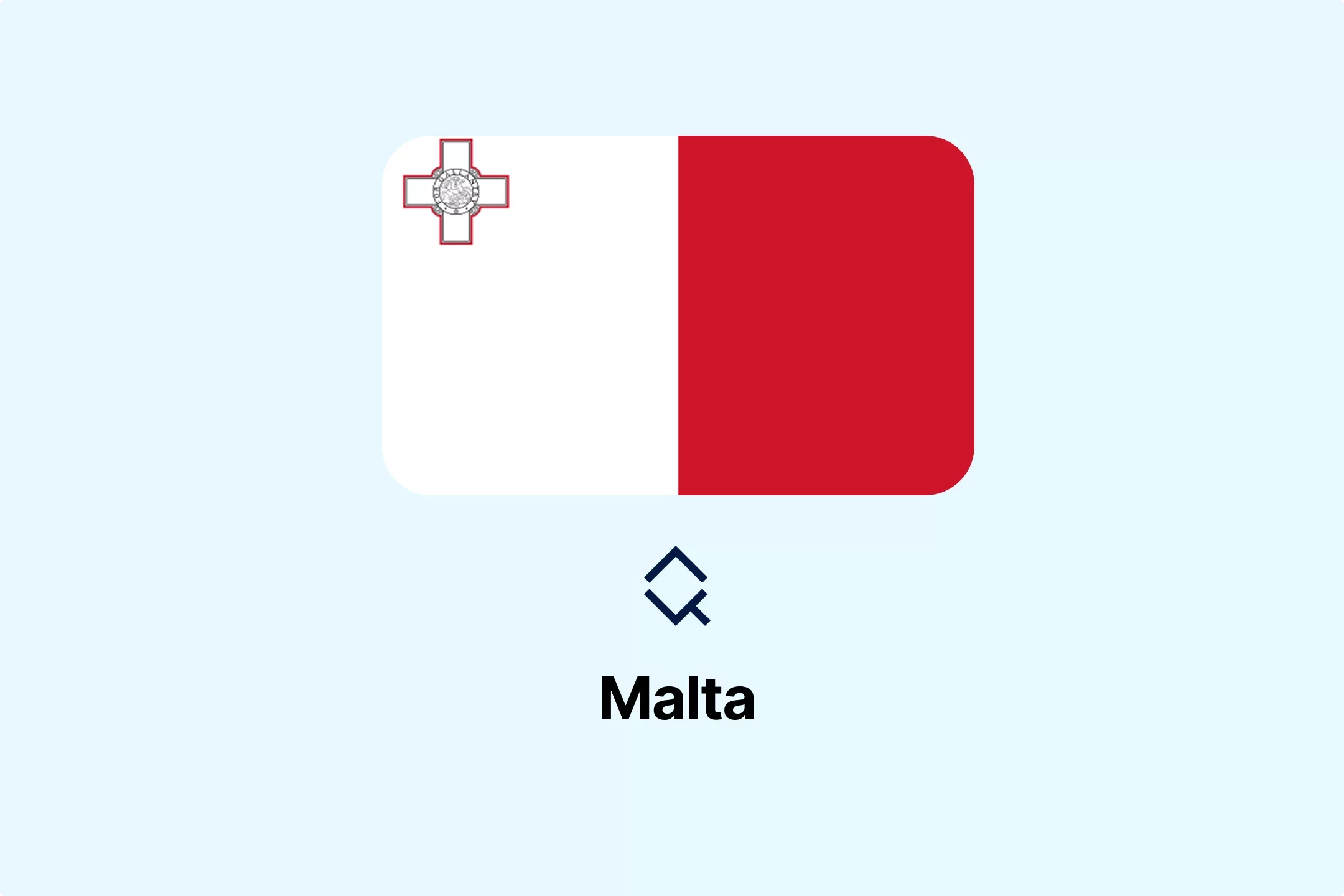
-ooimnrbete.webp)
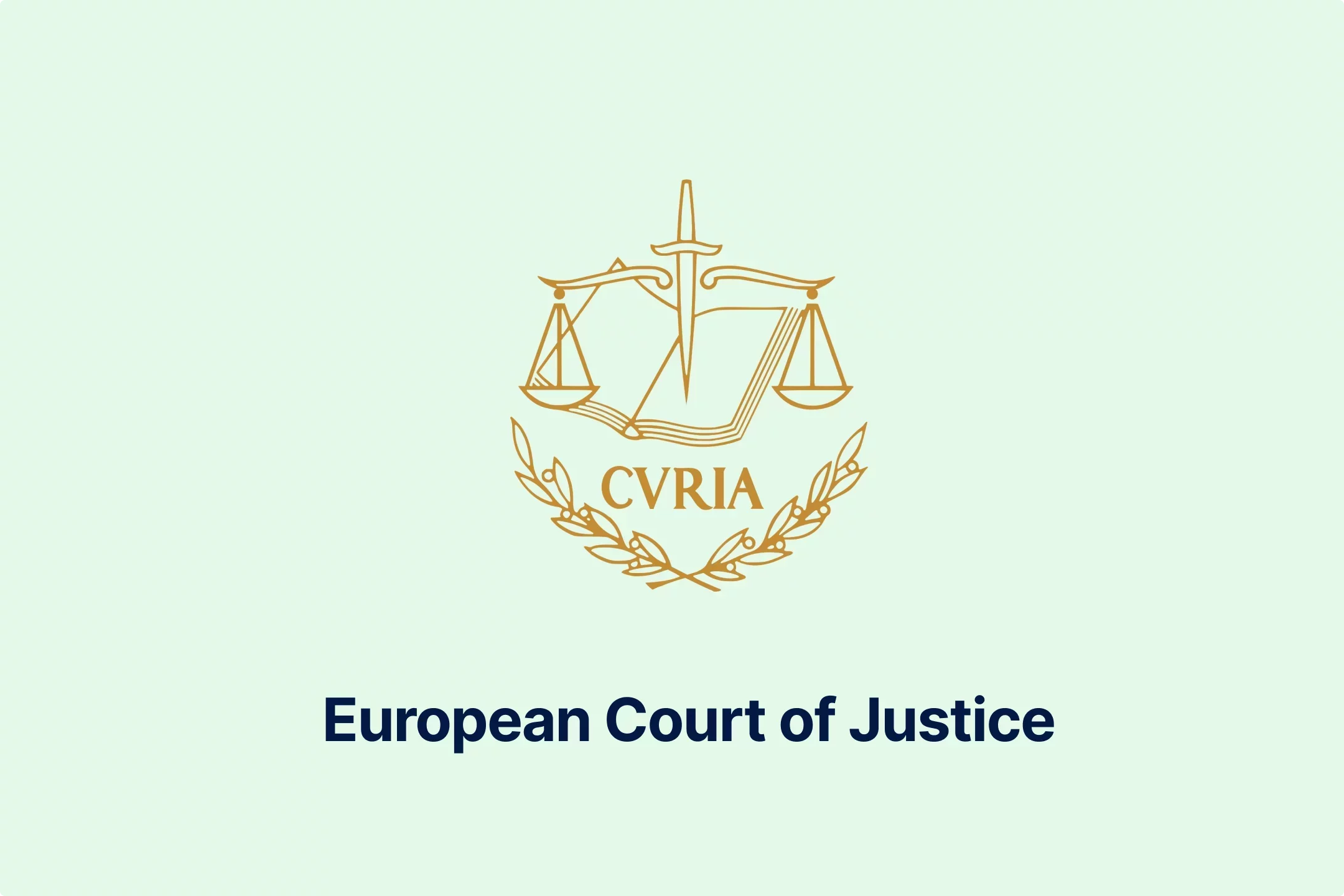
-lwb5qpsily.webp)
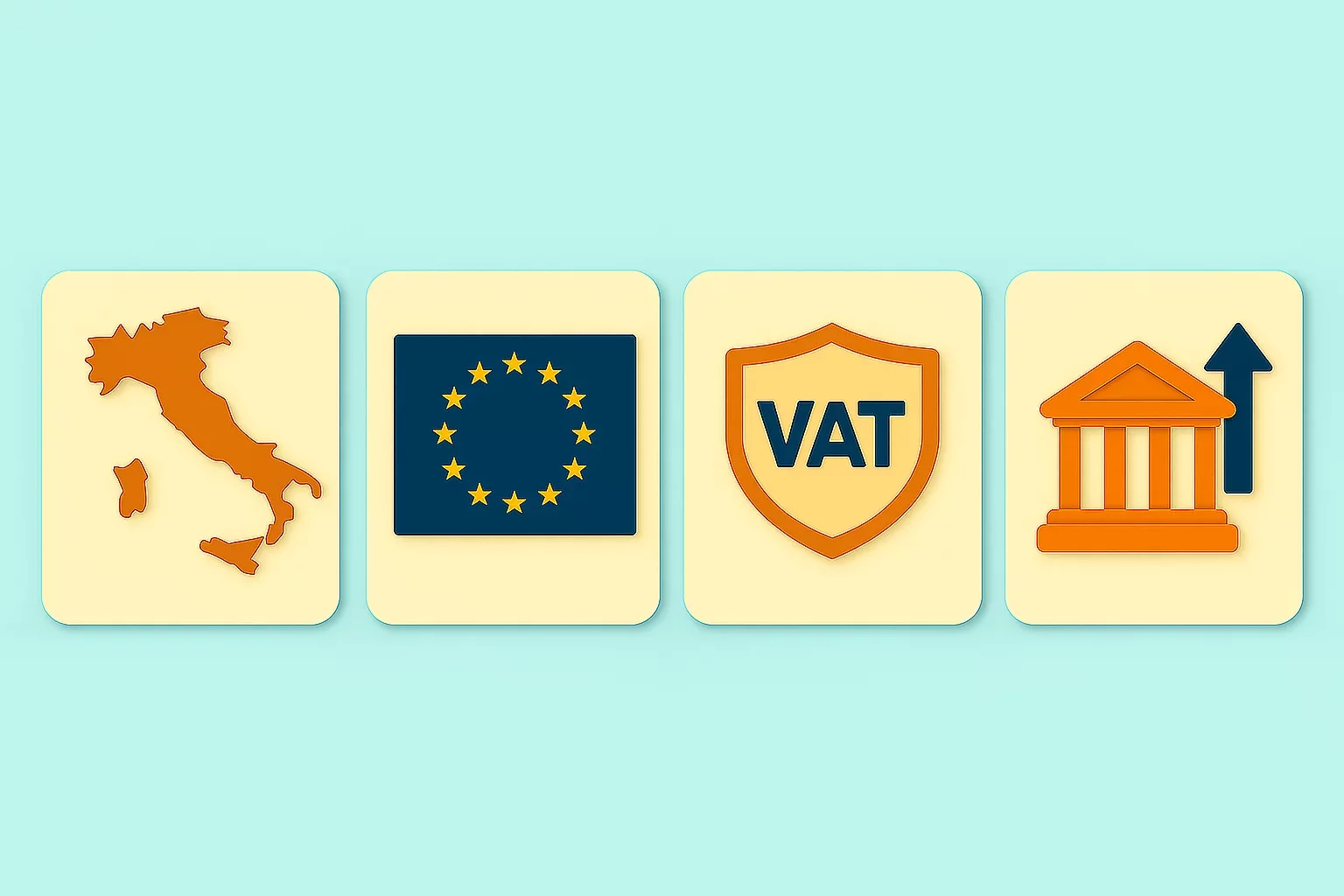
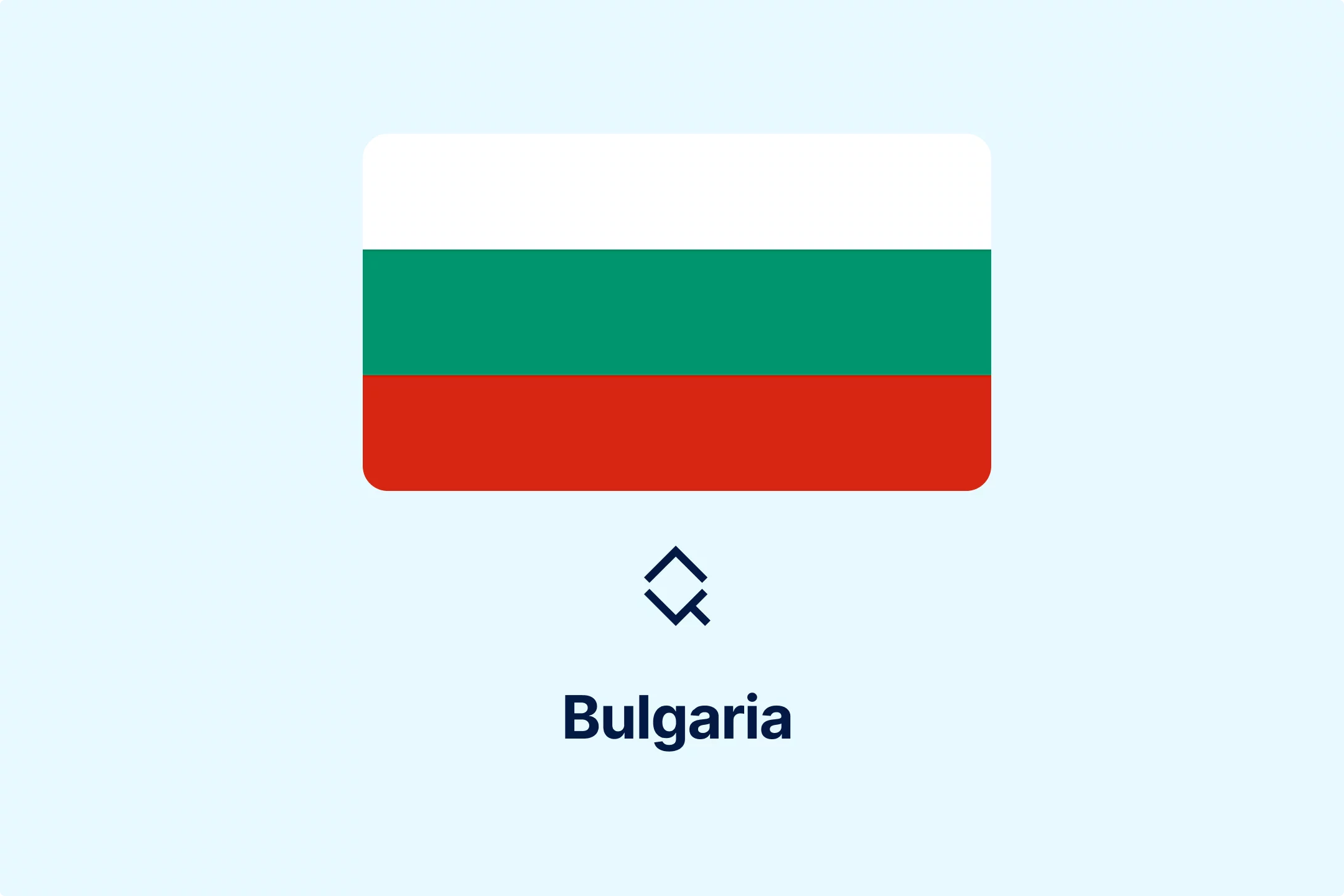
-eumafizrhm.webp)

-mtqp3va9gb.webp)
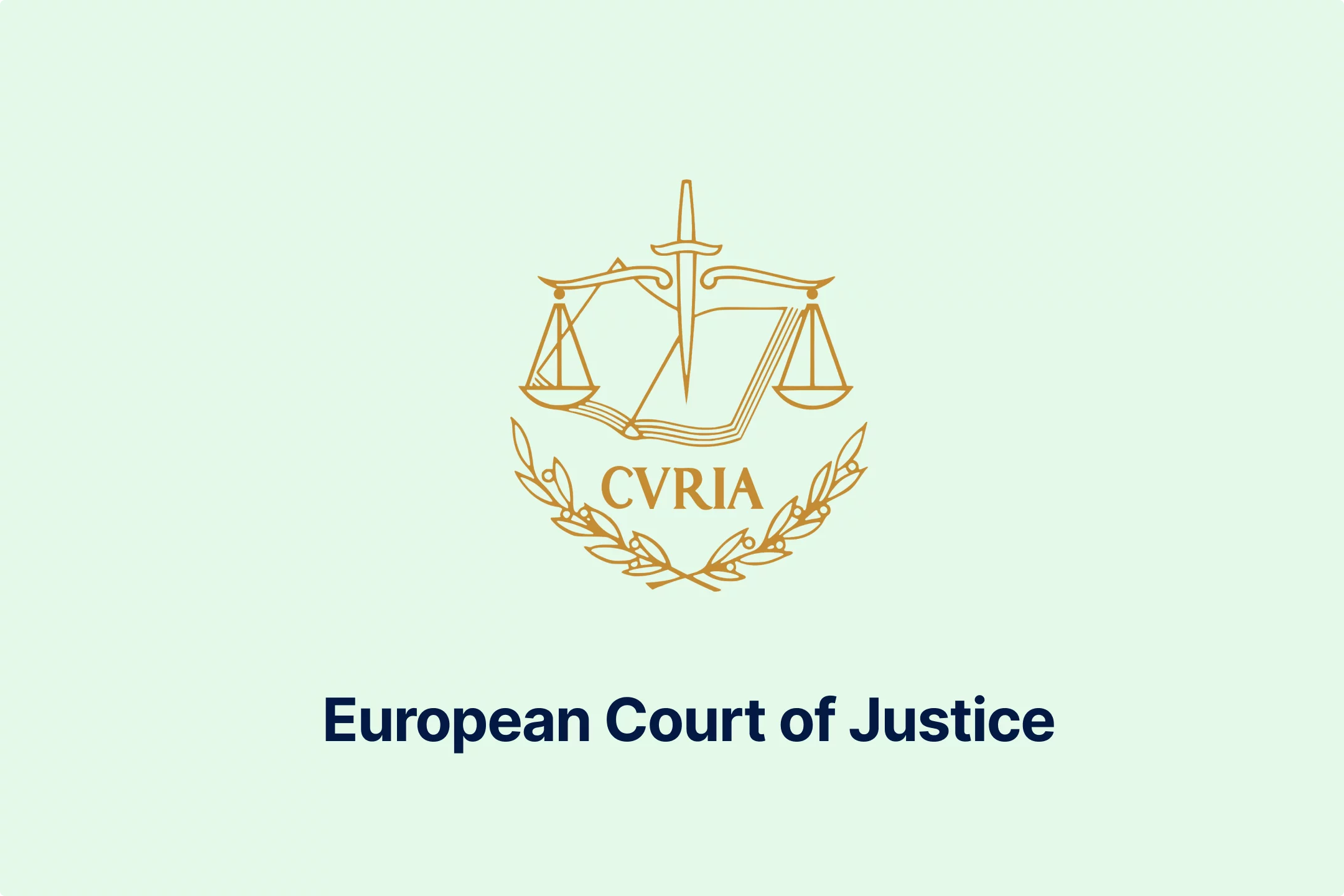
-3ewrn1yvfa.webp)
-591j35flz2.webp)
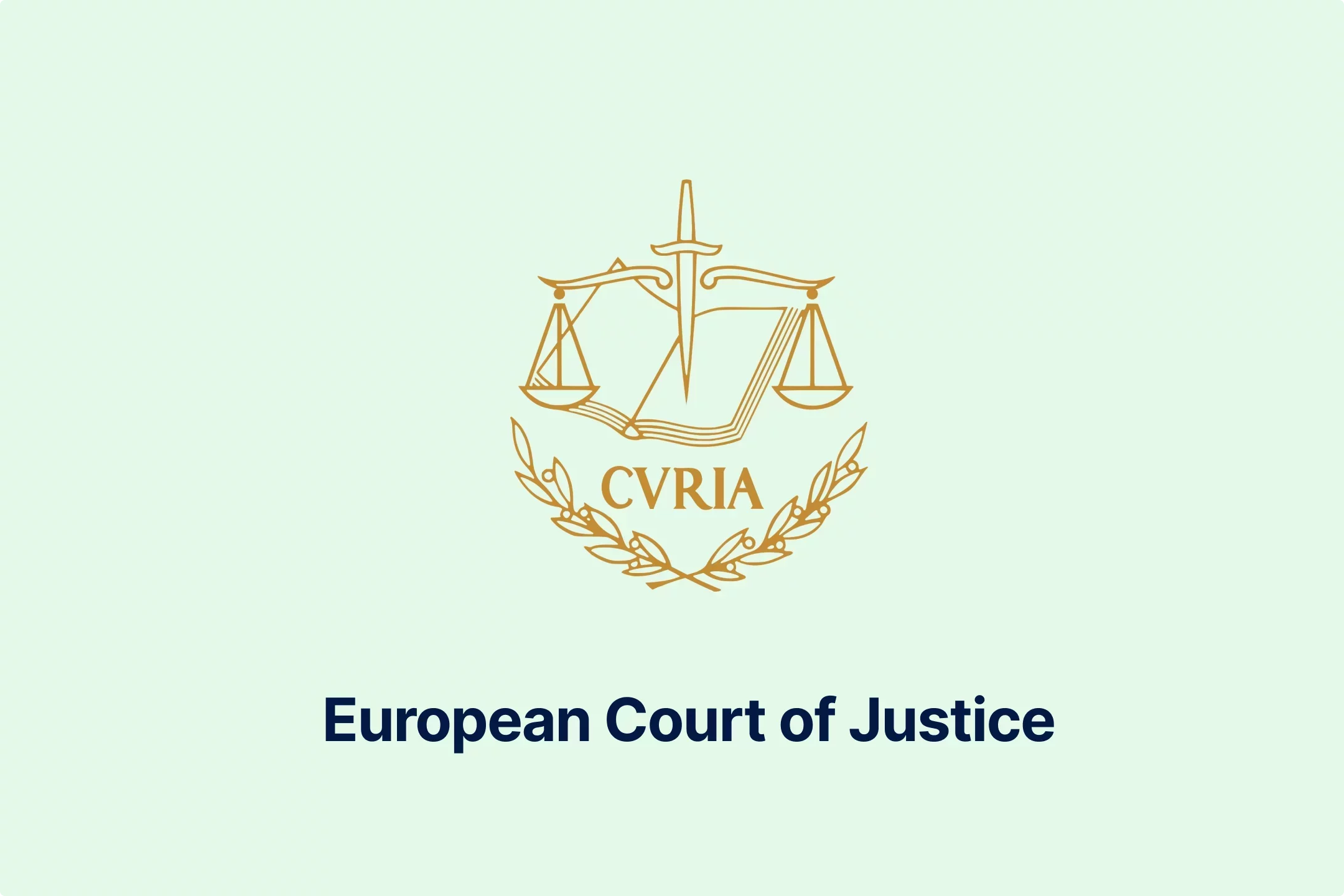
-huj3cam1de.webp)

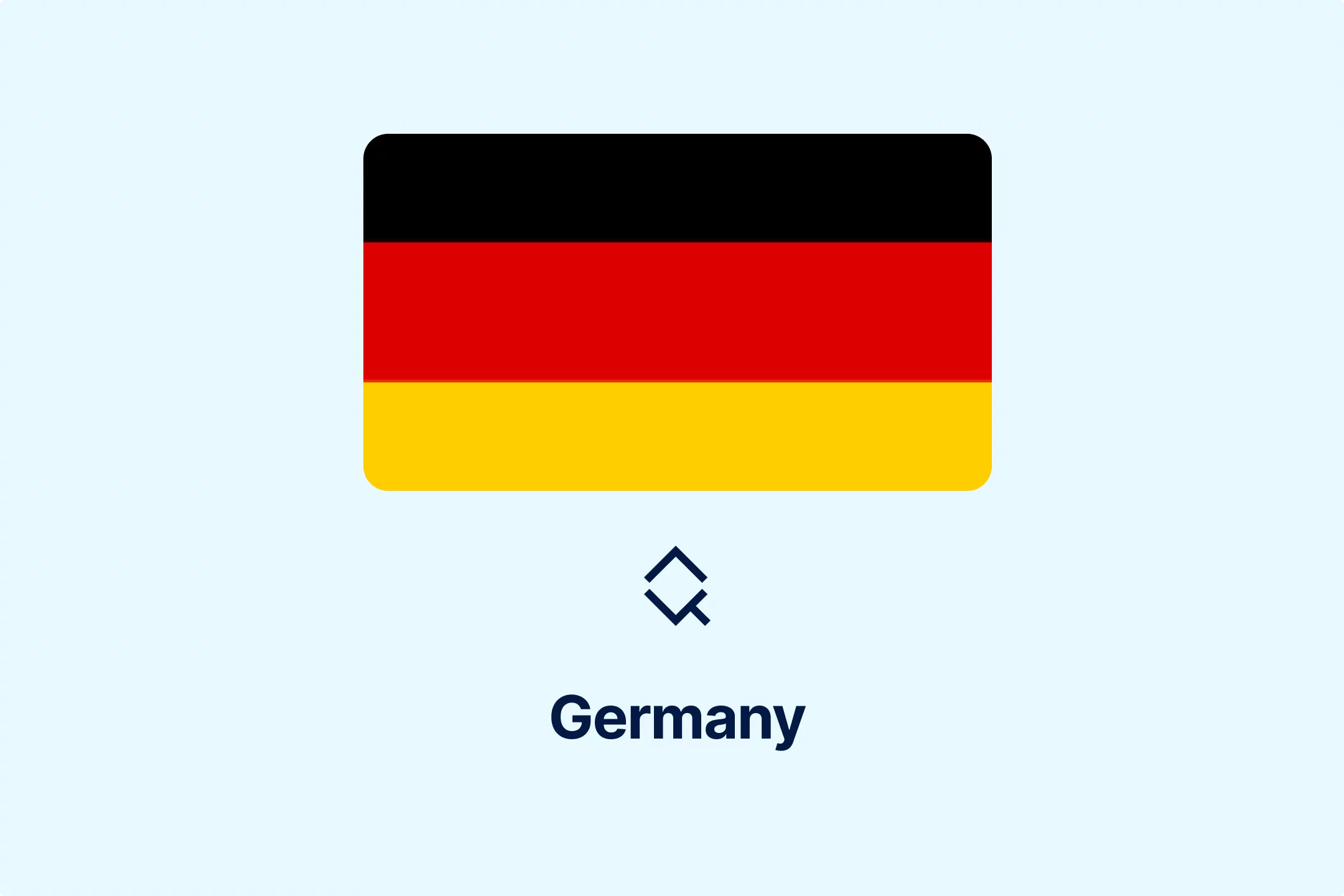
-hafis0ii23.webp)
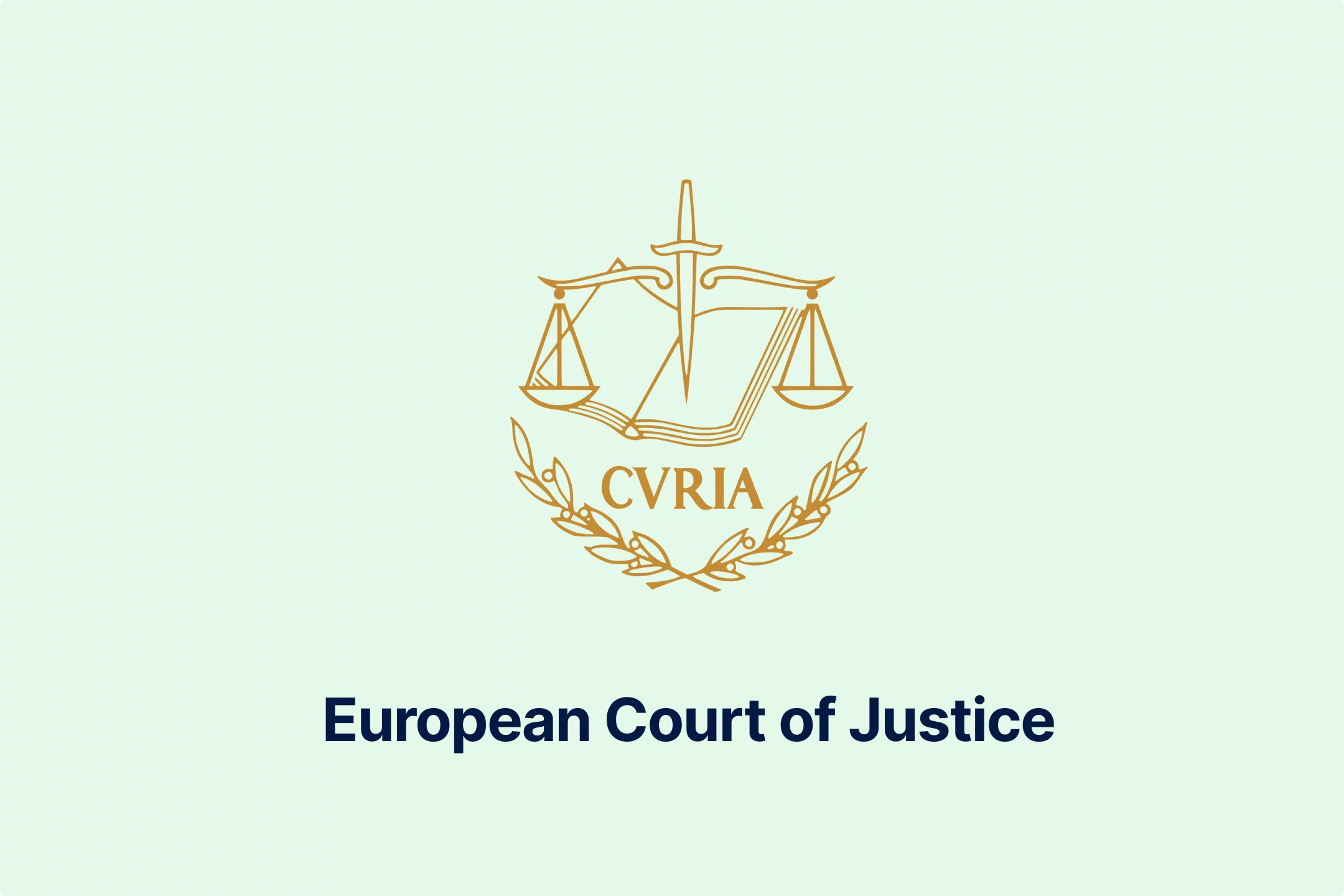
-qseaw5zmcy.webp)
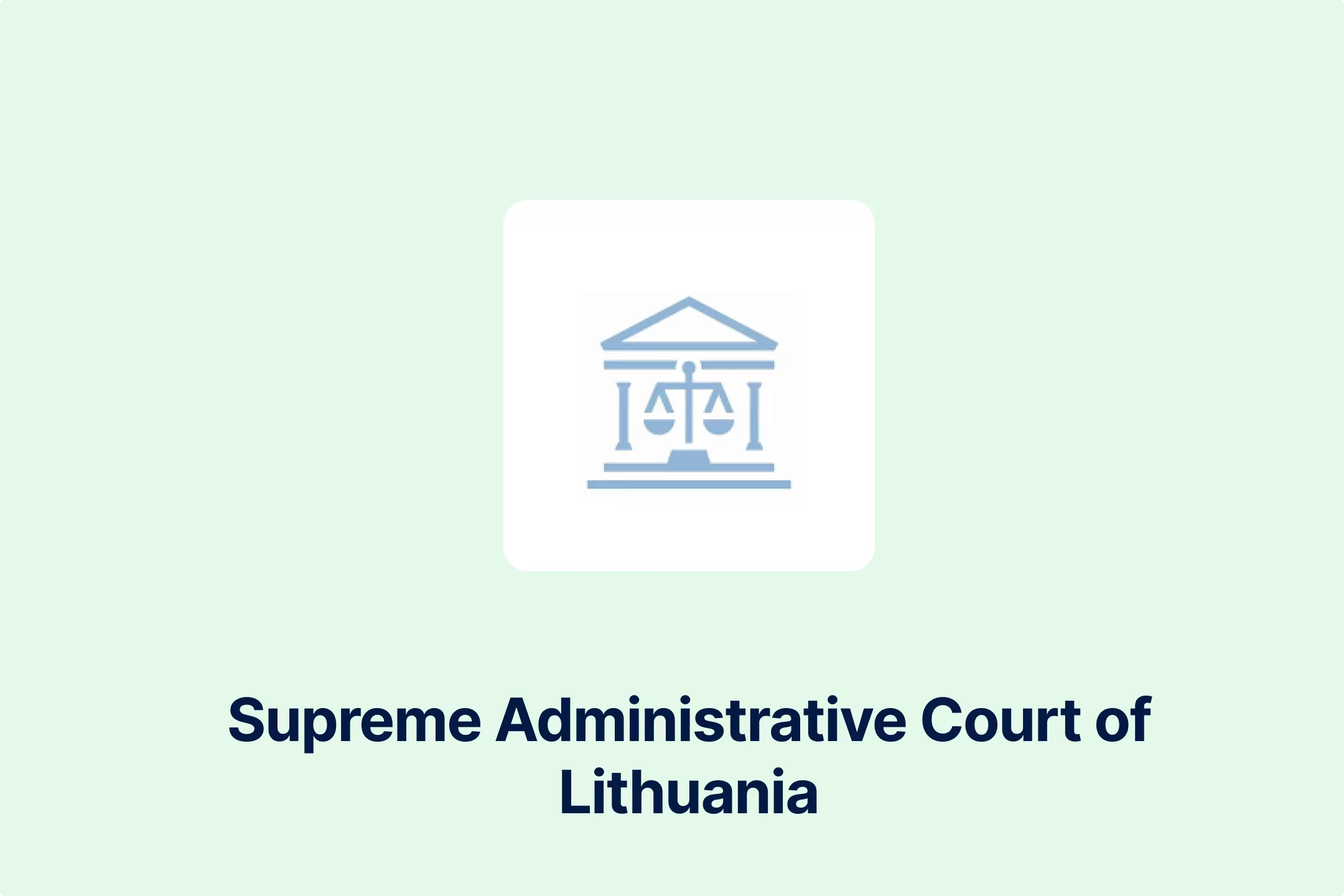
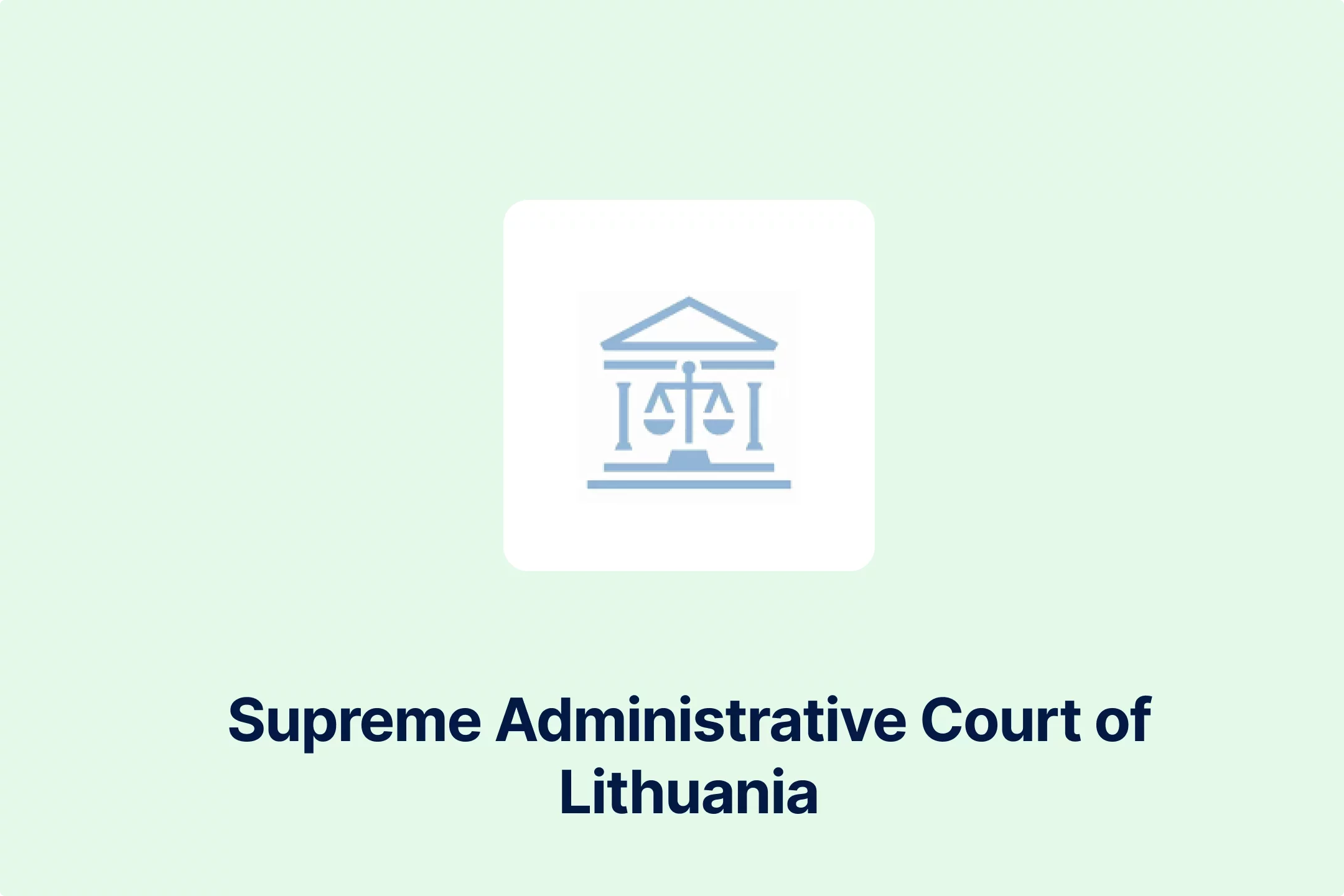

-qzsah2ifqx.webp)
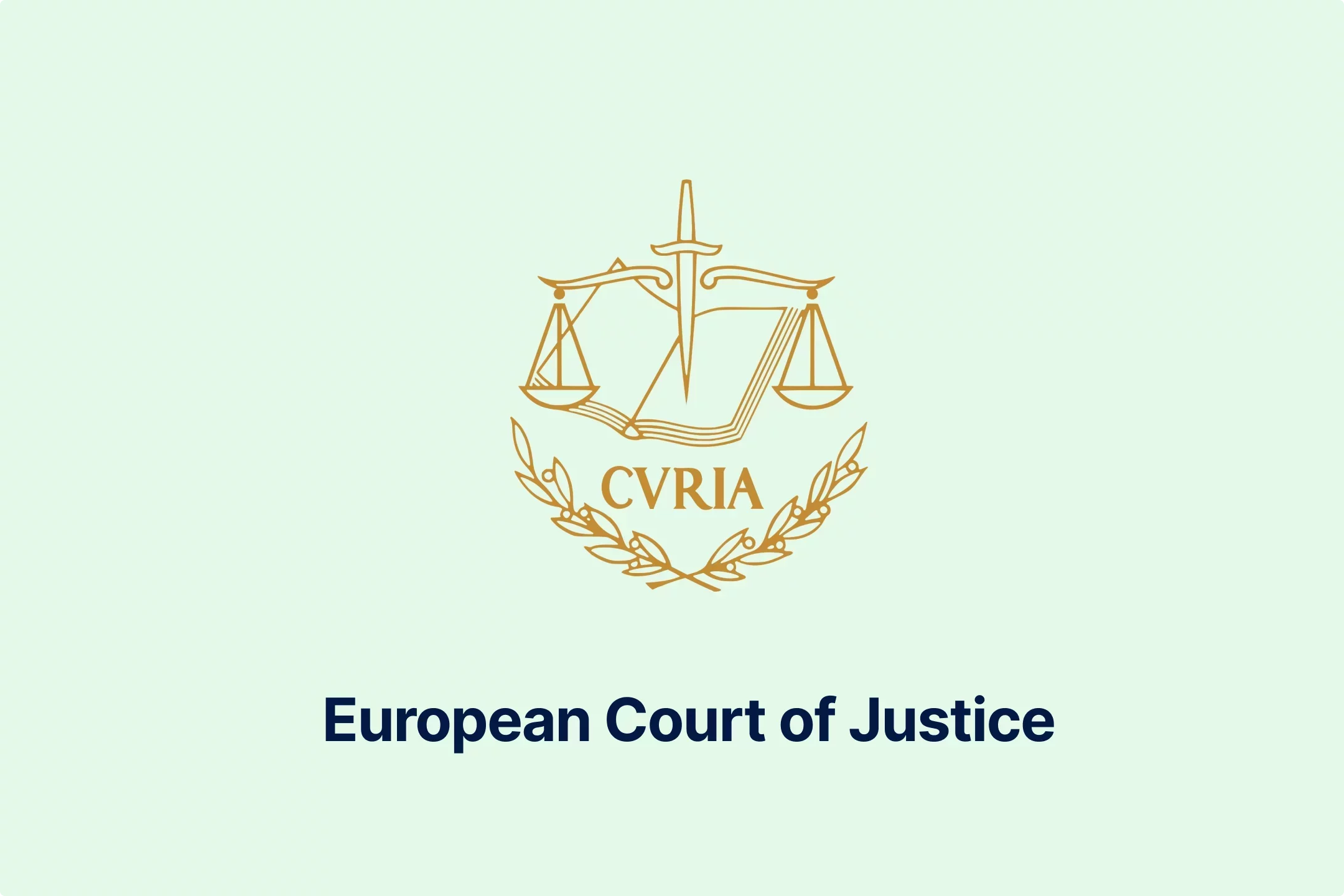
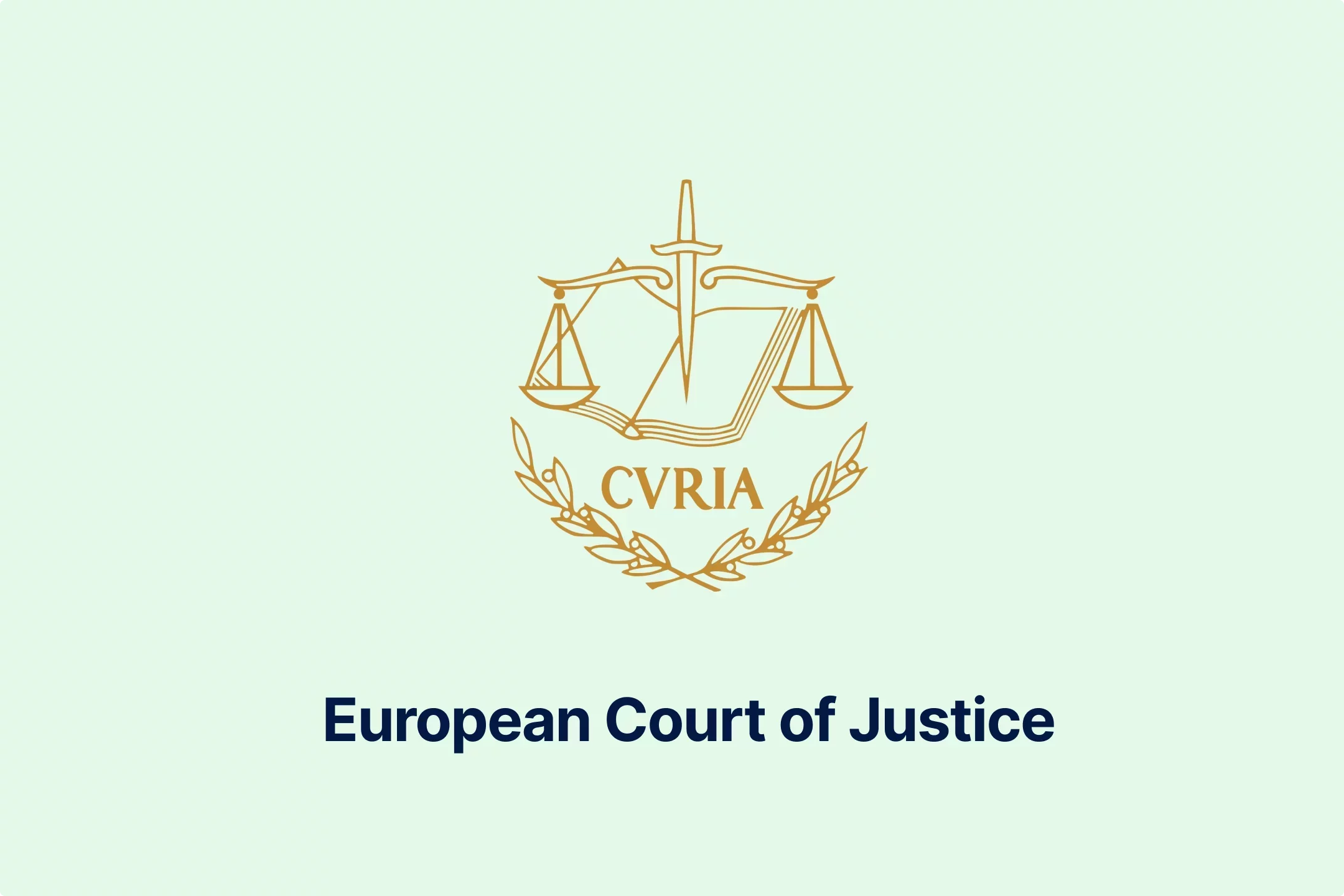
-69rzooghib.webp)
-wrvng98m0g.webp)
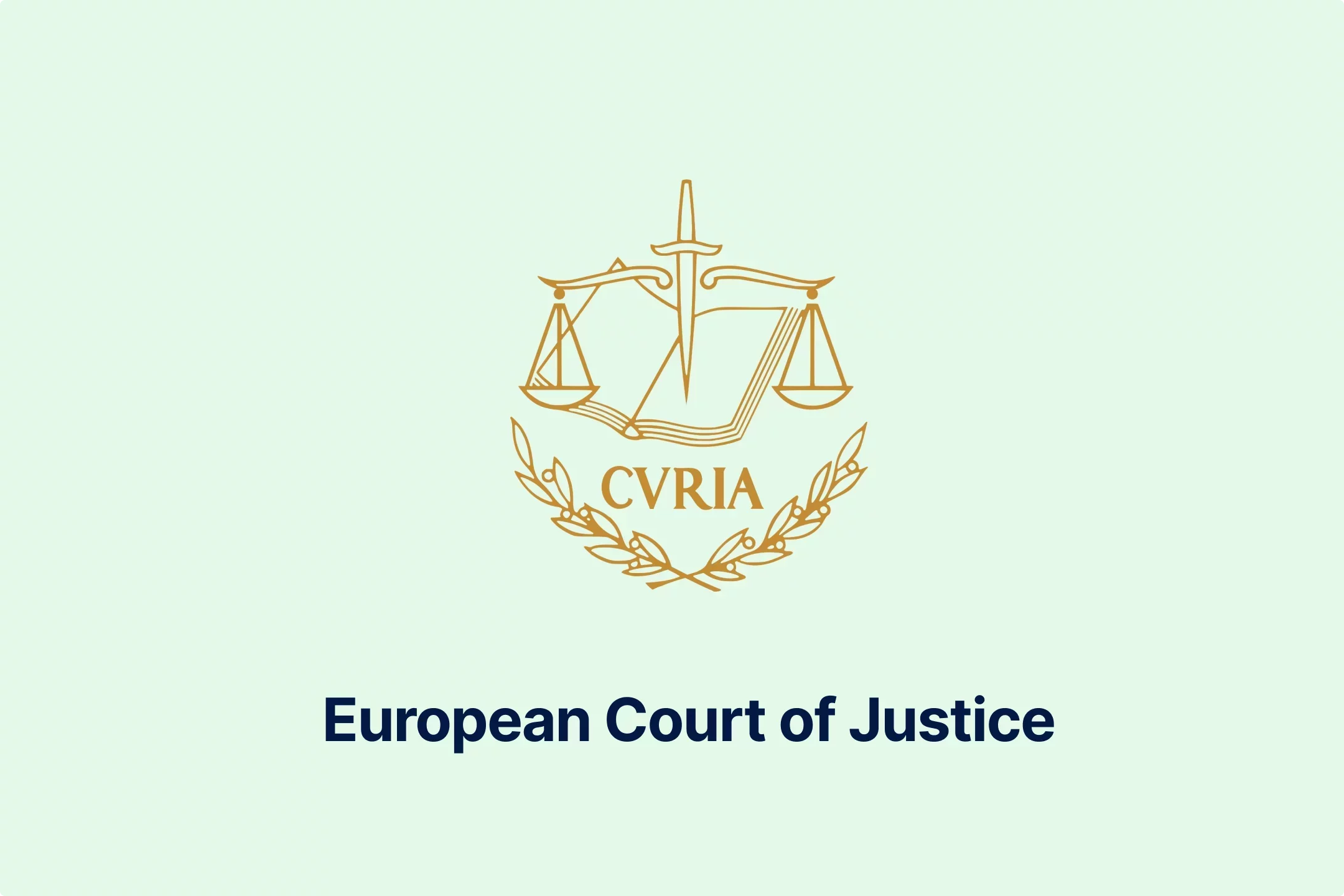
-psucycuxh2.webp)
-klyo8bn5lc.webp)
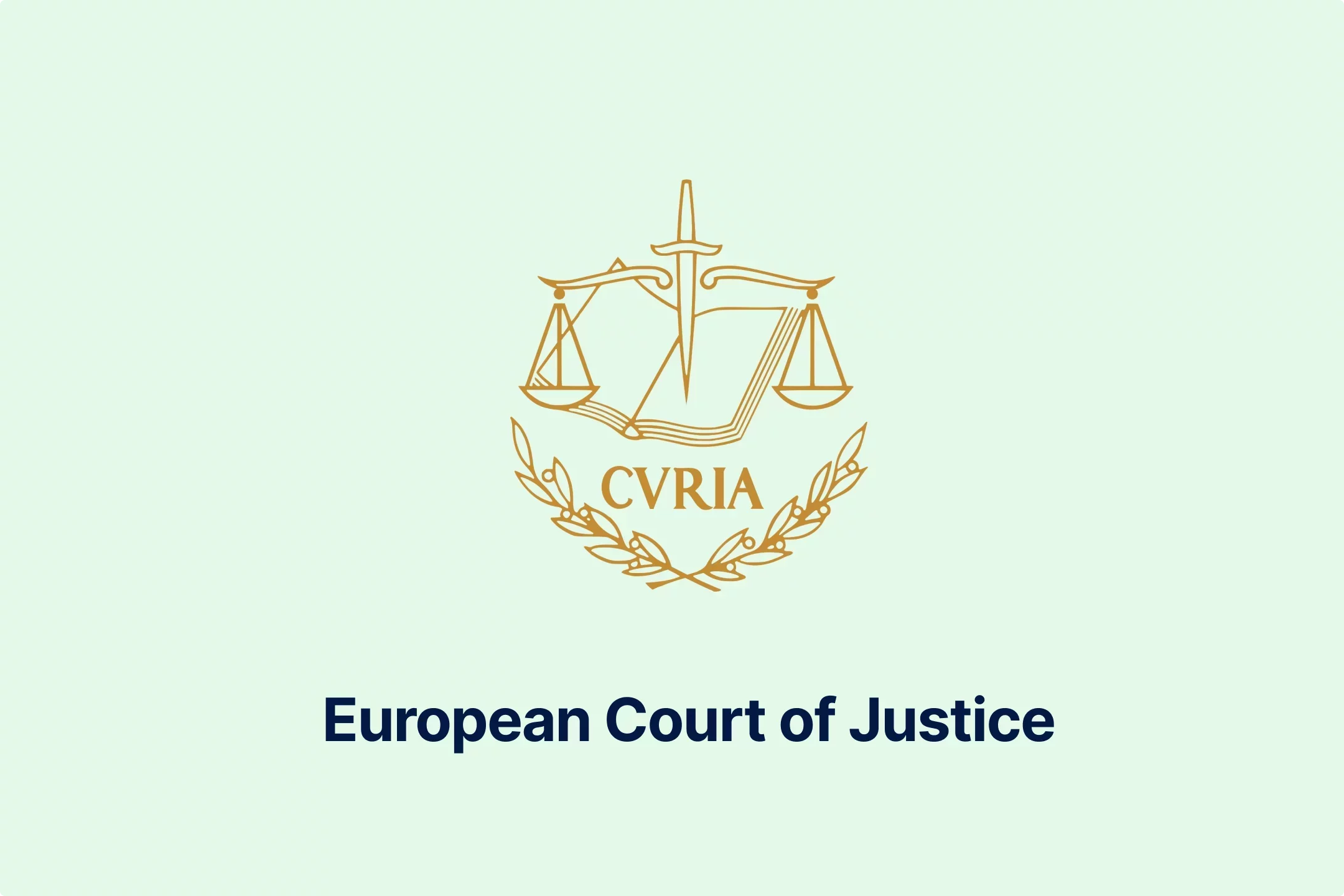
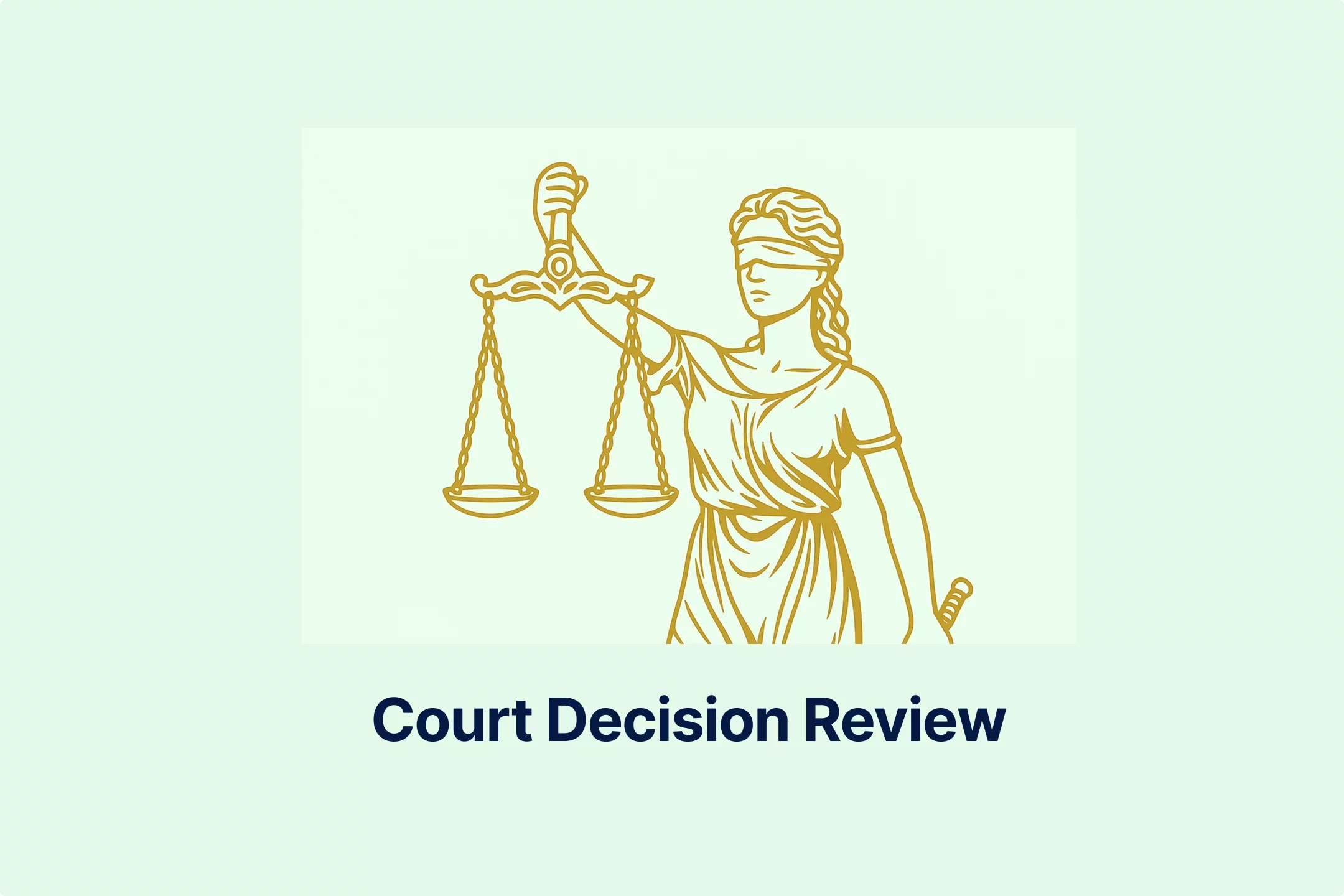
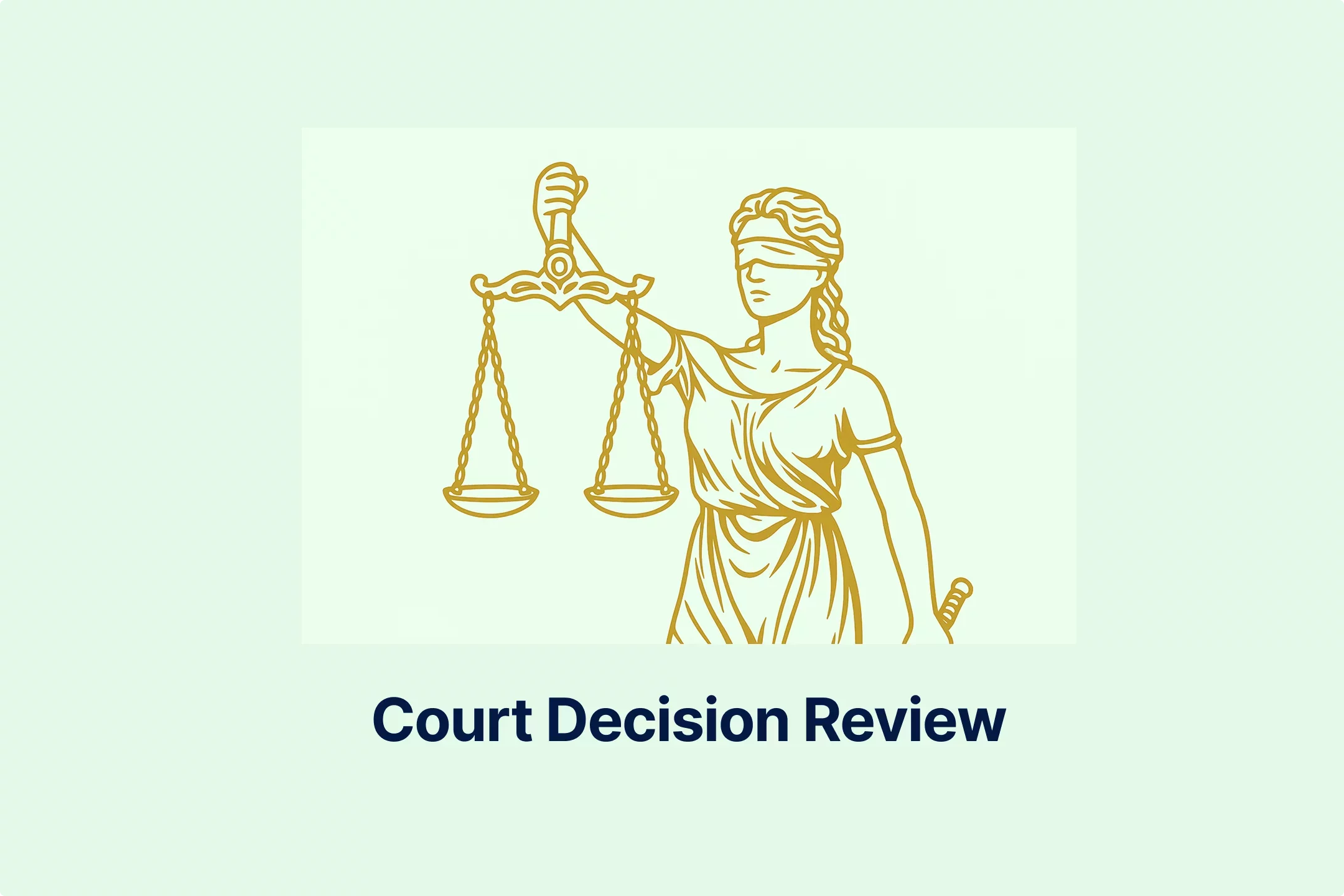
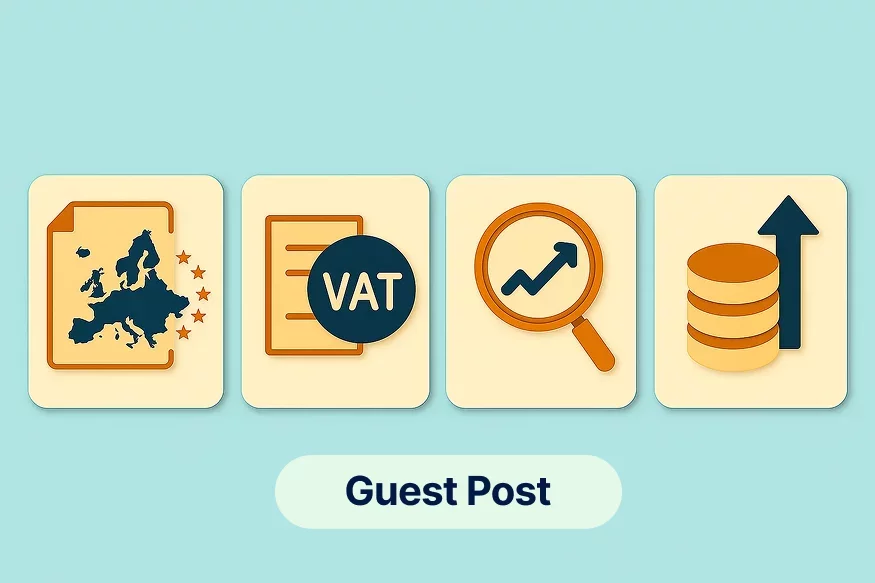
-6wv5h5eyyd.webp)
-tfgg78rbid.webp)
-a6jpv9ny8v.webp)
-qhdbapy0qr.webp)
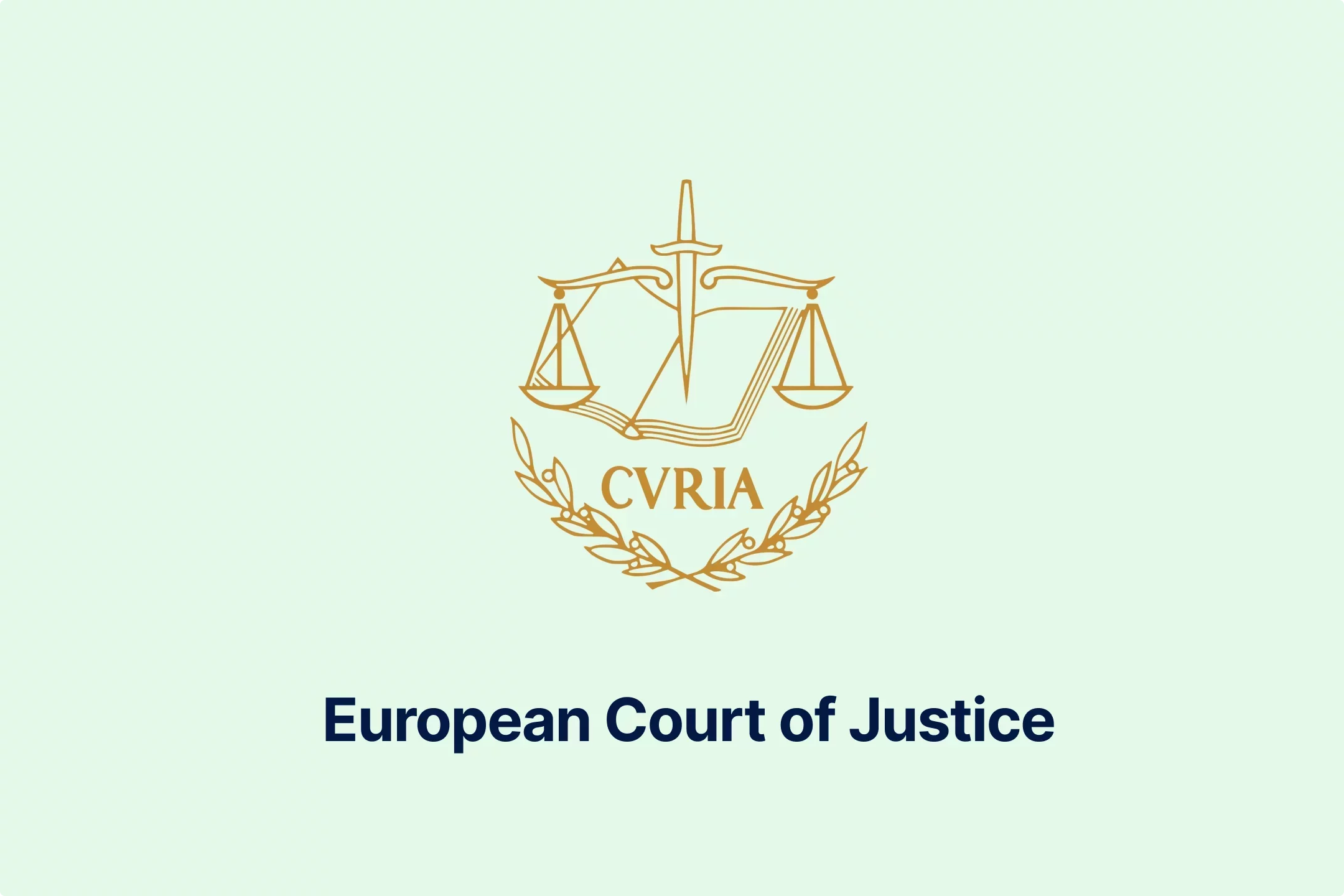
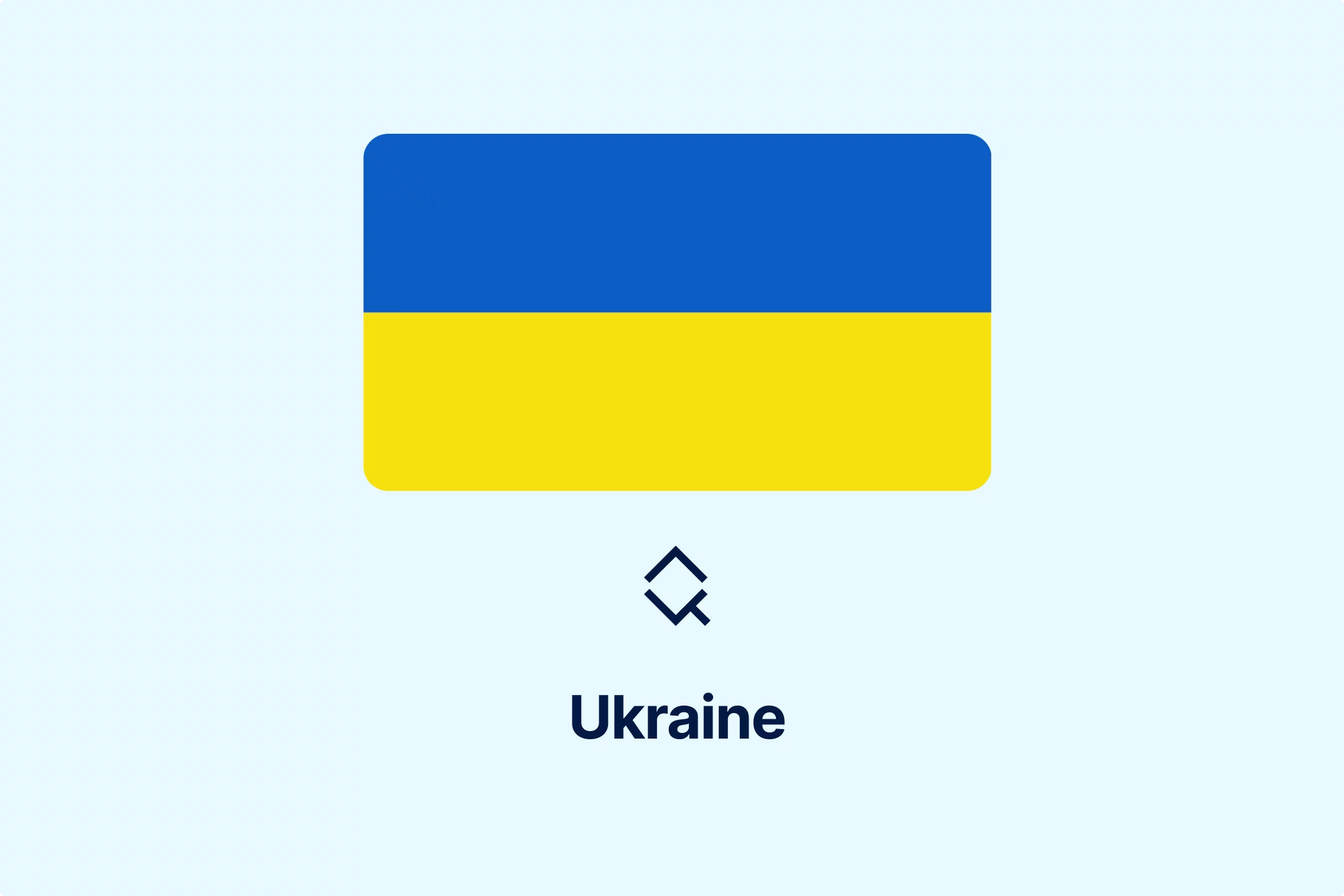
-owvu7zoc13.webp)
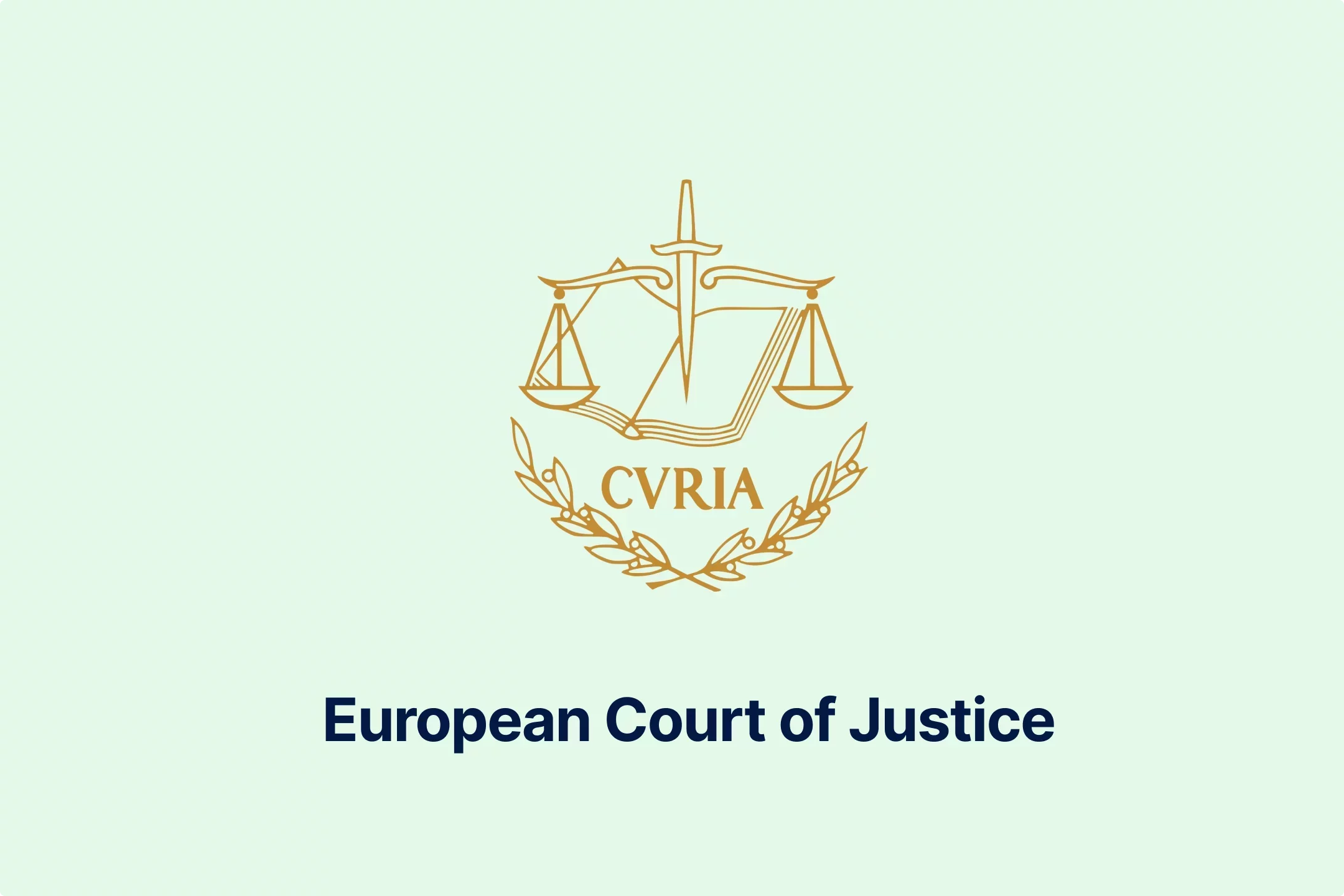

-h28jrh1ukm.webp)
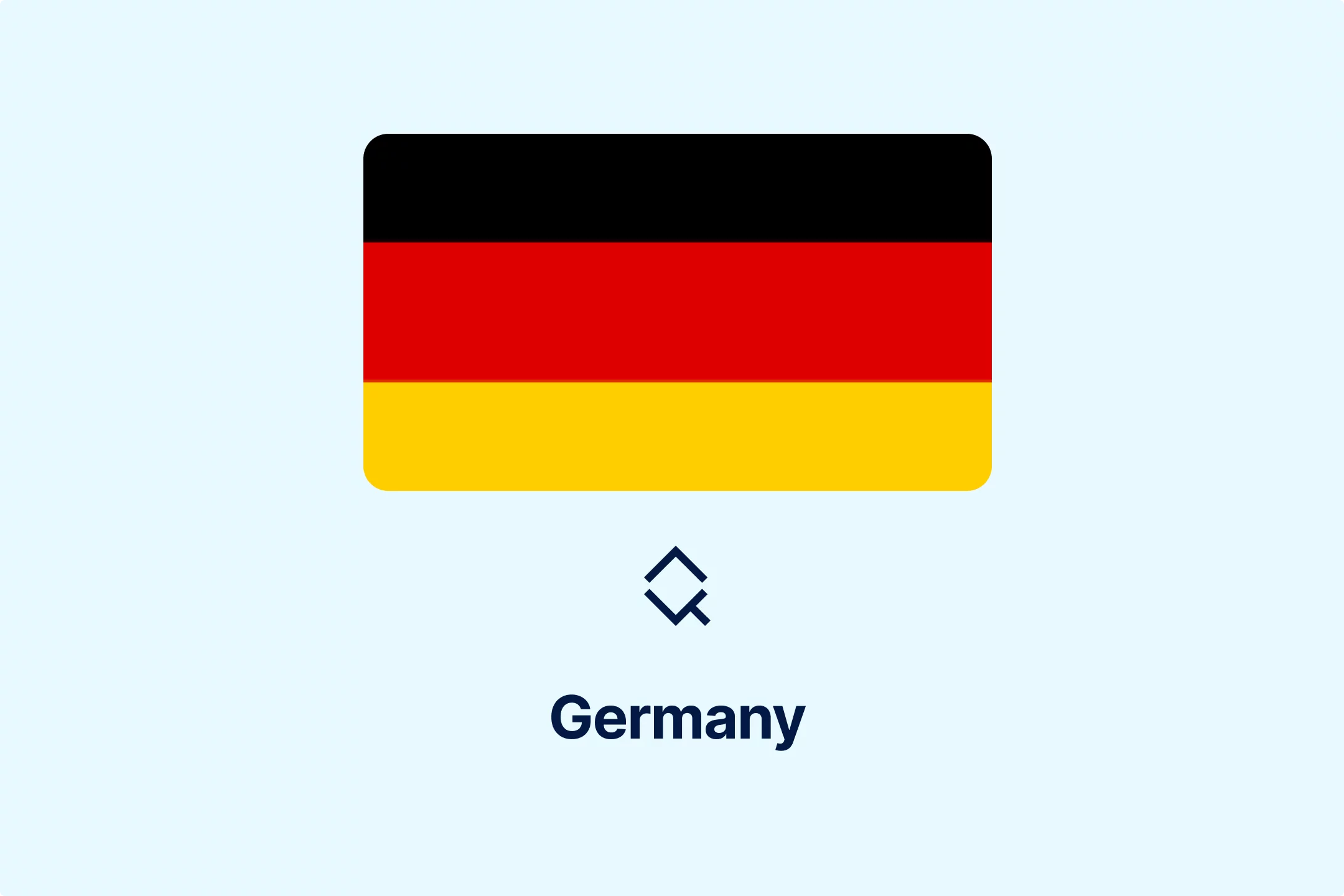
-wl9bl1rw3a.webp)
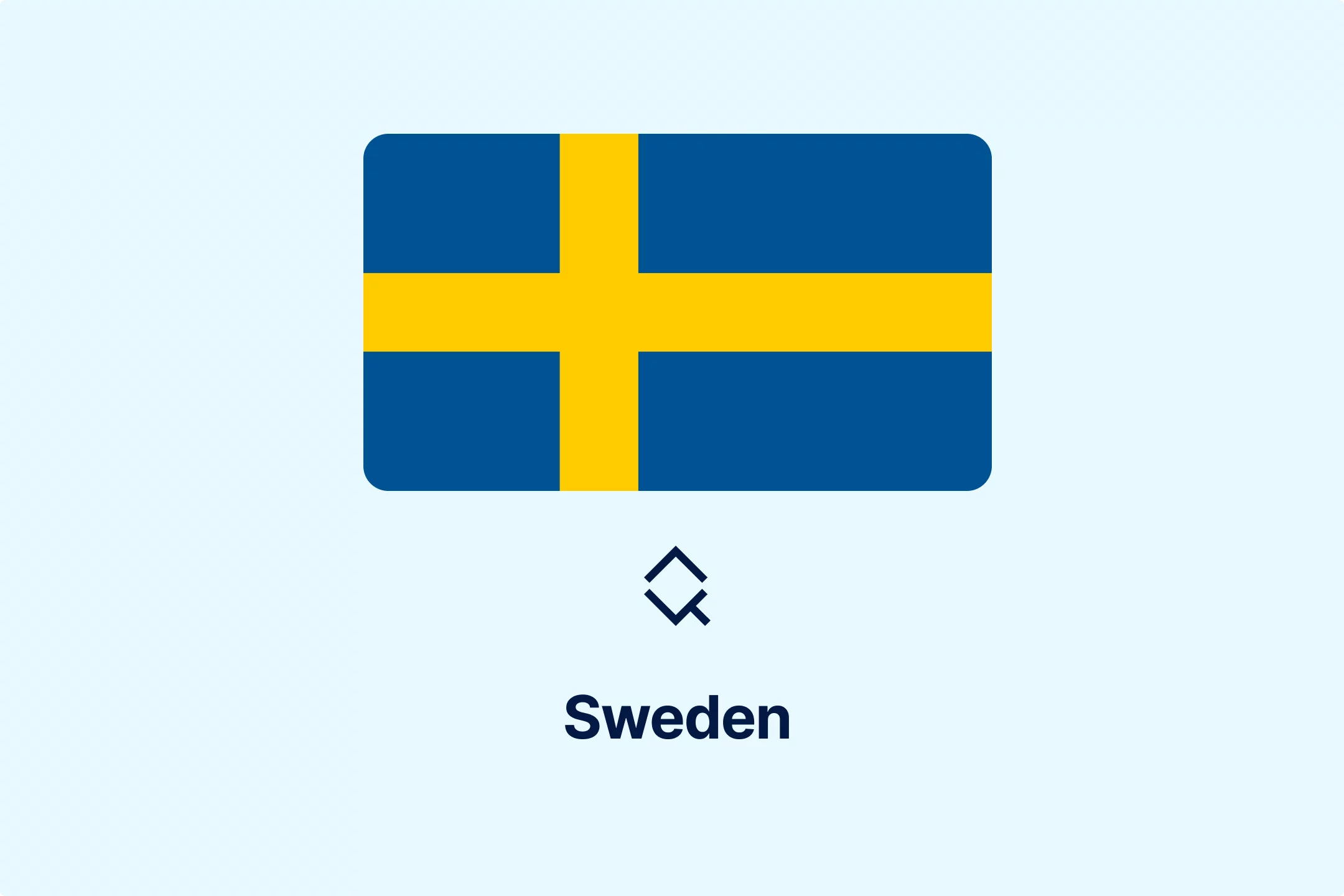
-2w76jtvtuk.webp)
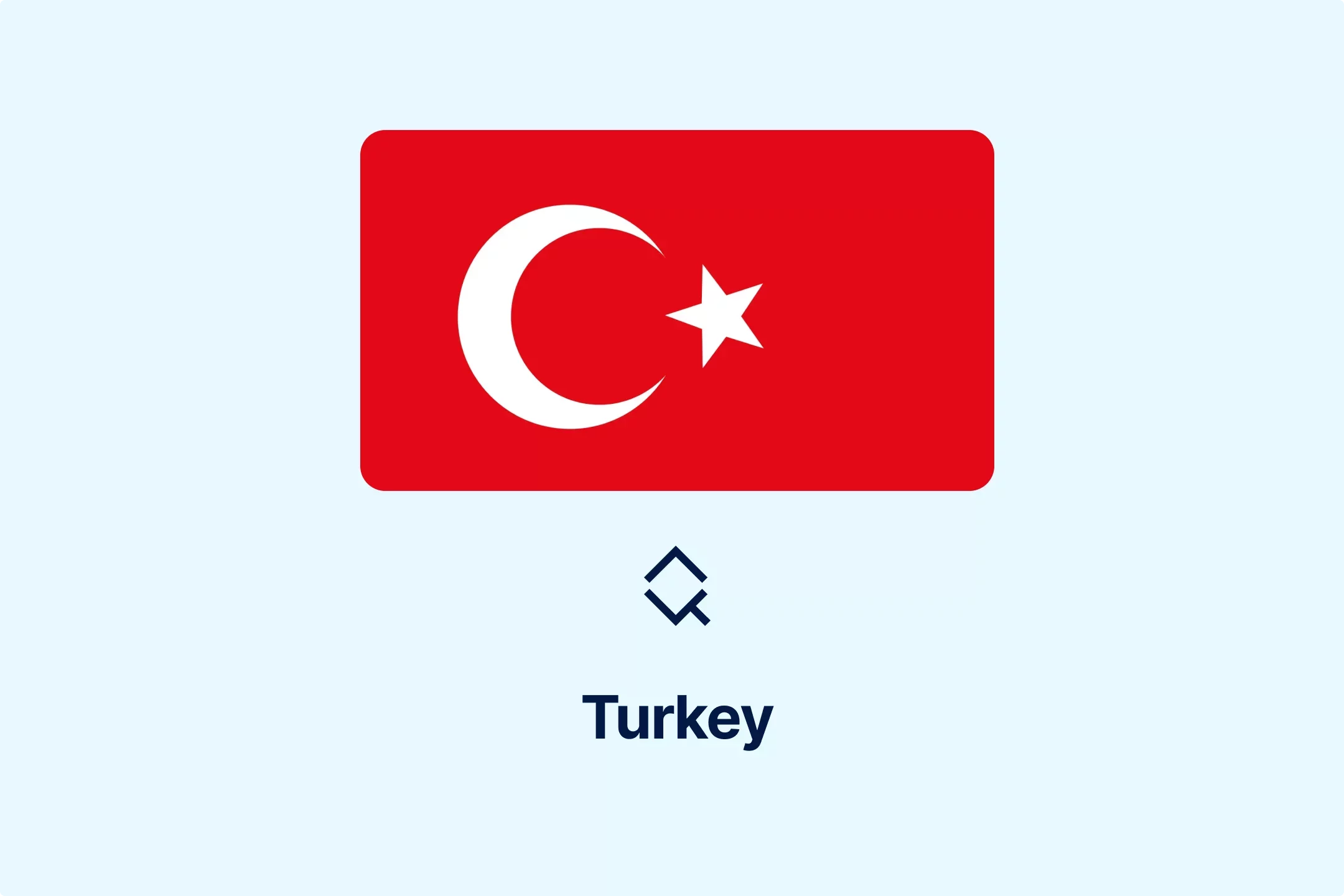
-c0uvrmrq9j.webp)
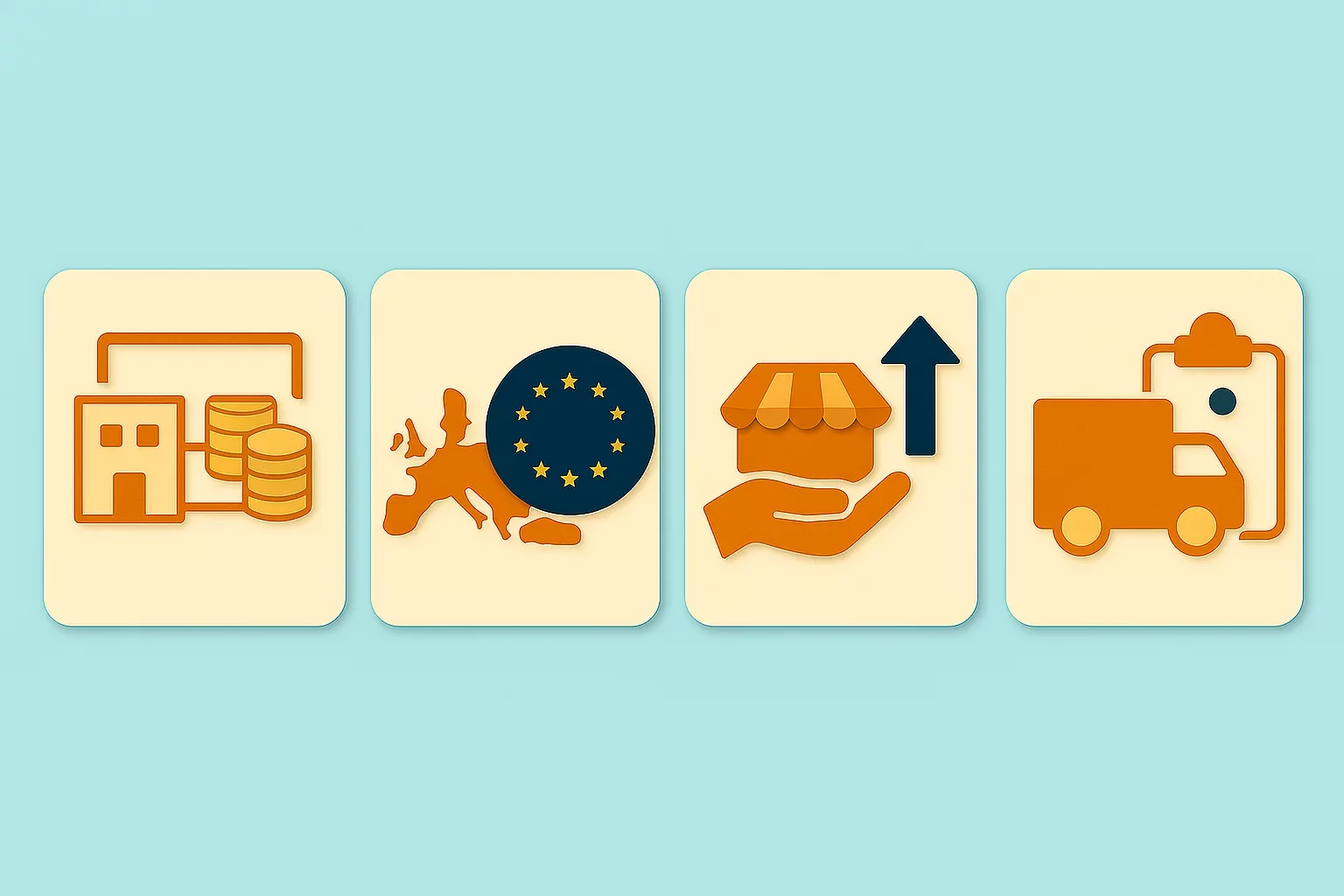
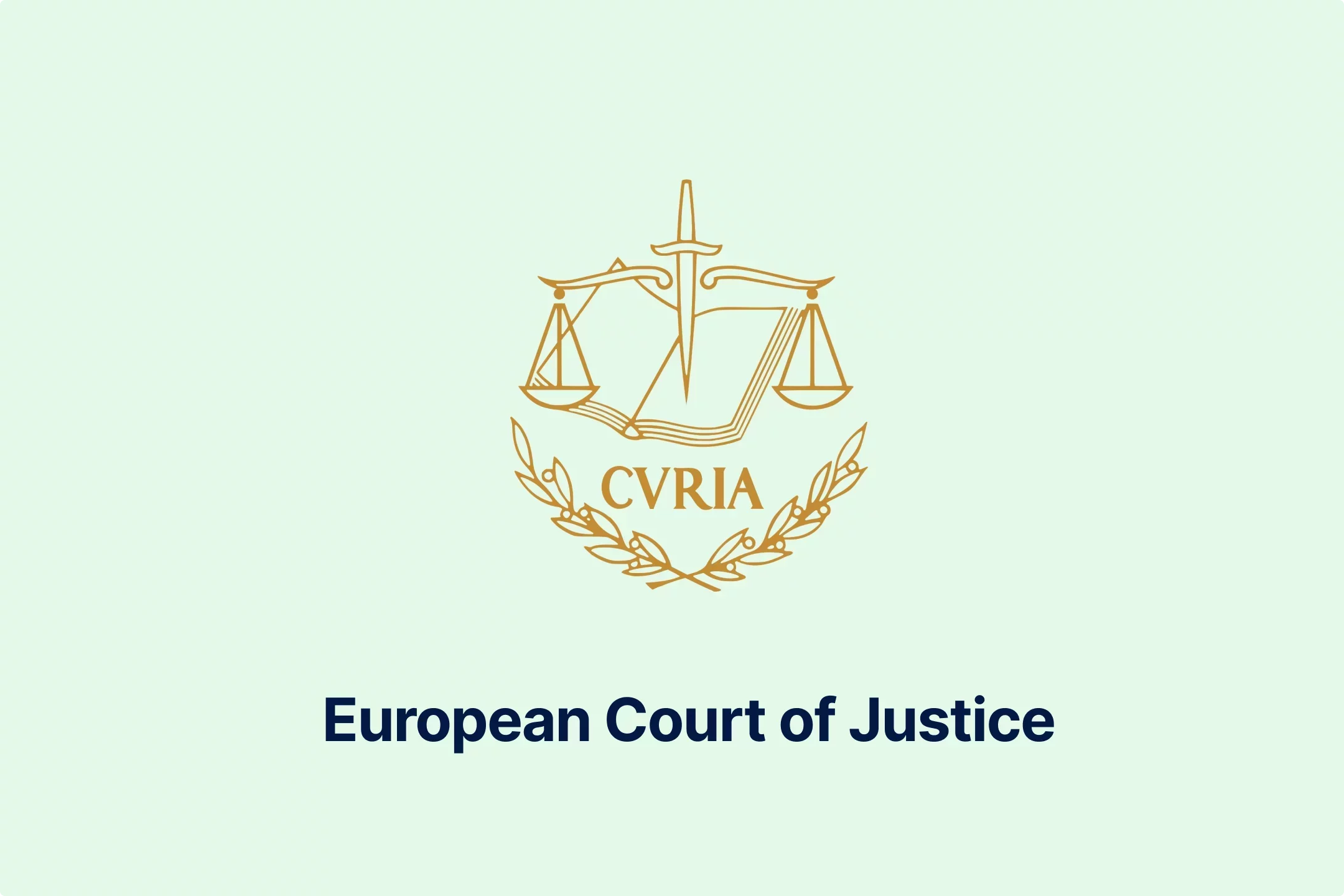
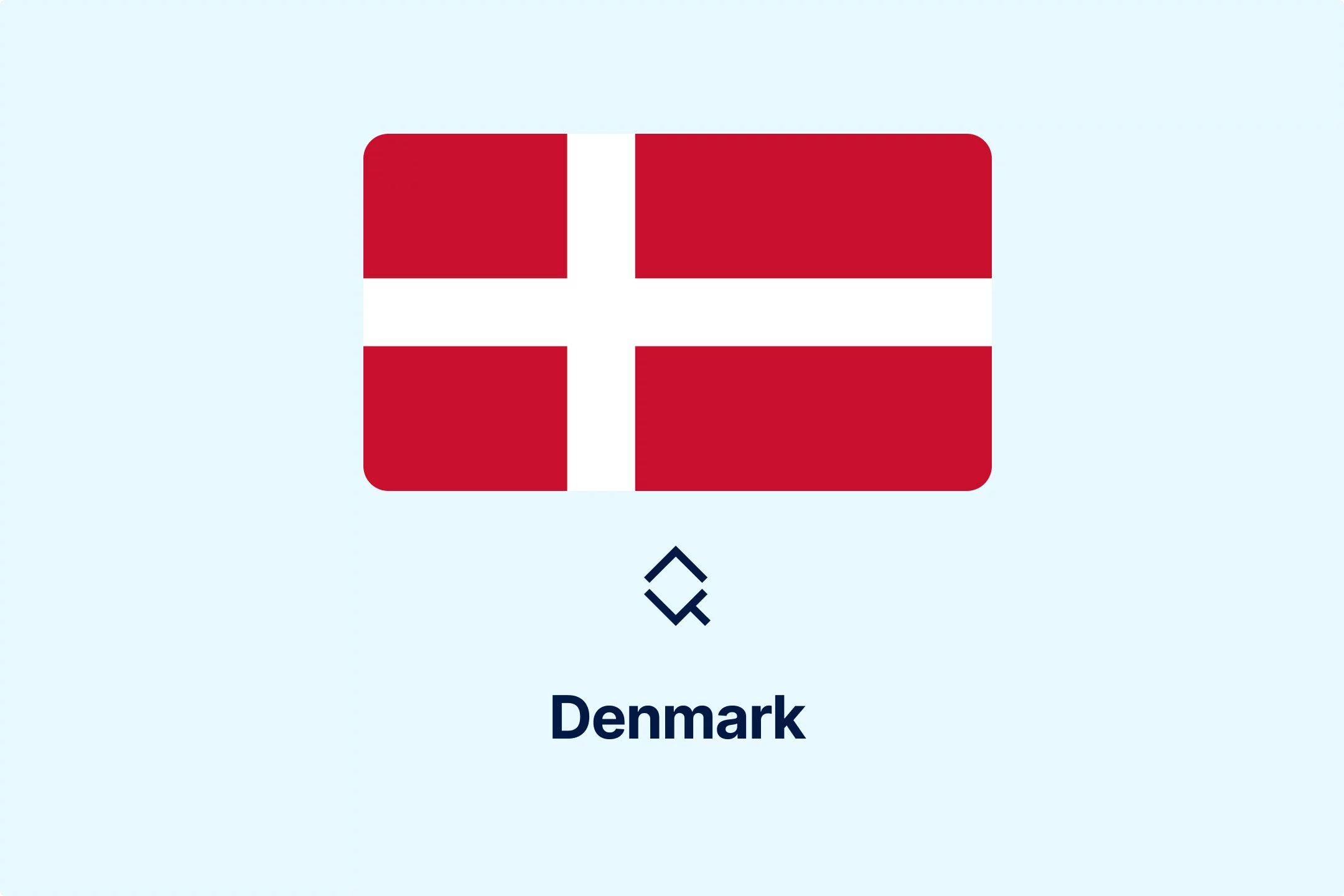
-pofe7ucwz3.webp)
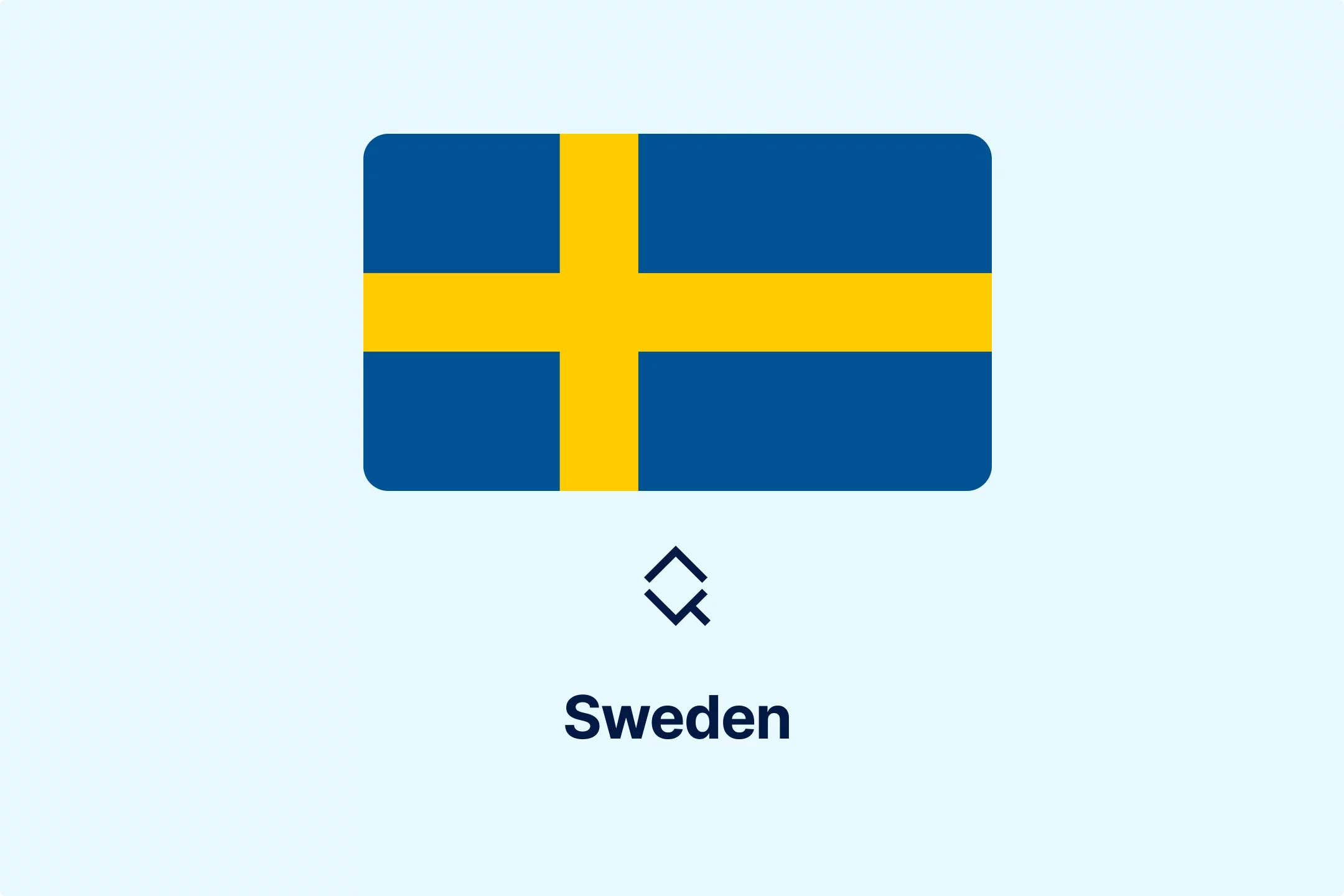

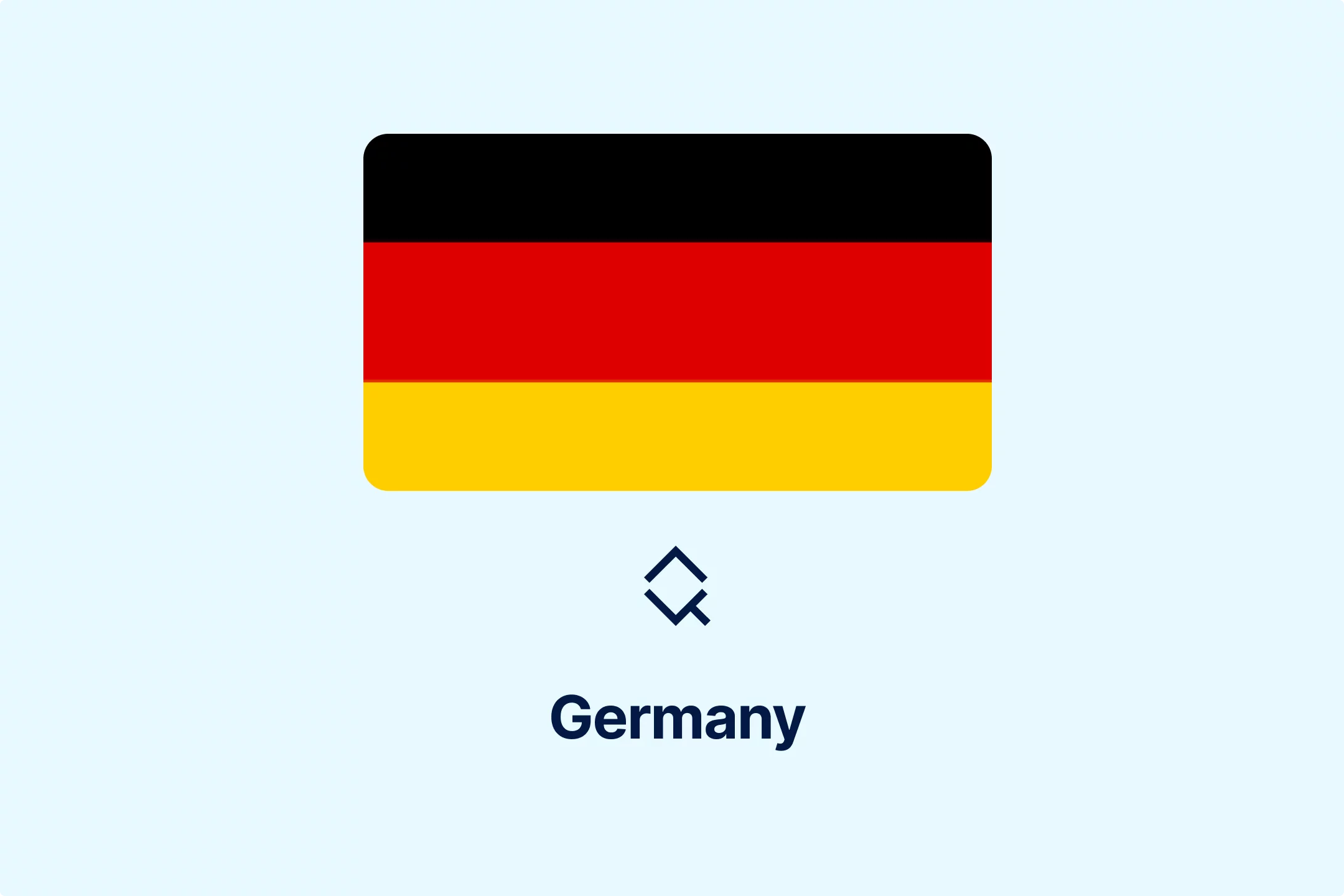
-5cc23ezxyf.webp)
-rrmabbekeb.webp)
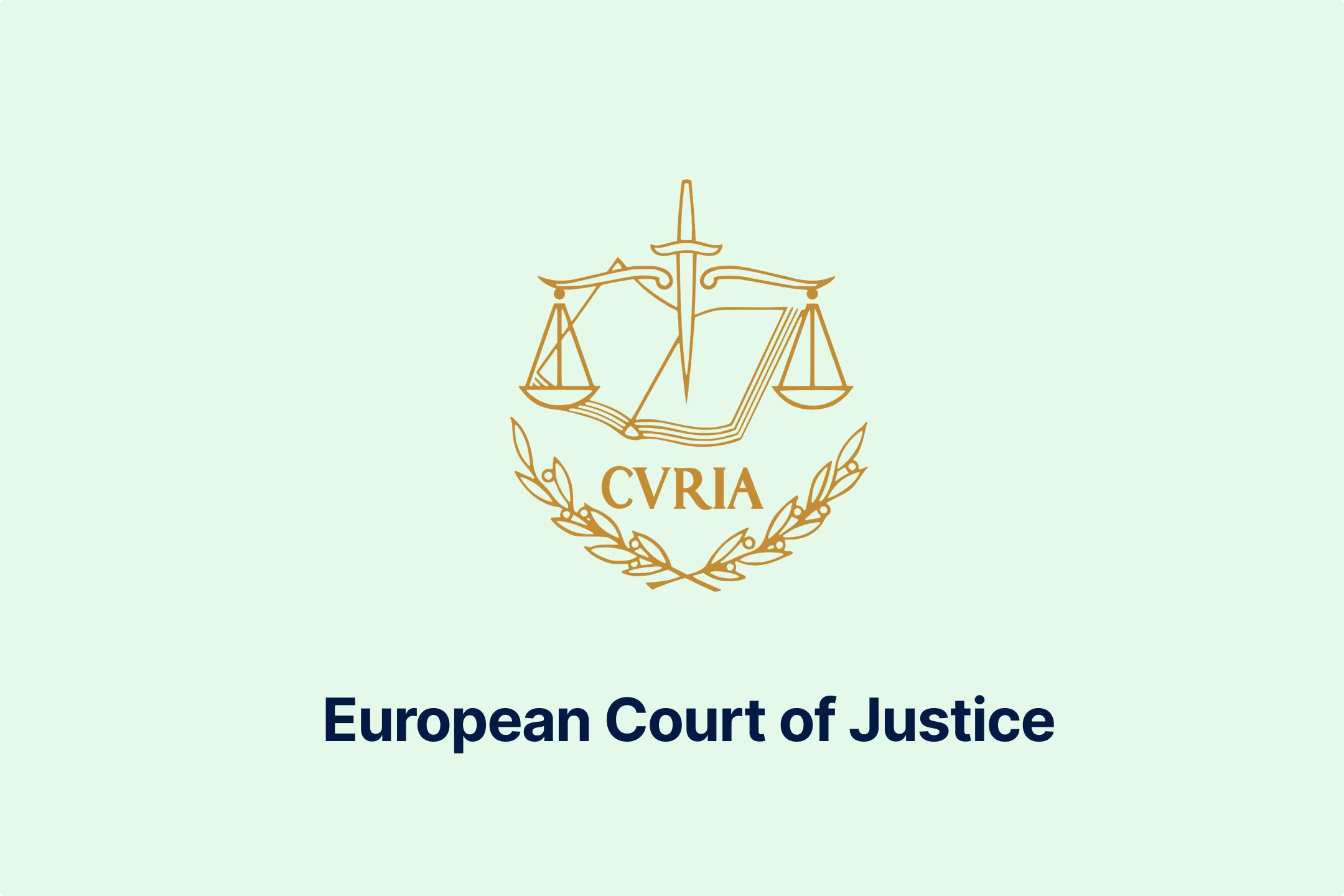
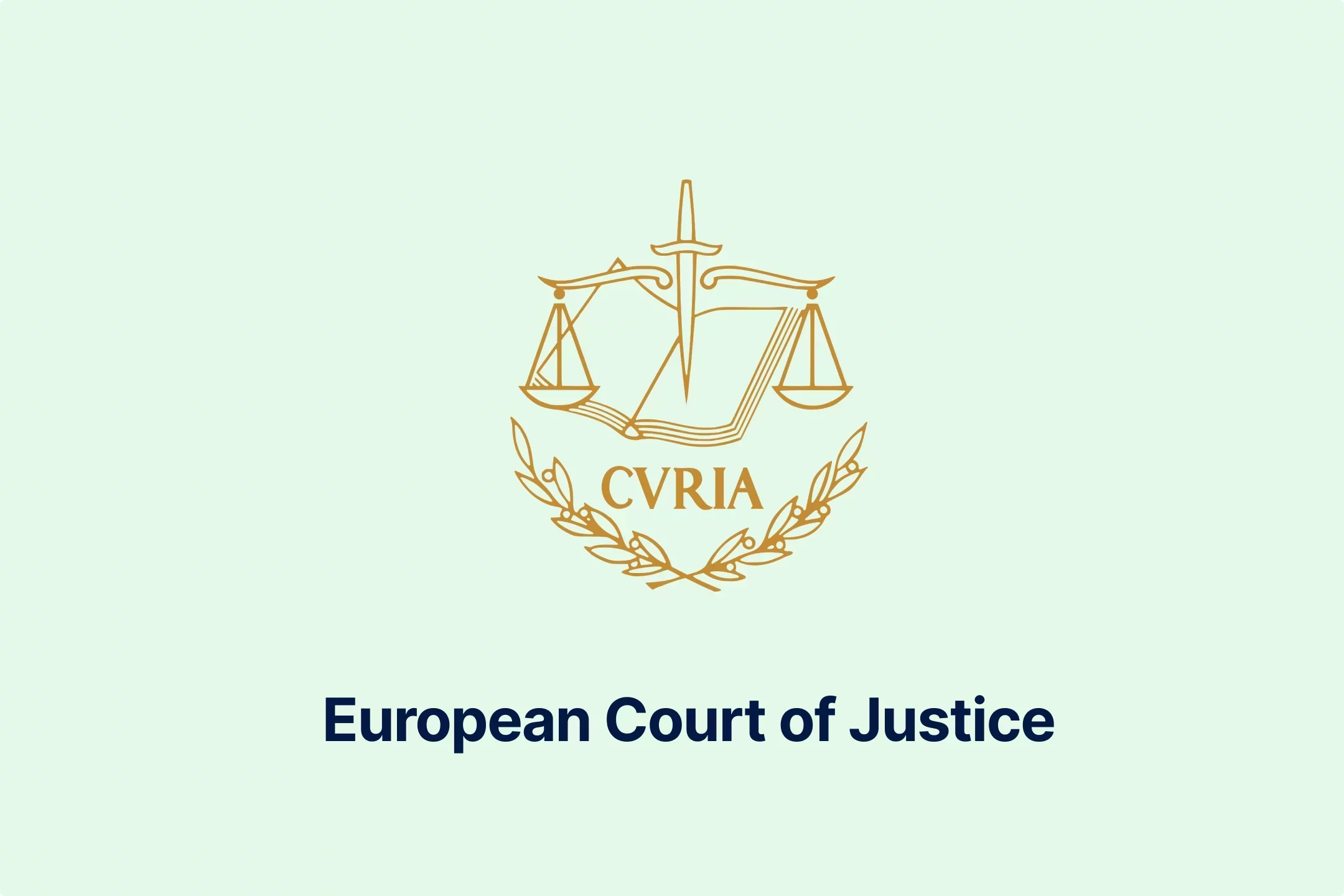
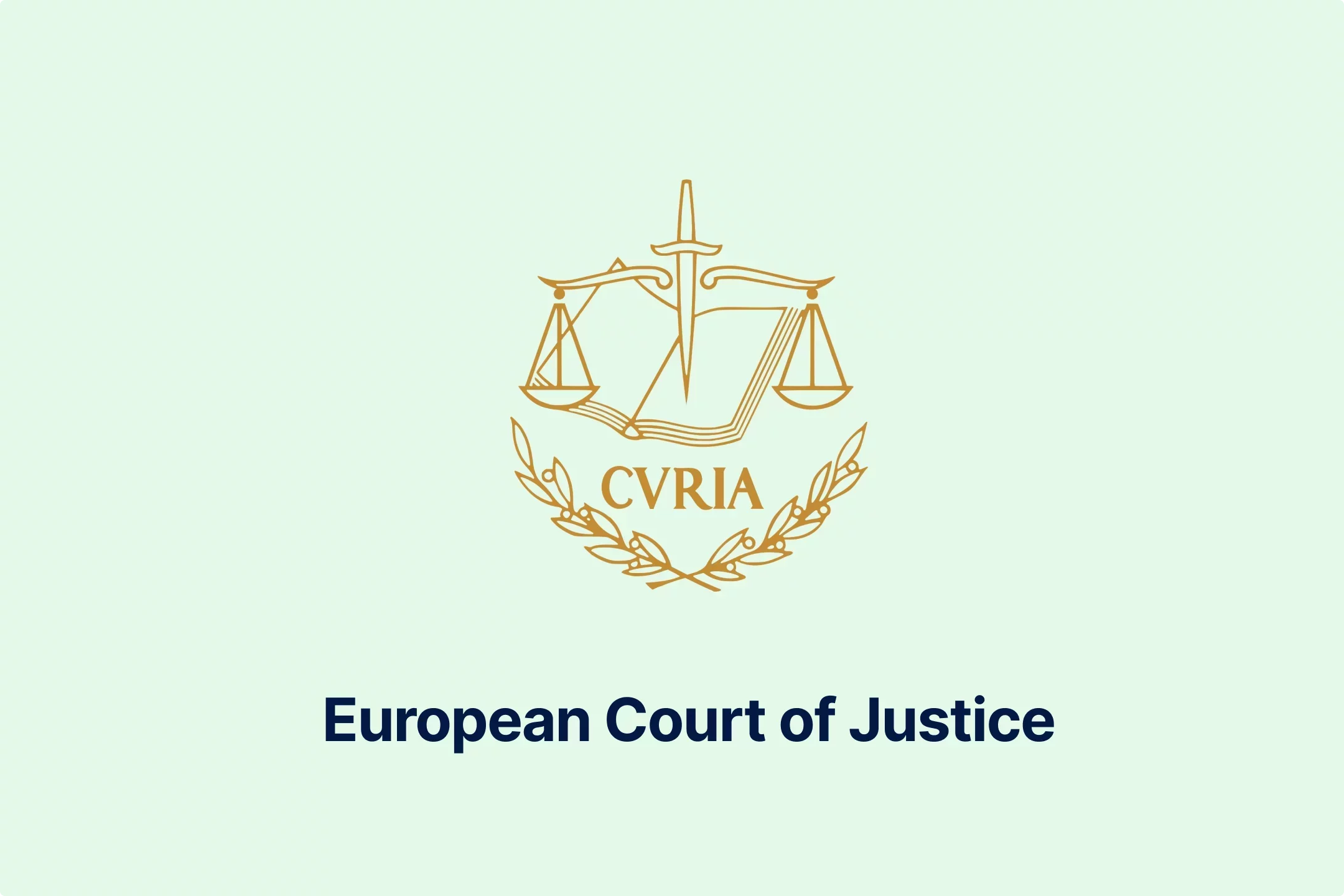
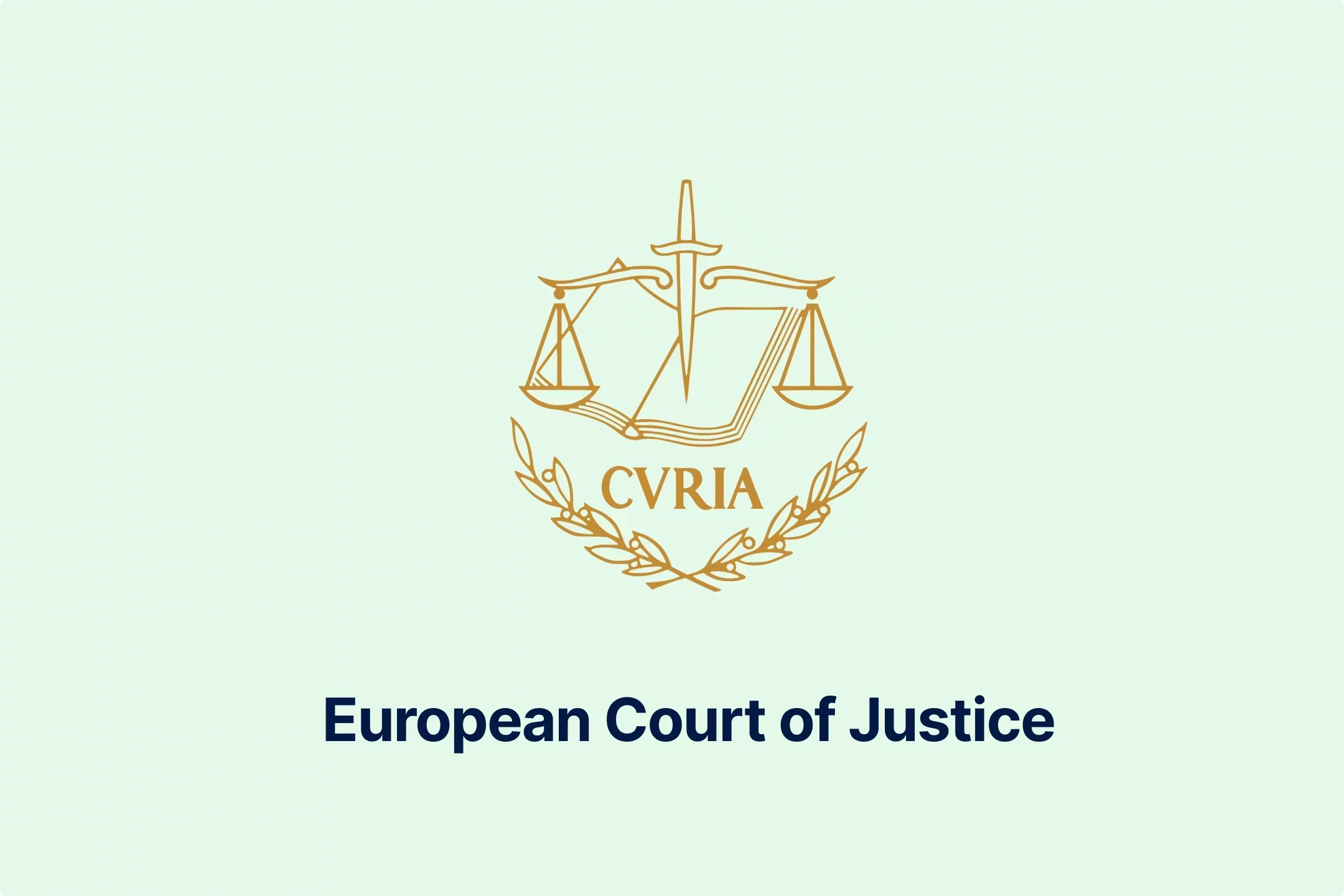
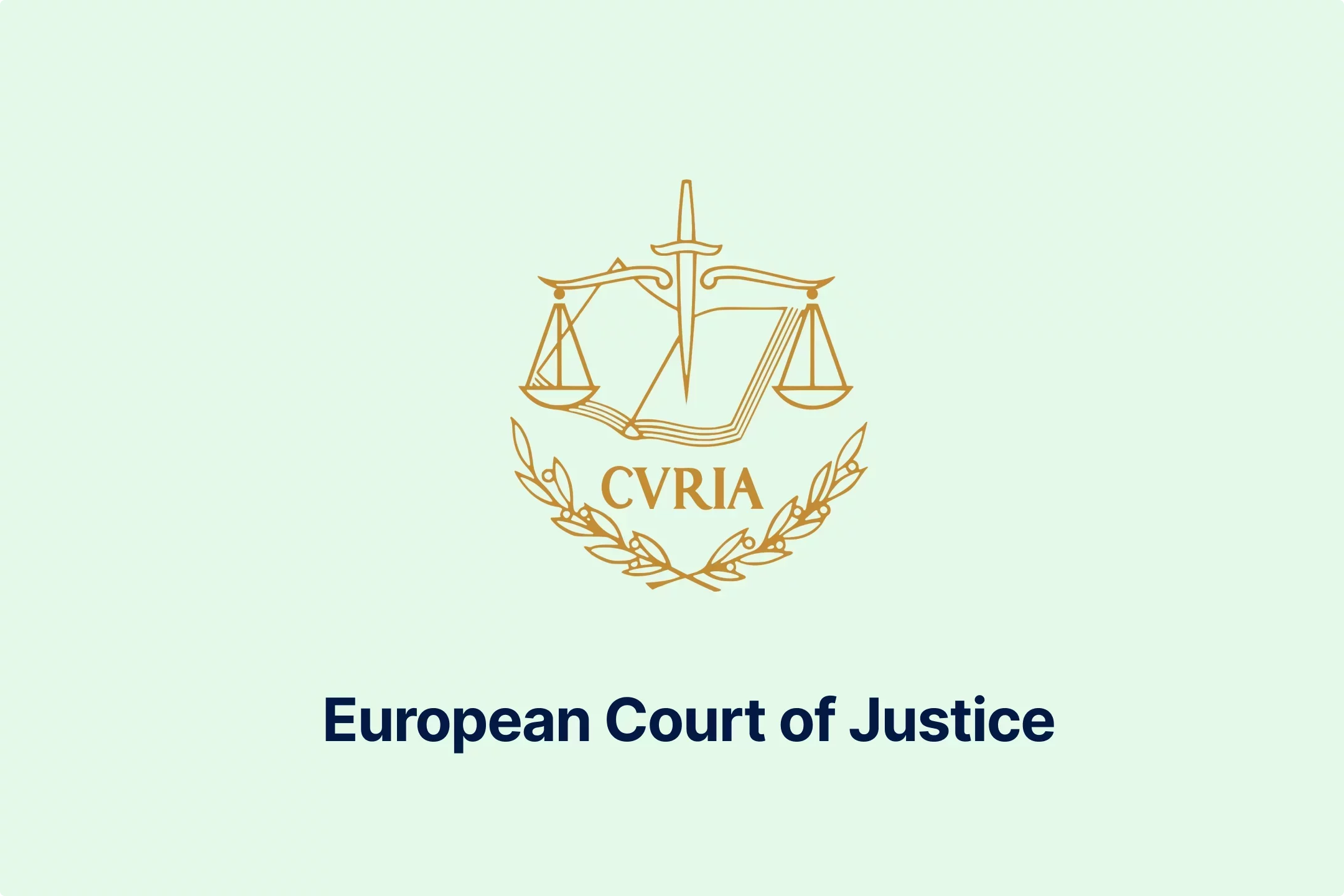
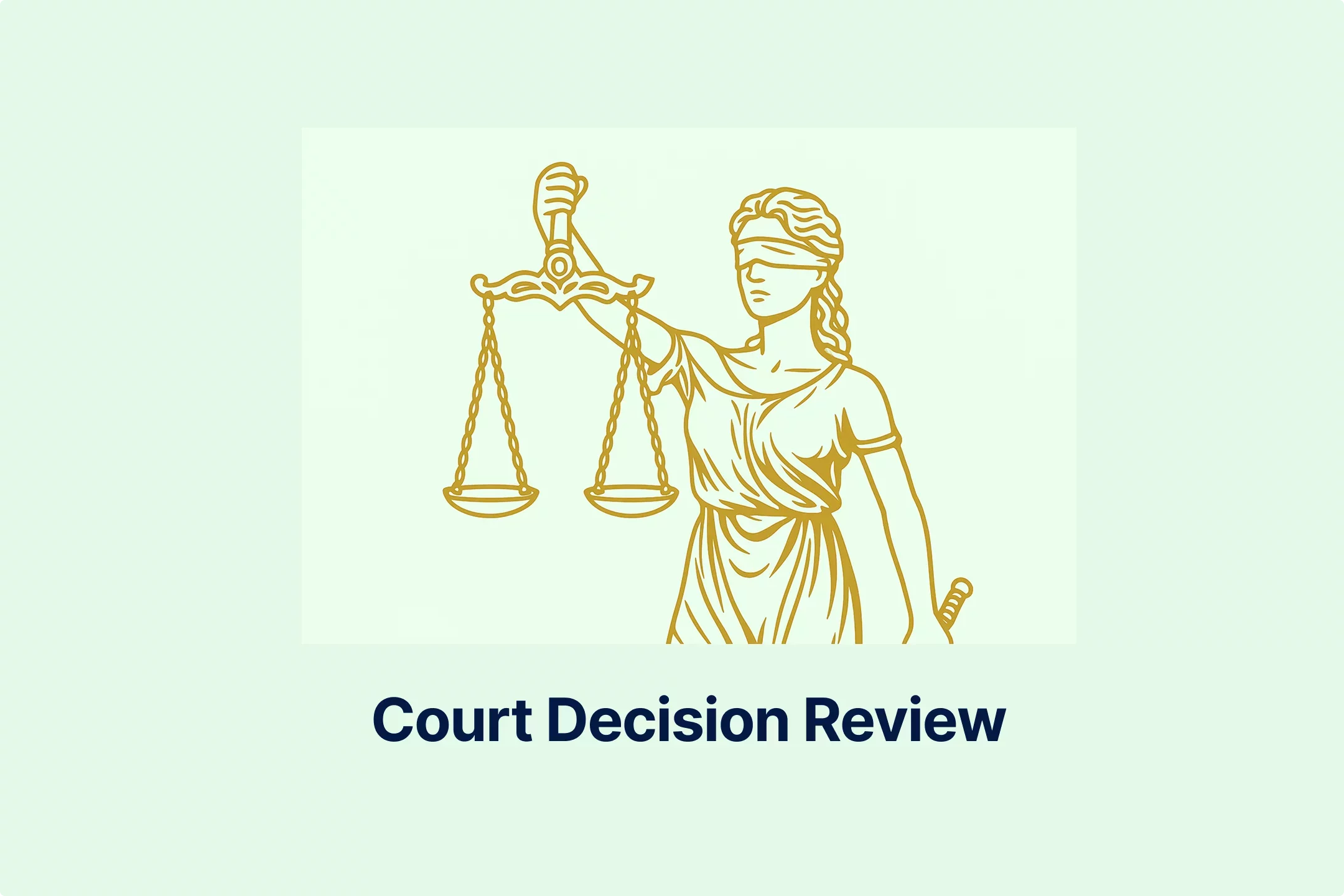
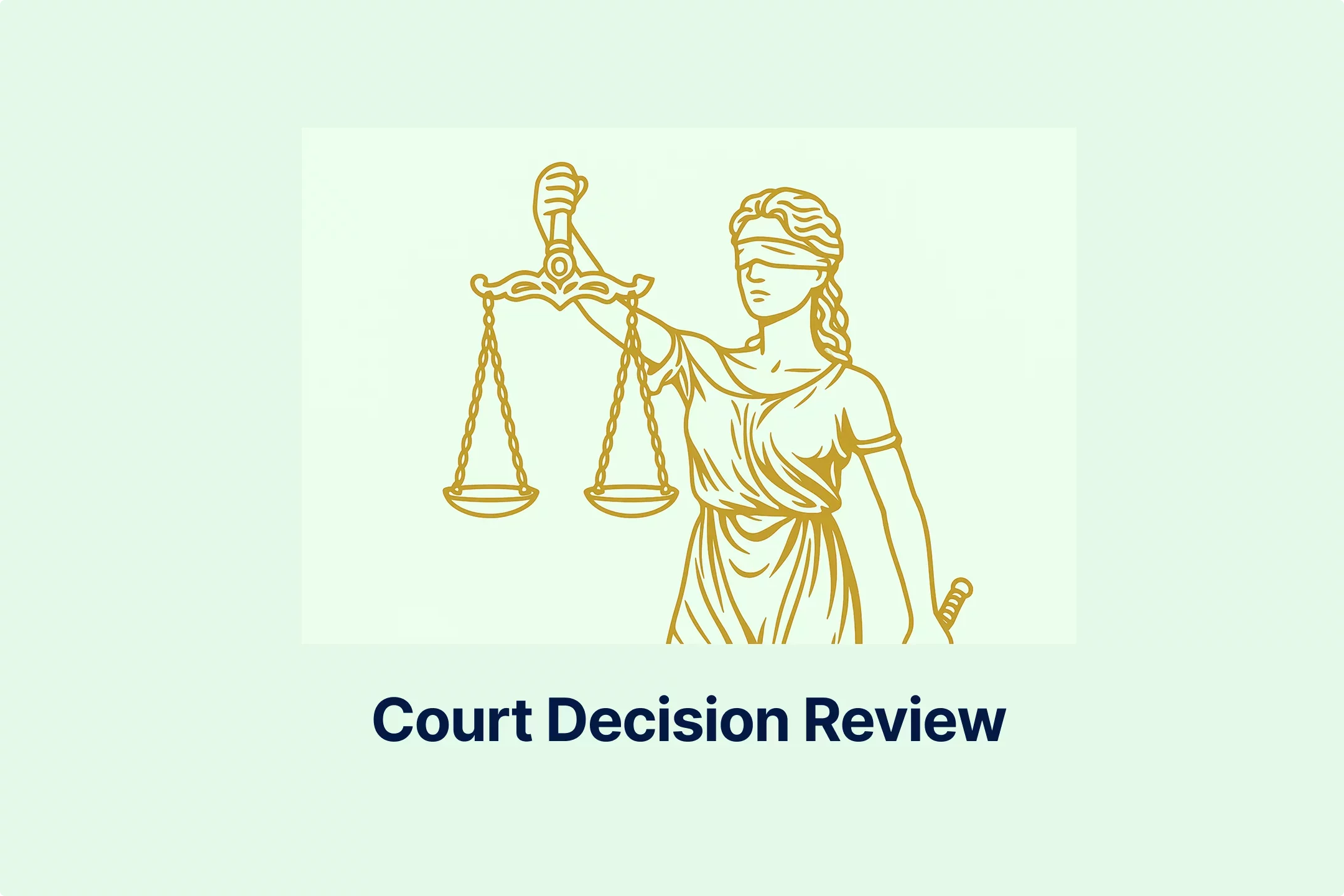
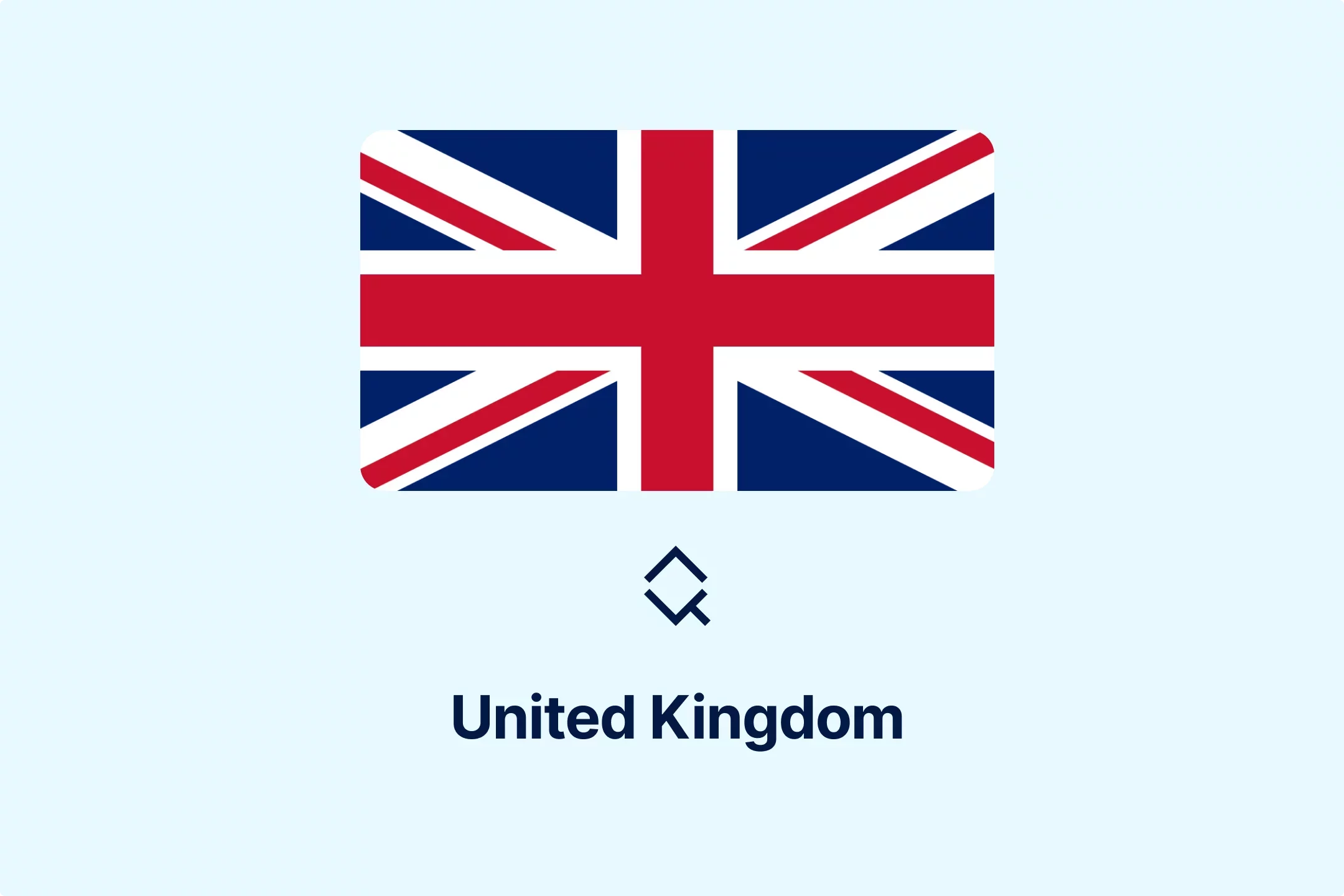
-iyyeiabtaf.webp)
-c8rbjkcs01.webp)
-nilkffjhah.webp)
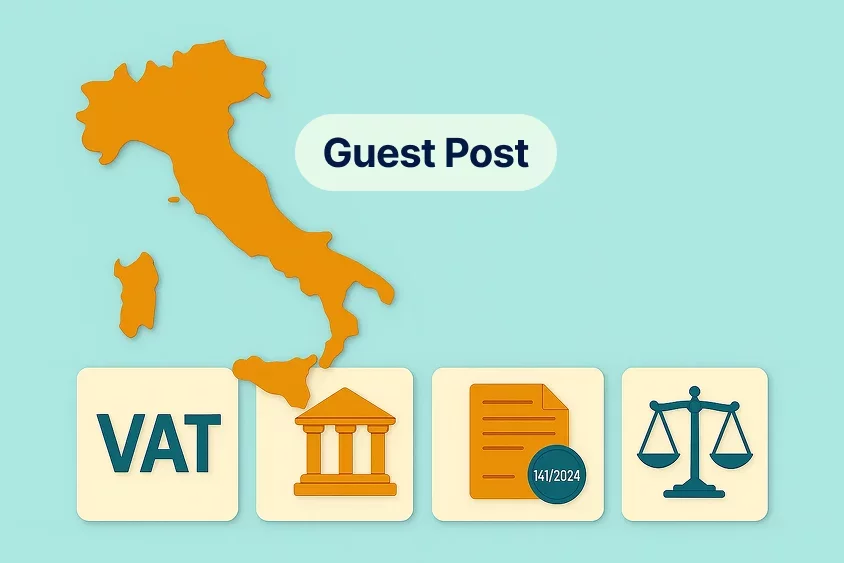
-hikakq55ae.webp)
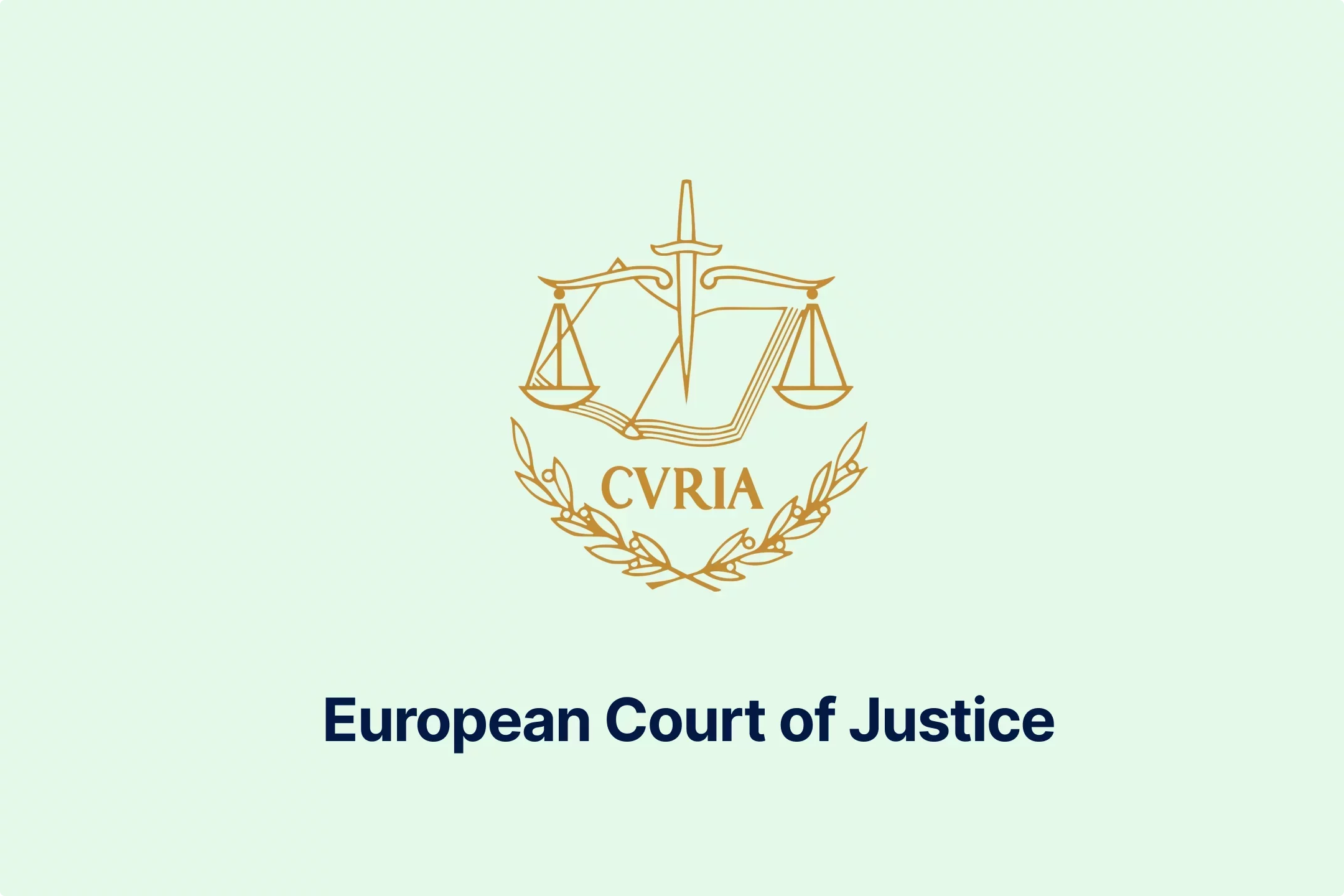
-z1d60bldtg.webp)
-d1a0q6n7mp.webp)
-viip8nvoeh.webp)
-bvv1otliox.webp)
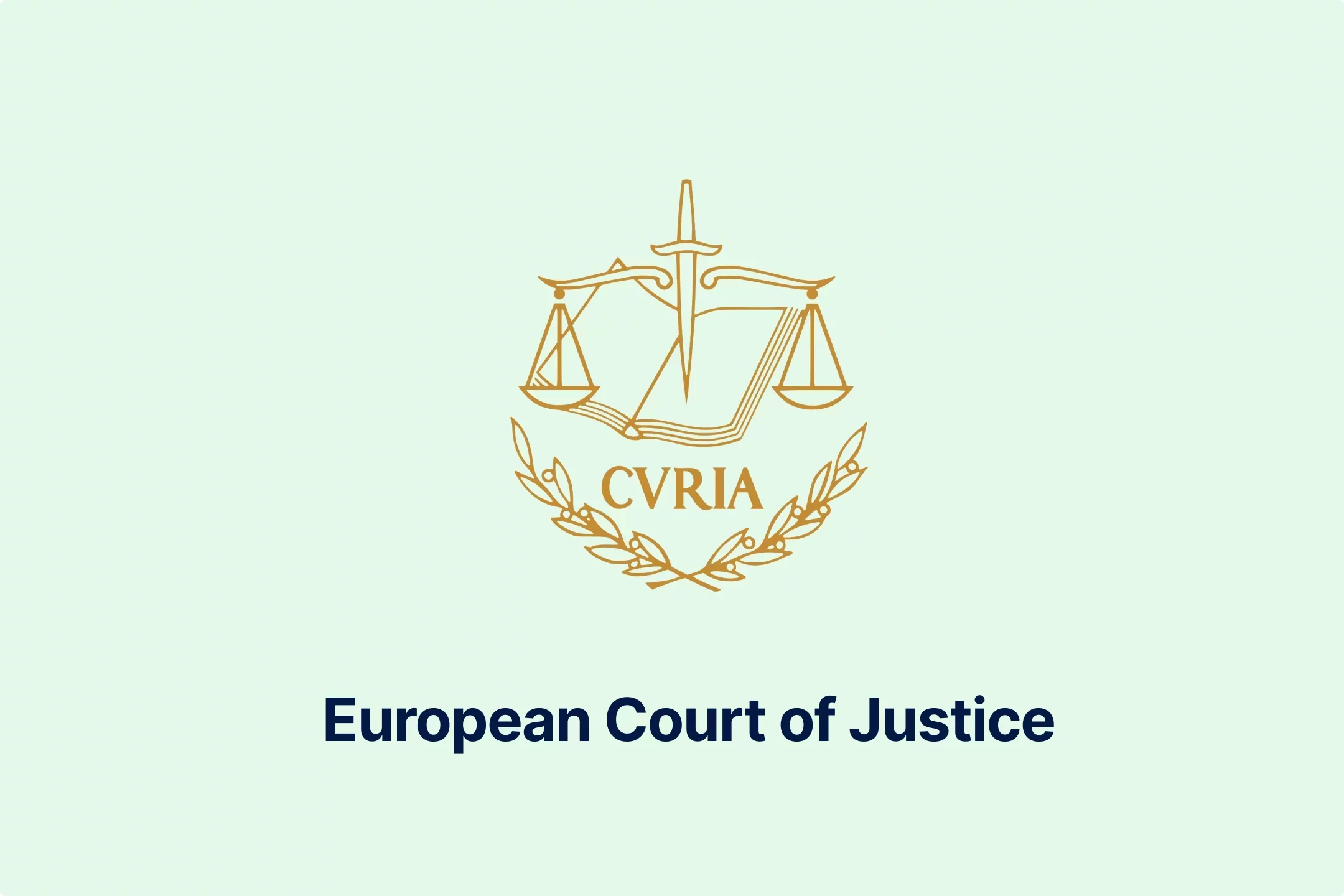
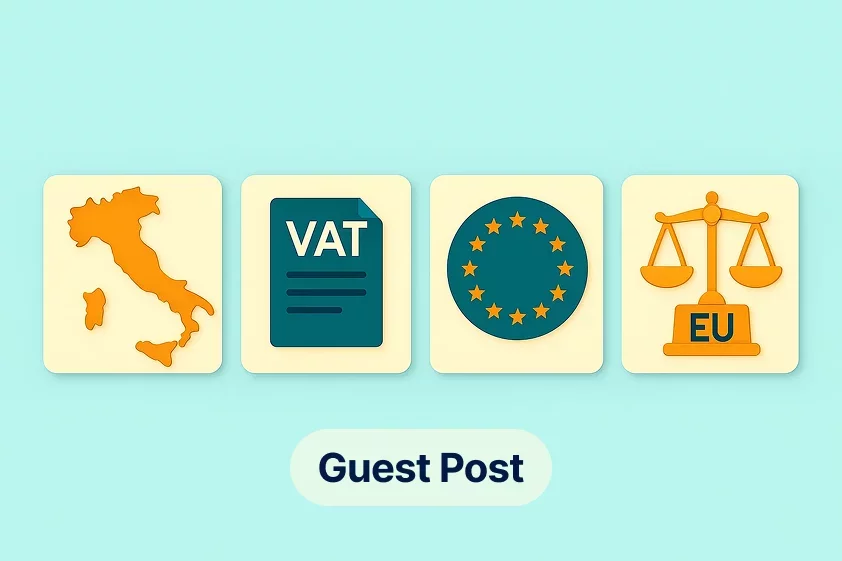
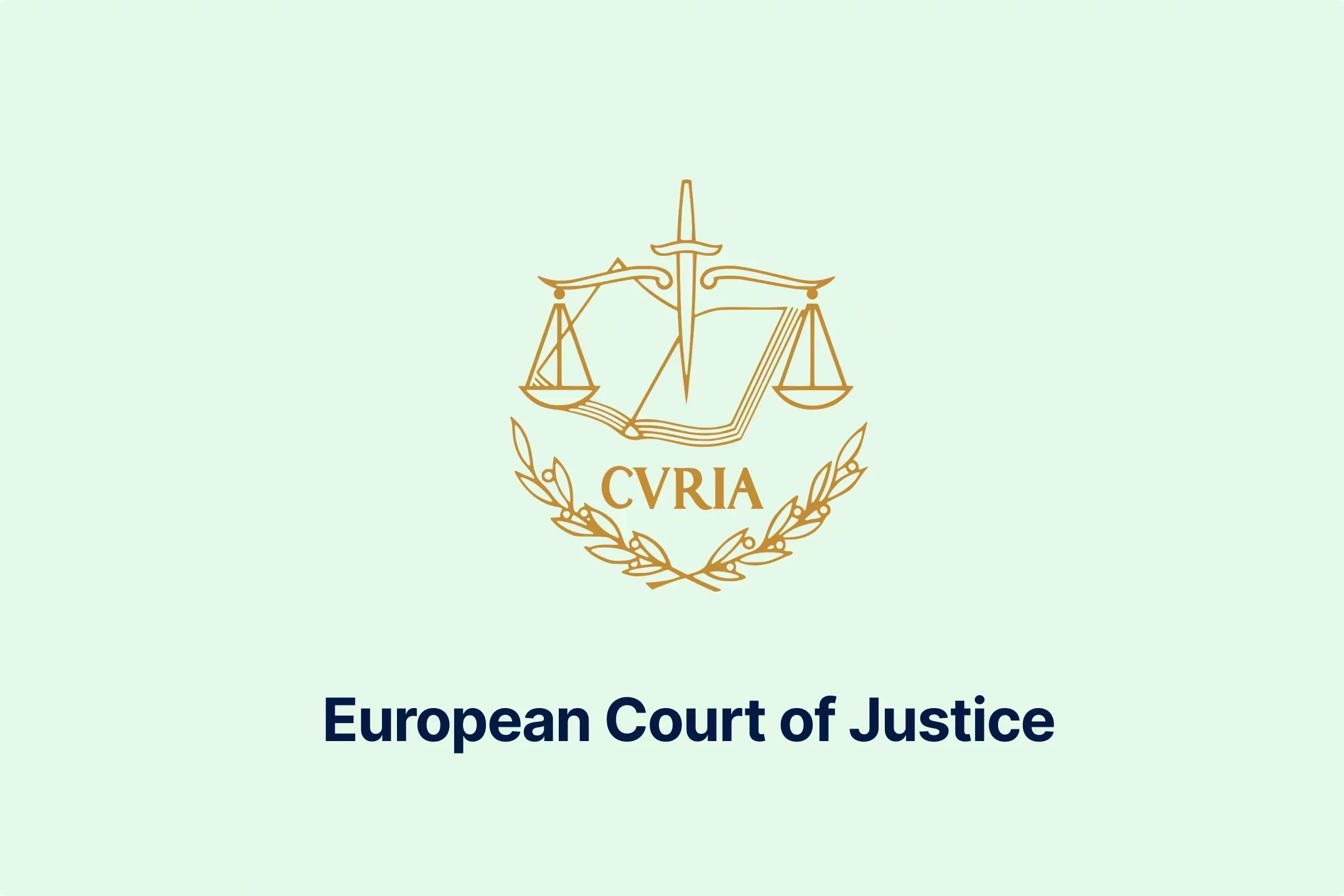
-de8hdb1bn3.webp)
-7xsxxoypnx.webp)
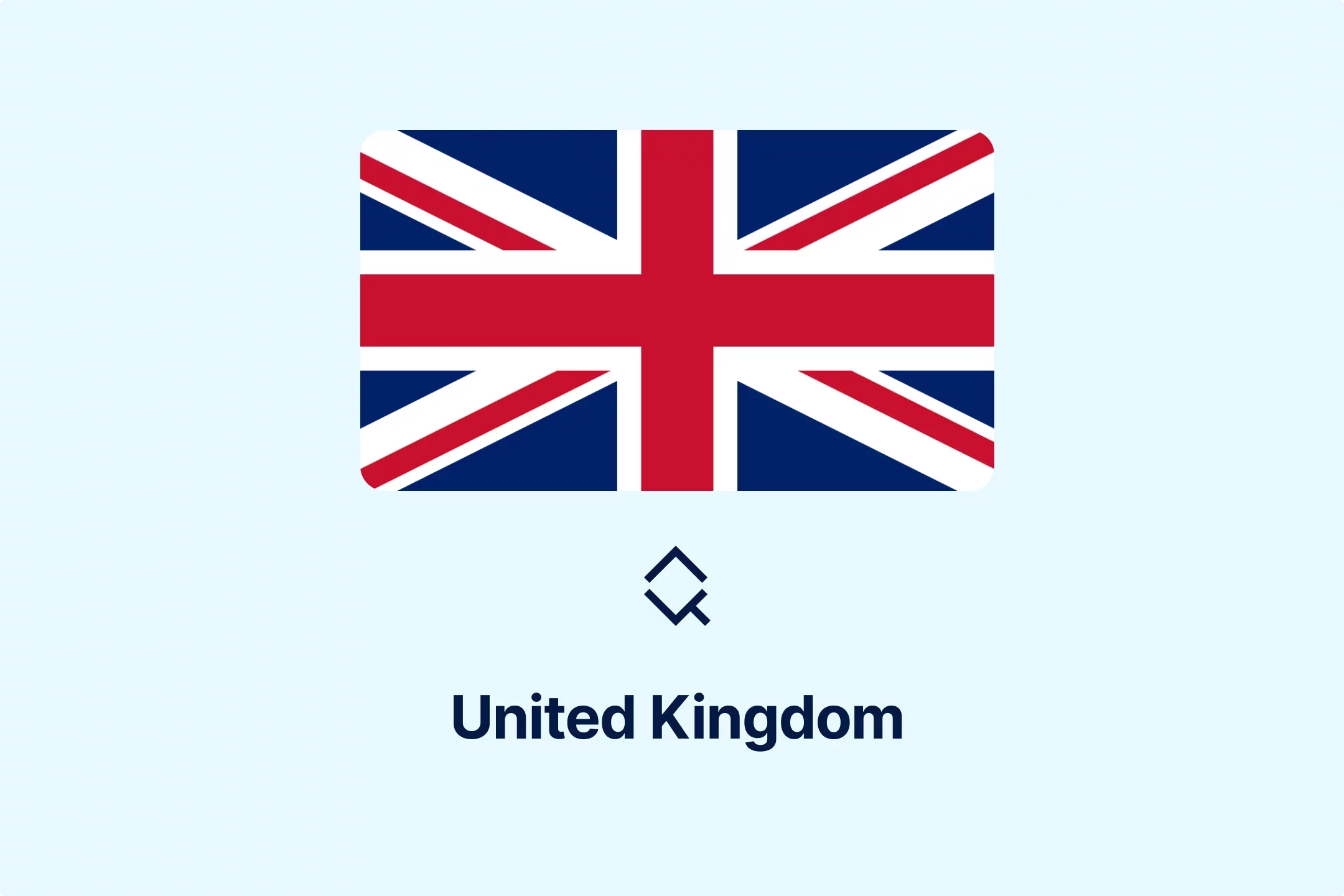
-cm0opezg73.webp)
-0tovsdupmi.webp)
-subxdamdj6.webp)
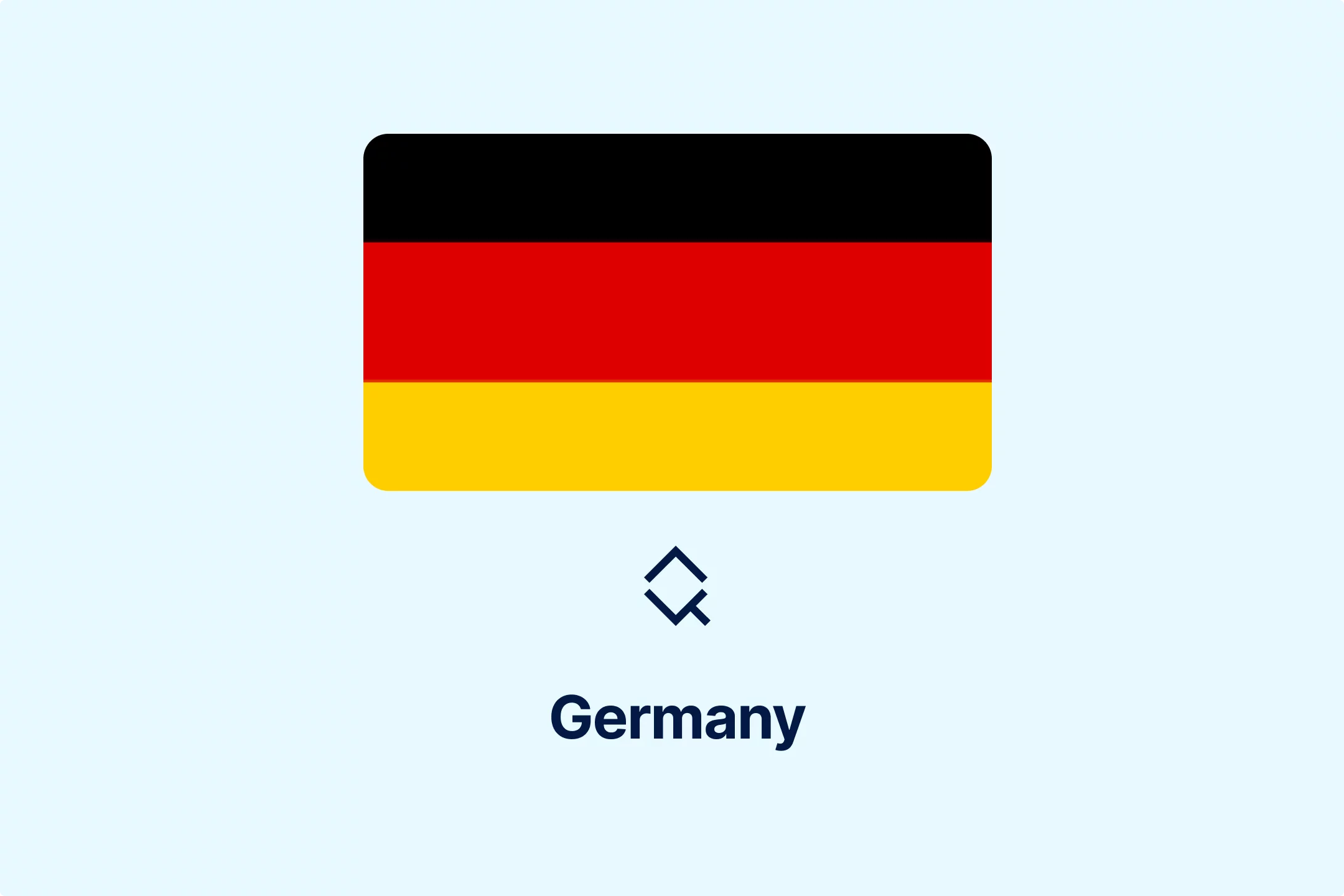
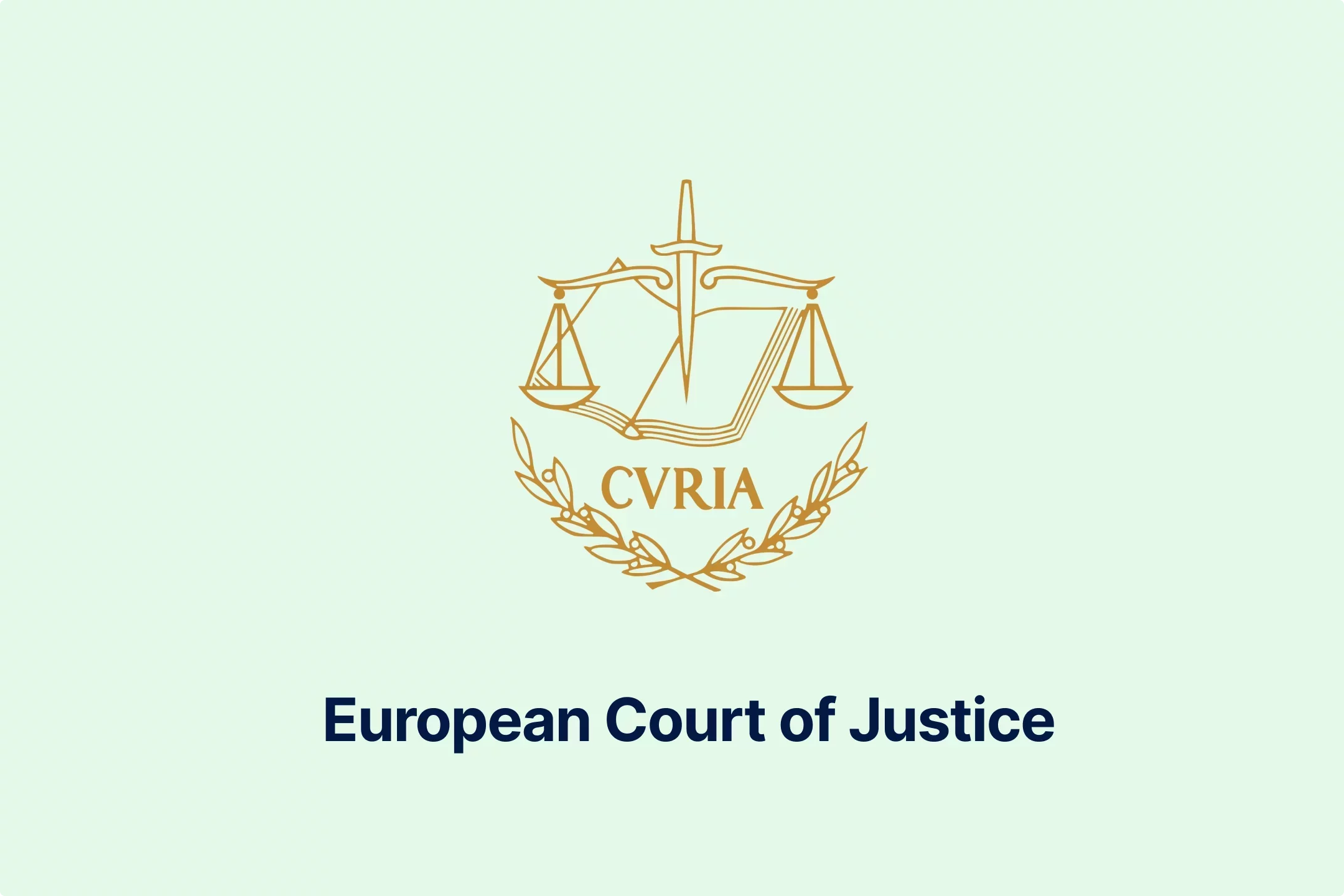
-gly6ablwnh.webp)
-gkduqhwbzh.webp)
-qpe1ld9vcj.webp)
-8noukwsmba.webp)
-aka29tuhkt.webp)


-fisvs27yrp.webp)


-mp0jakanyb.webp)

-aivzsuryuq.webp)



-o7f4ogsy06.webp)

-zjja92wdje.webp)
-hrbhdts8ry.webp)
-qtdkwpgkug.webp)


-cf8ccgah0p.webp)
-0em3cif5s6.webp)






-ptzesl0kij.webp)

-tfzv42pyms.webp)
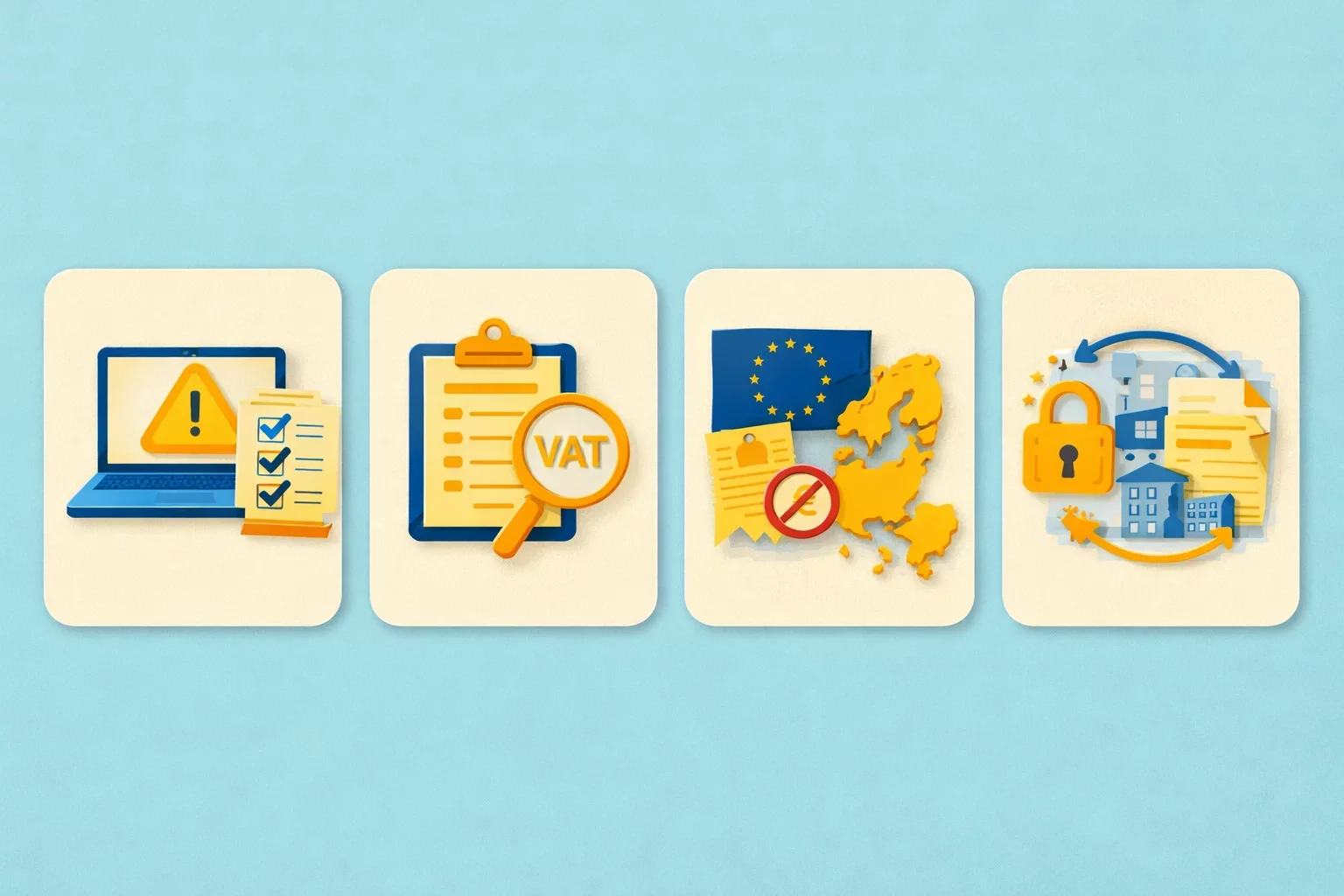






-uodv7sfbih.webp)
-bbrdfmm9qf.webp)



-m2tl8crfqr.webp)


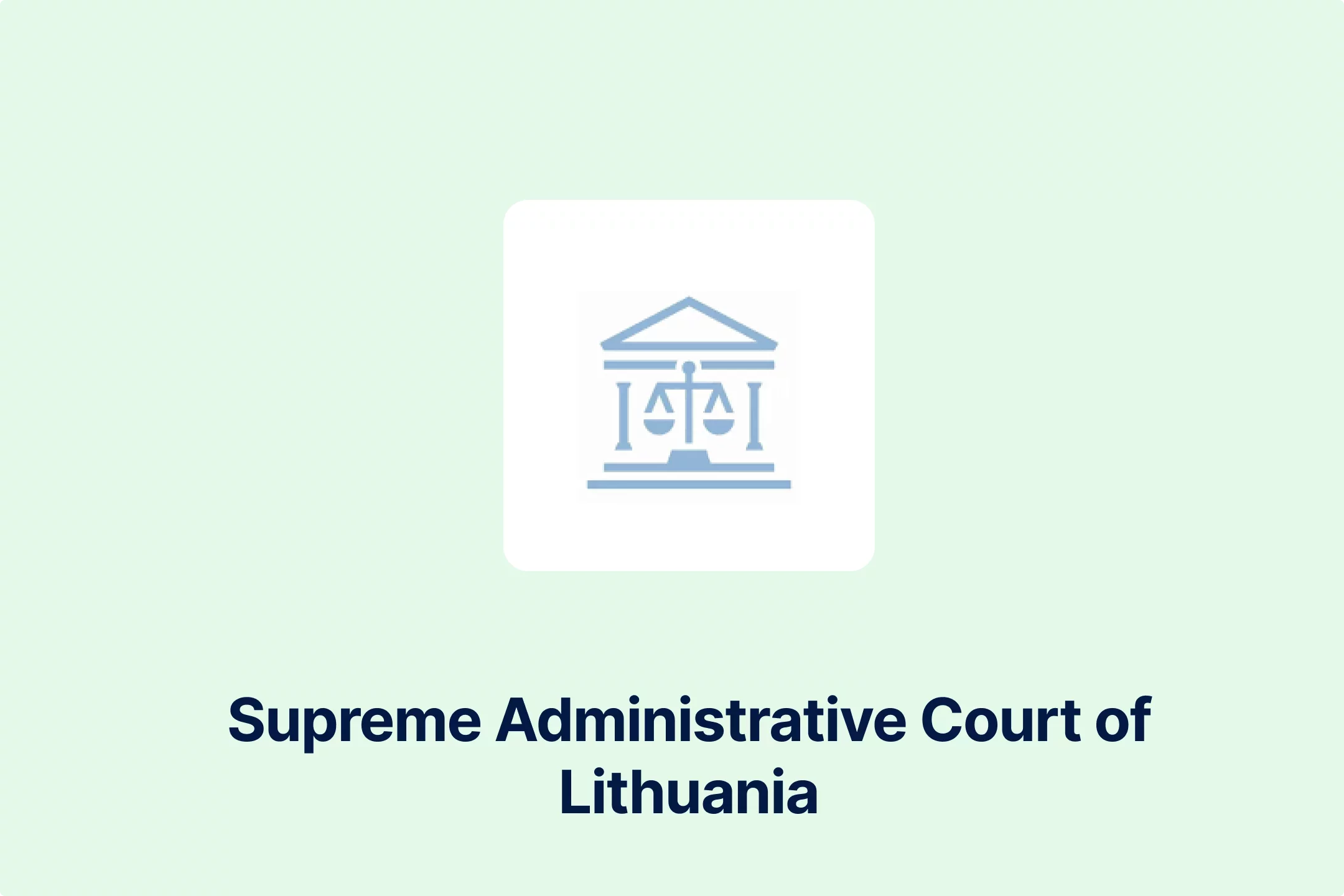

-1awbqjgpjs.webp)
-avbjsn1k1g.webp)


-0h8ohkx6s0.webp)


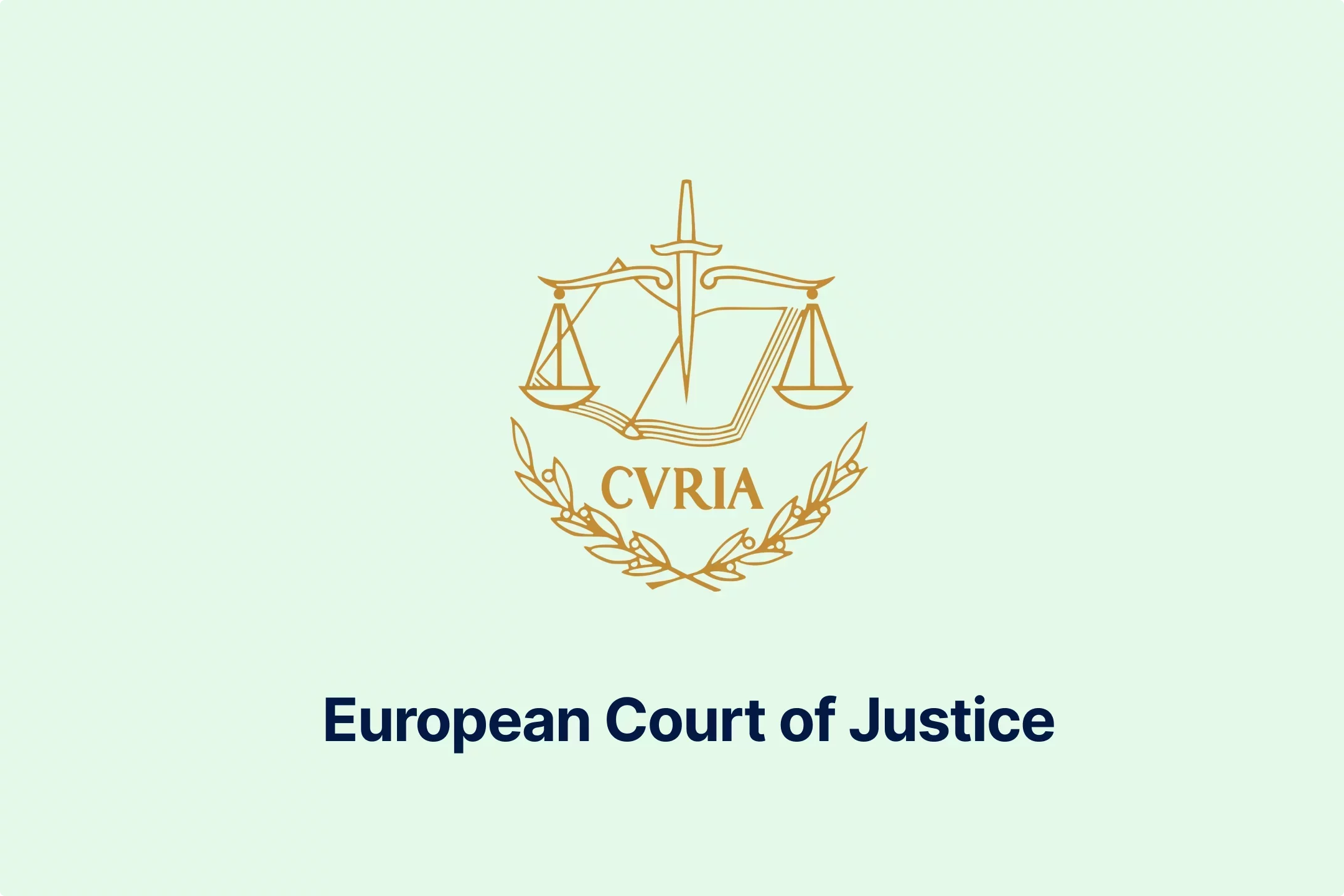
-wfmqhtc7i6.webp)
-7wljbof2zo.webp)
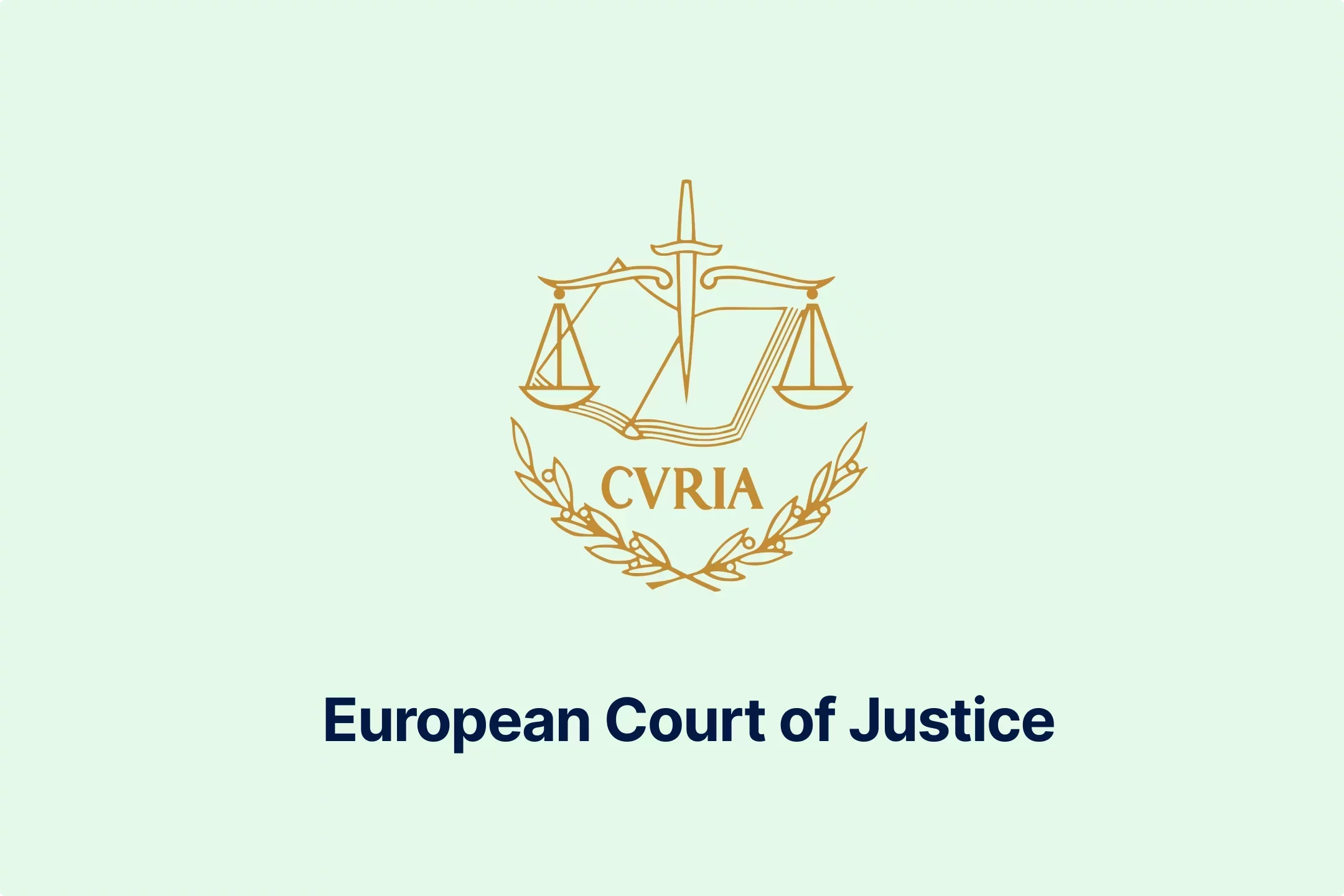
-eqt97uyekl.webp)
-wzw9mcf563.webp)

-z4oxr6i0zd.webp)




-l0zcrrzvhb.webp)
-fhtic1pwml.webp)

-iipdguuz9p.webp)
-nkhhwrnggm.webp)
-pltqwerr3w.webp)

-nn6mtfbneq.webp)

-tmnklelfku.webp)



-8z1msbdibu.webp)
-7g16lgggrv.webp)



-lxcwgtzitc.webp)
-9mc55kqwtx.webp)


-xla7j3cxwz.webp)
-jrdryw2eil.webp)






-t9qr49xs2u.webp)


-qjopq5jplv.webp)



-vune1zdqex.webp)

-qsozqjwle2.webp)
-rgjta7iwiv.webp)

-zb6bxxws47.webp)
-lyfjzw4okp.webp)

-ogpfmol5m1.png)


-czisebympl.png)

-zetvivc79v.png)
-ud7ylvkade.png)
-qizq6w2v5z.png)







-ihr6b4mpo1.webp)
-k1j4au0ph6.webp)
-swxxcatugi.webp)


-ig9tutqopw.webp)

-tauoa6ziym.webp)

-spr0wydvvg.webp)
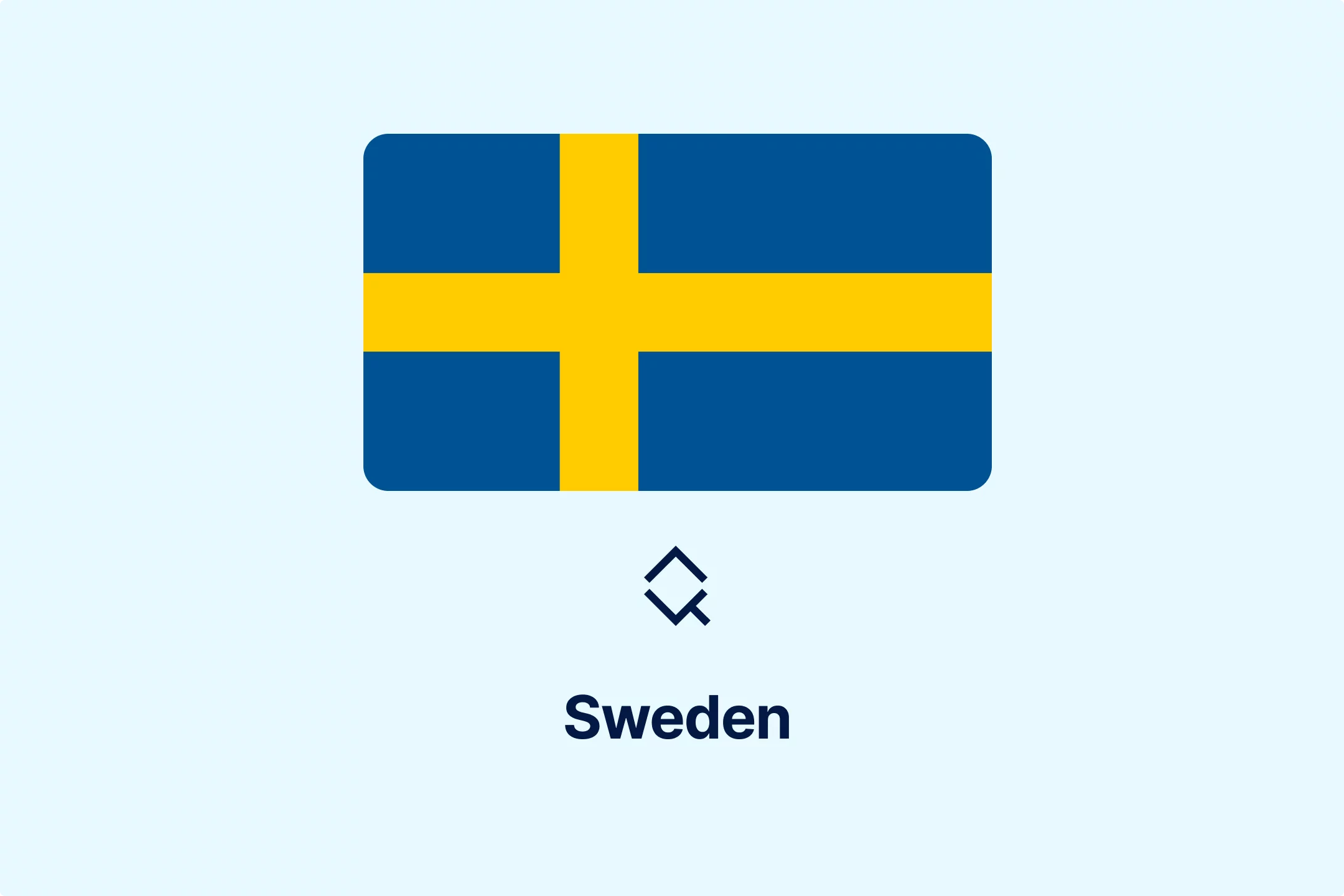
-xfuognajem.webp)





-u2nv5luoqc.webp)








-opuxpan2iu.webp)




-kwttsfd8ow.webp)
-8u14qi10nj.webp)

-wjpr96aq5g.webp)

.png)

.png)


.png)


.png)



.png)
.png)
.png)
.png)
.png)

.png)
.png)




.png)
.png)




































































































































